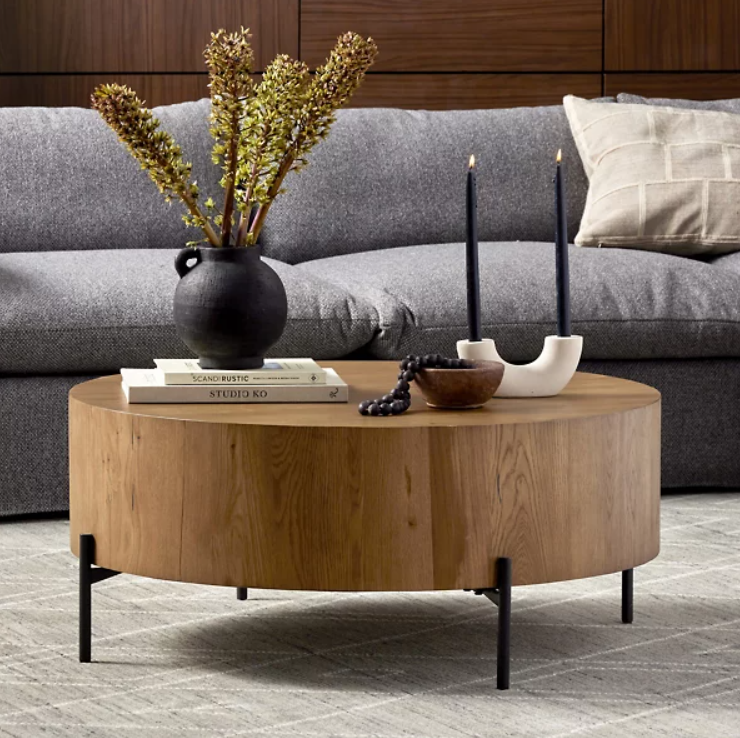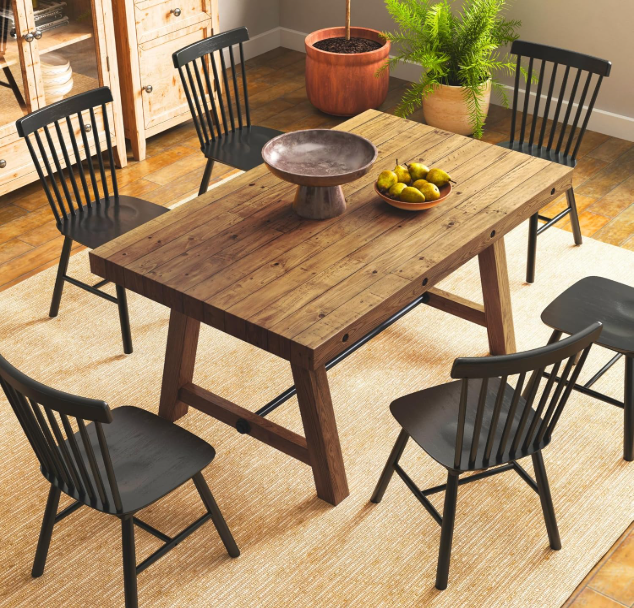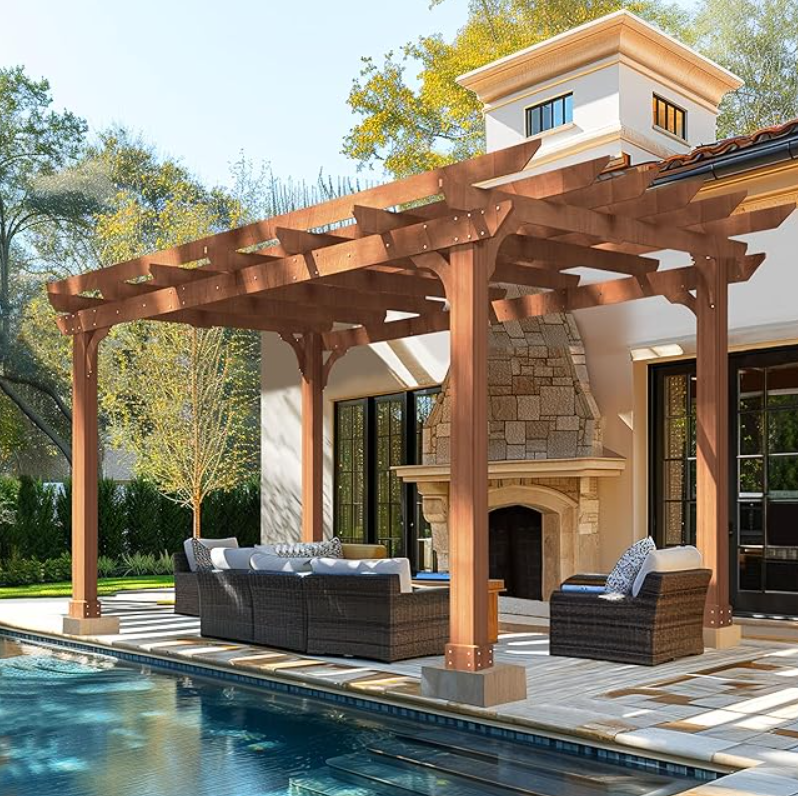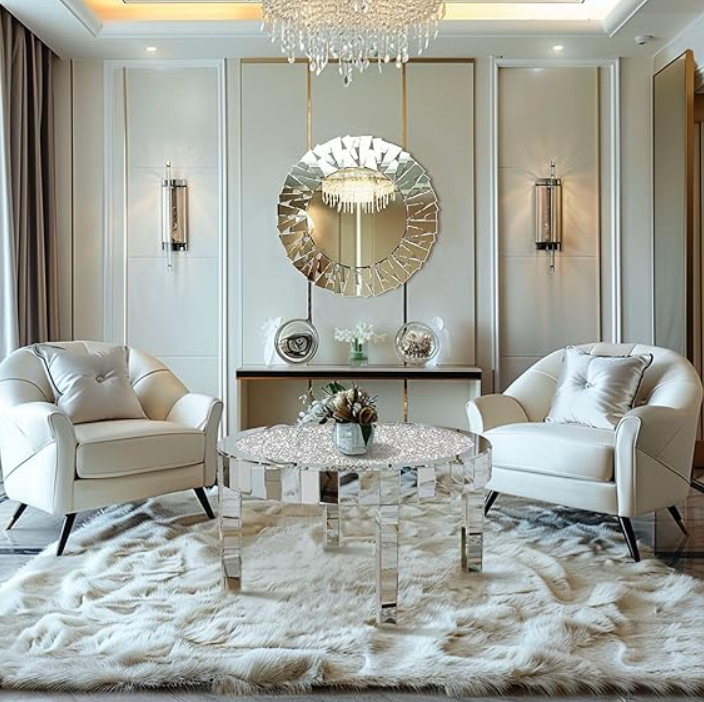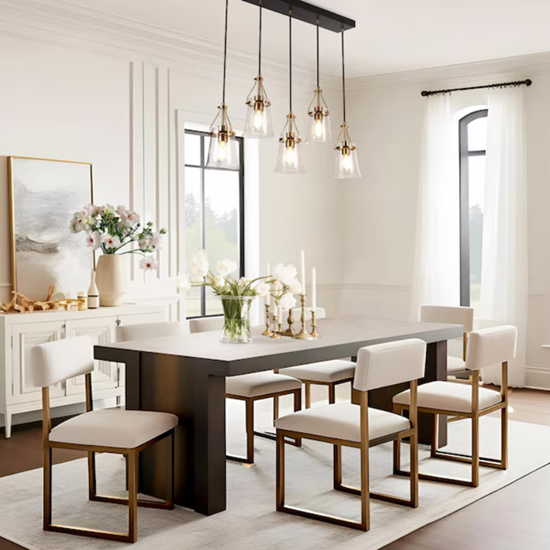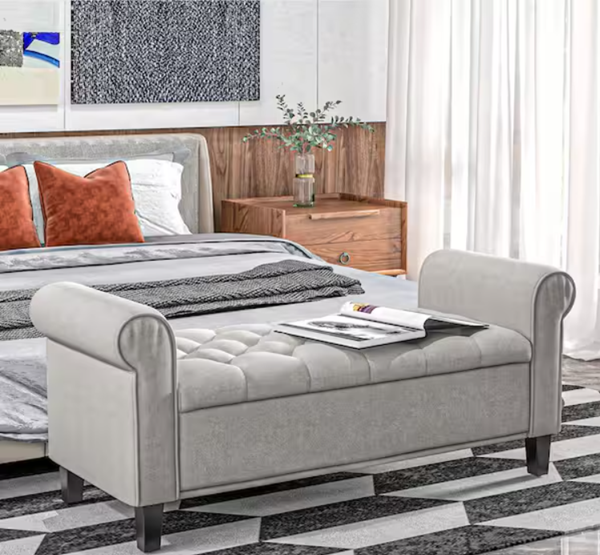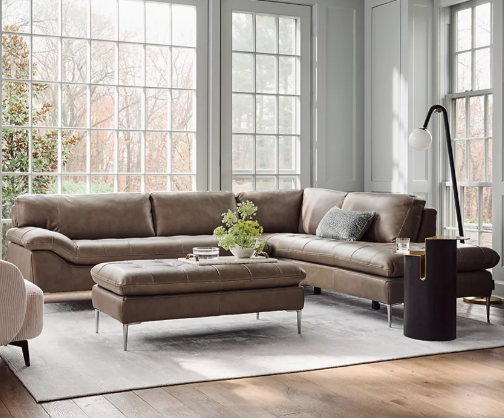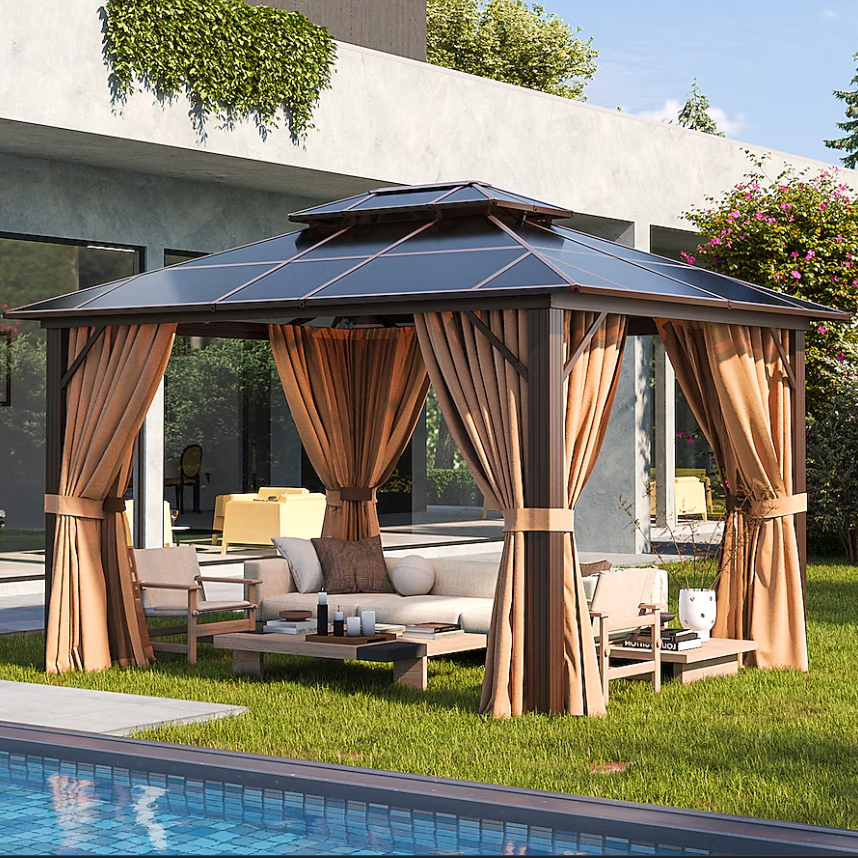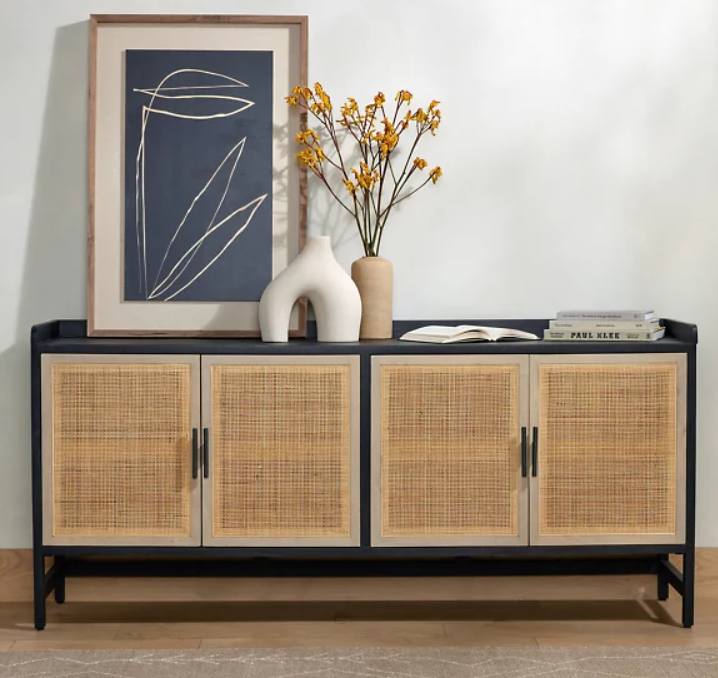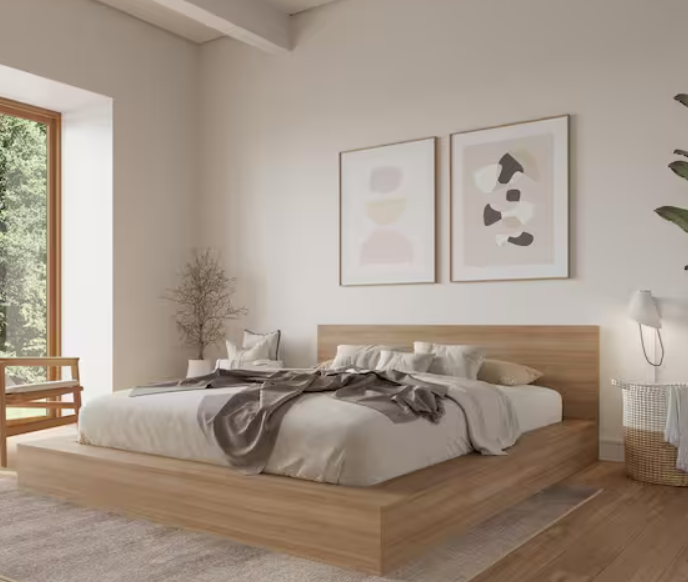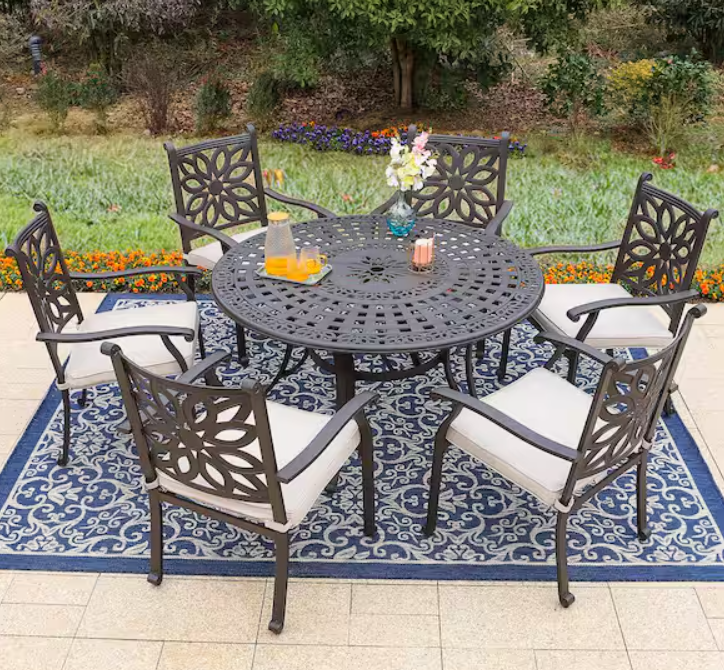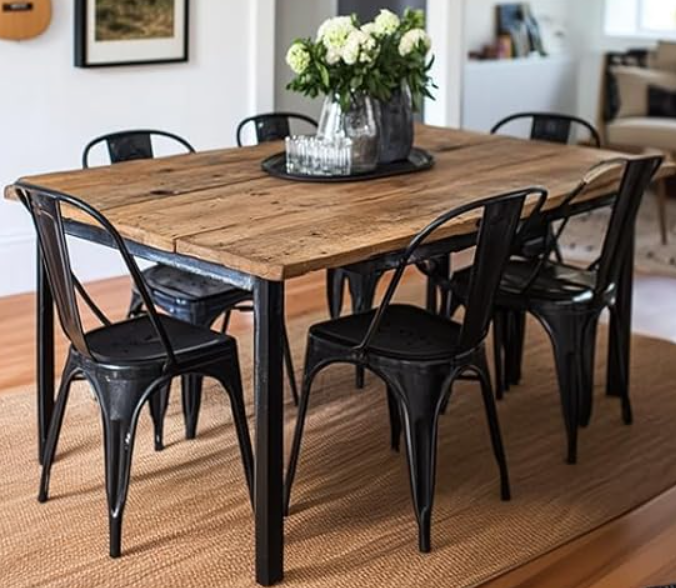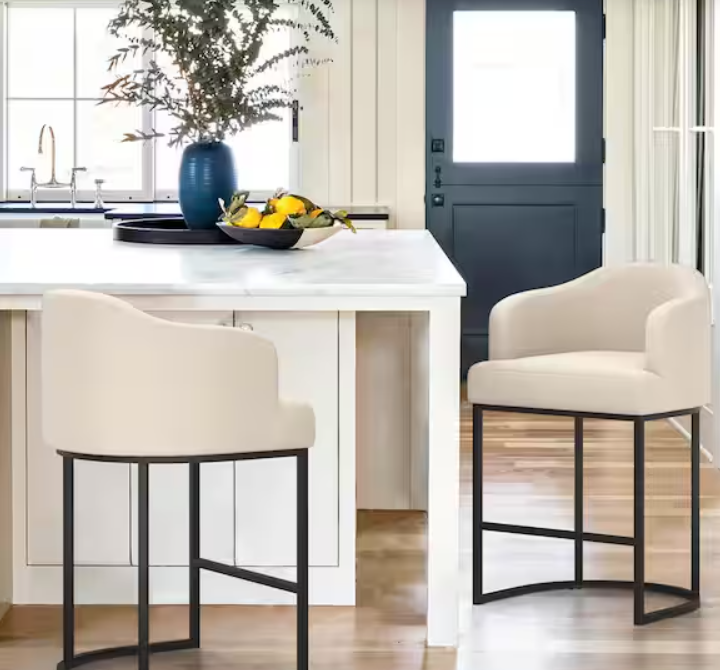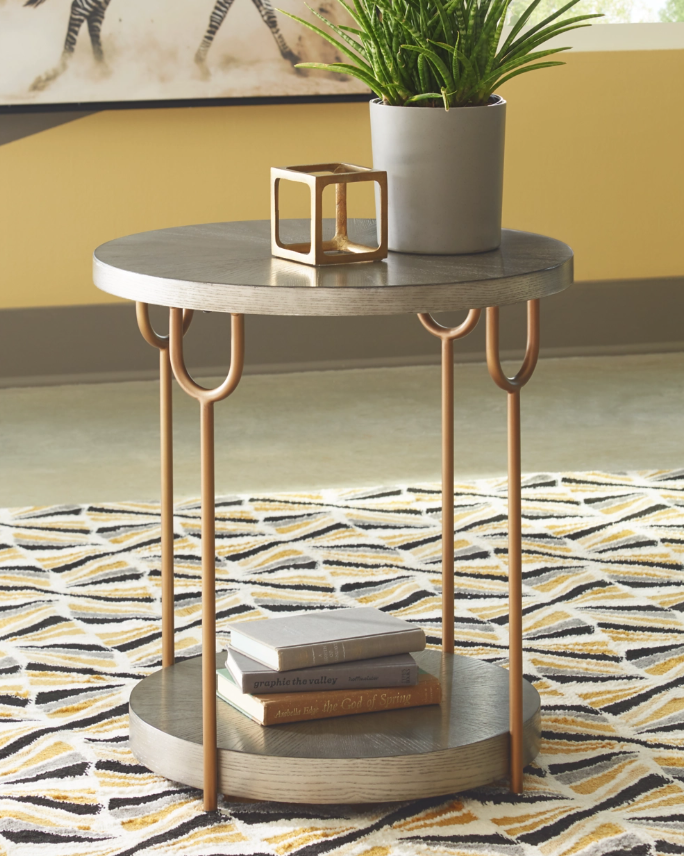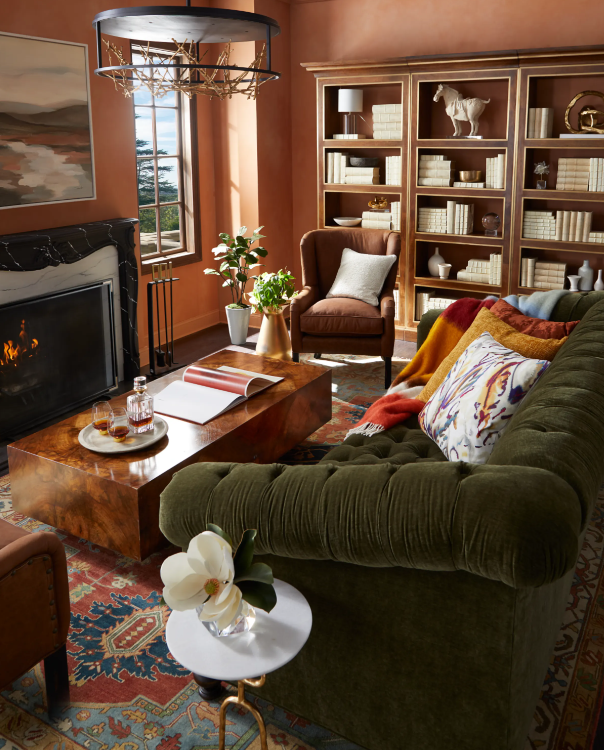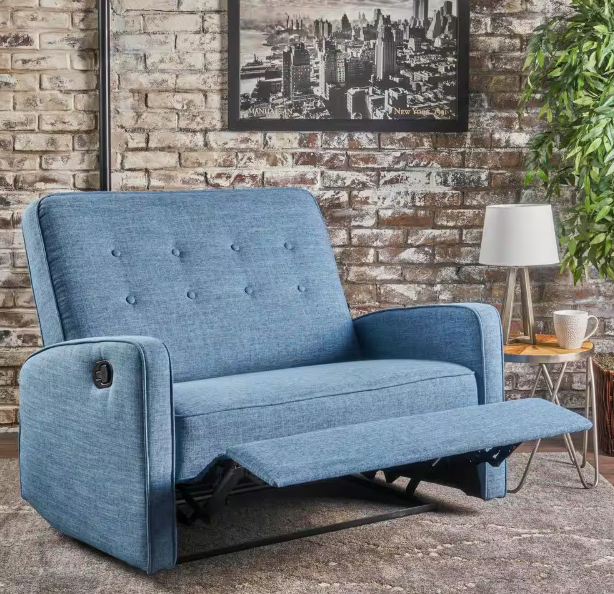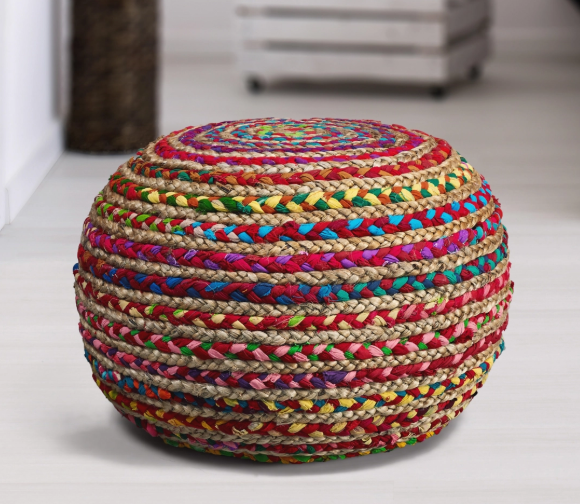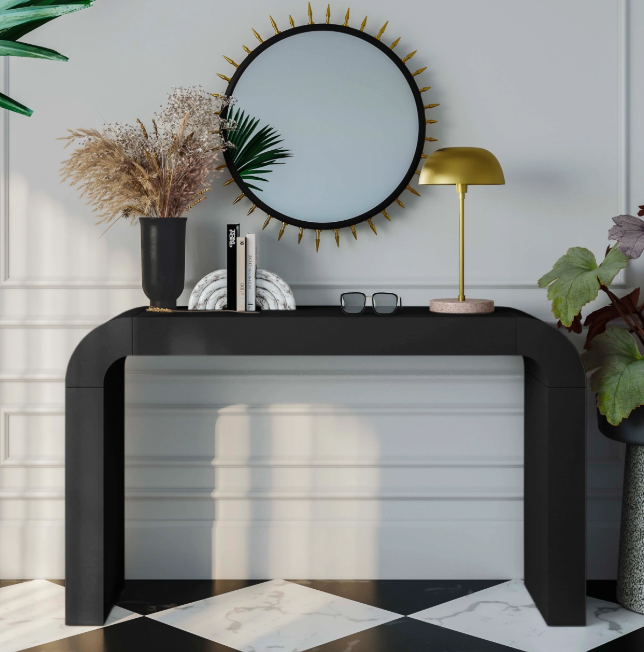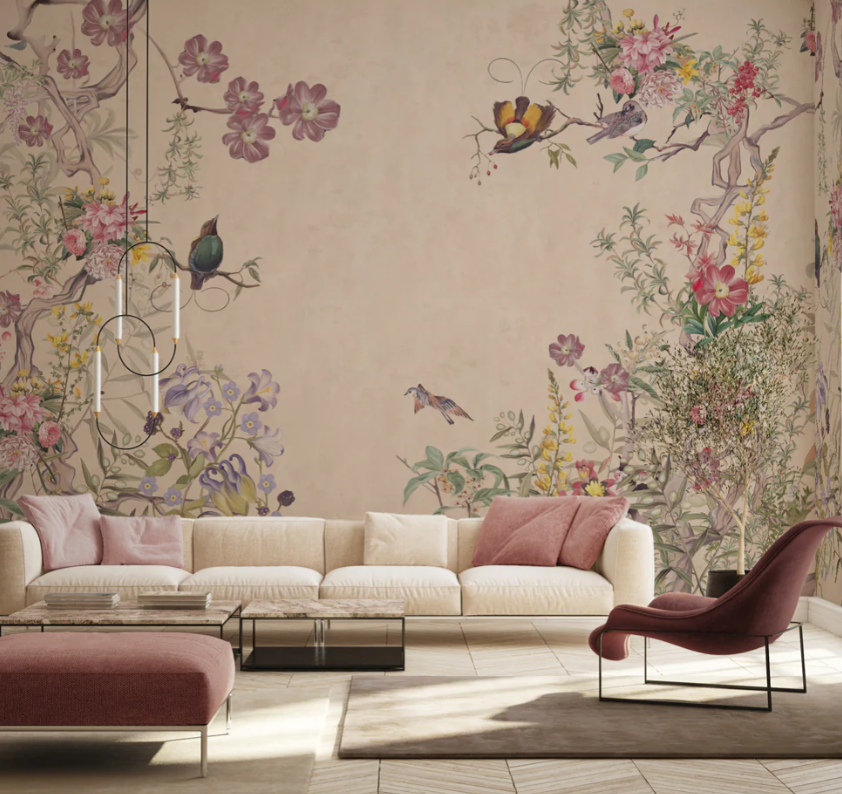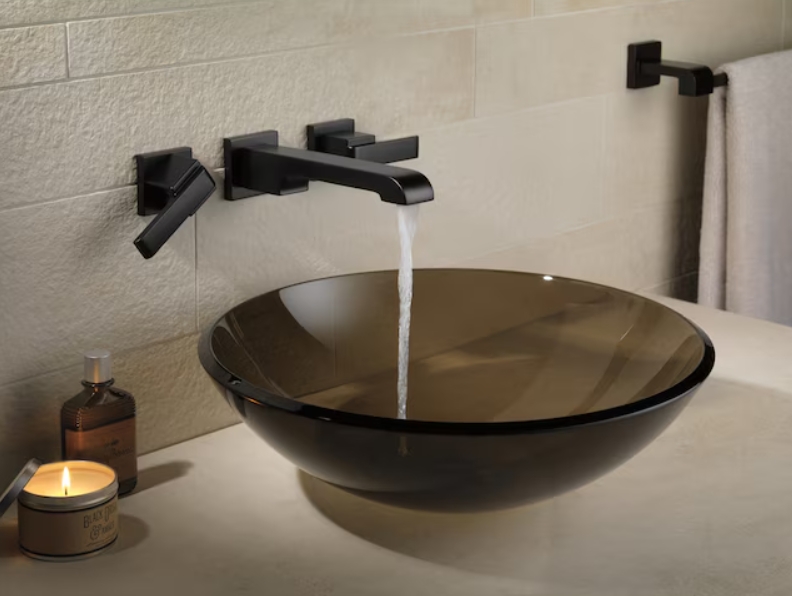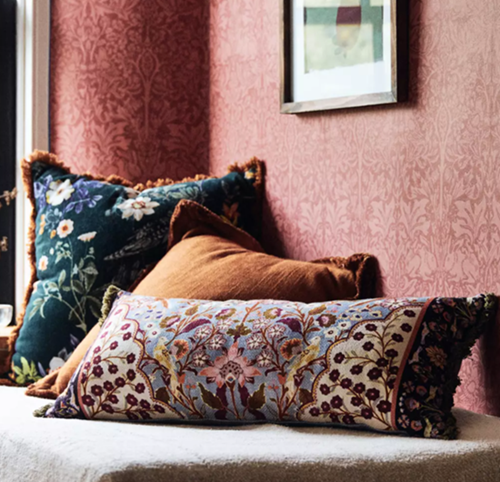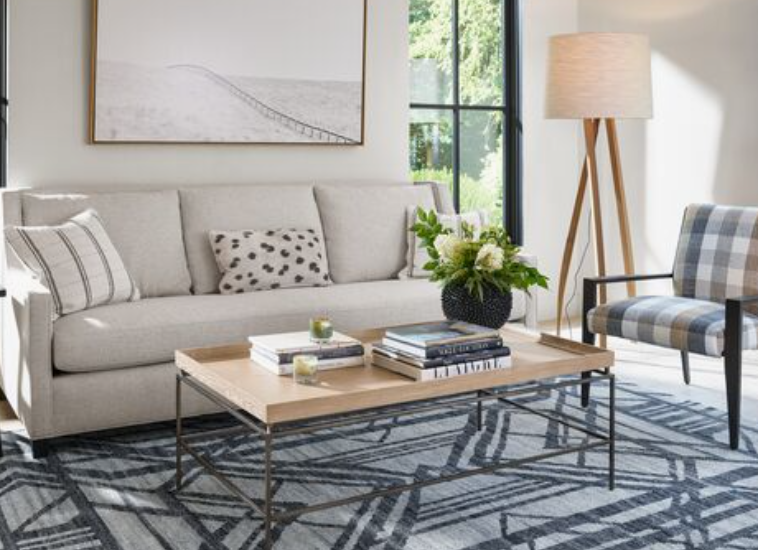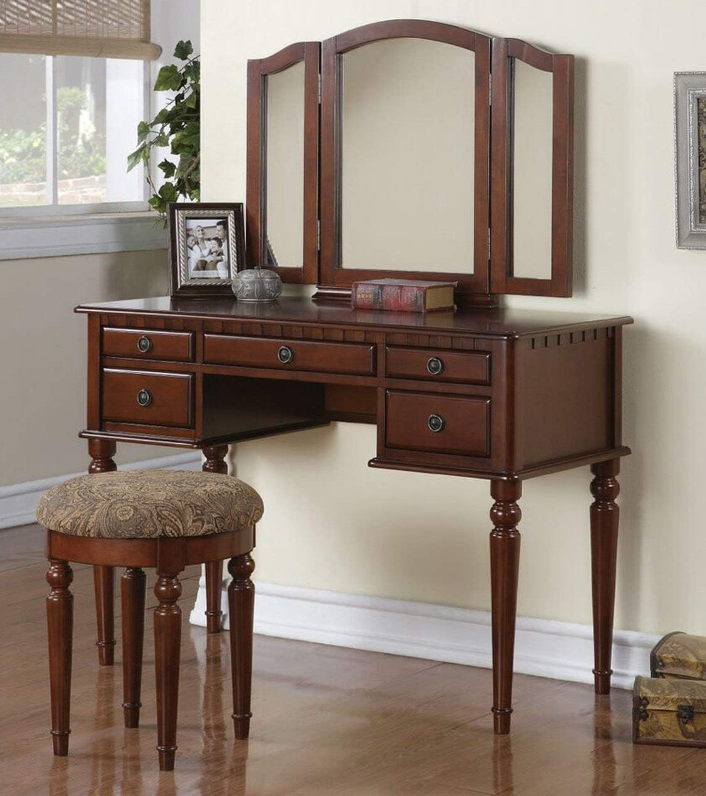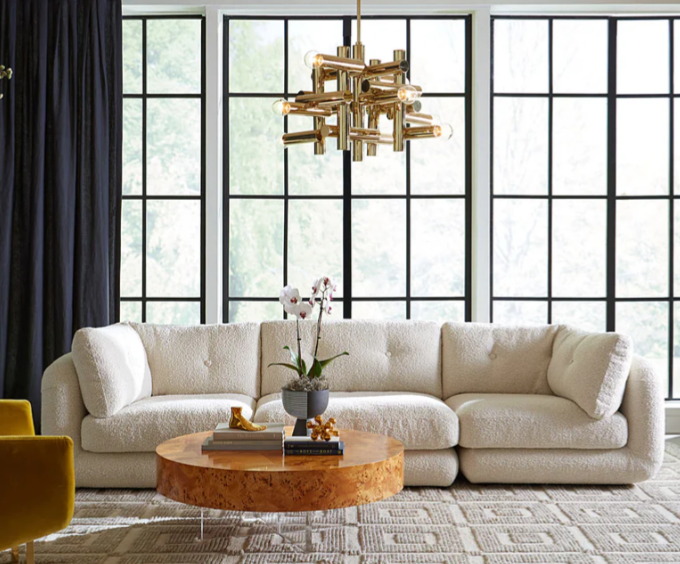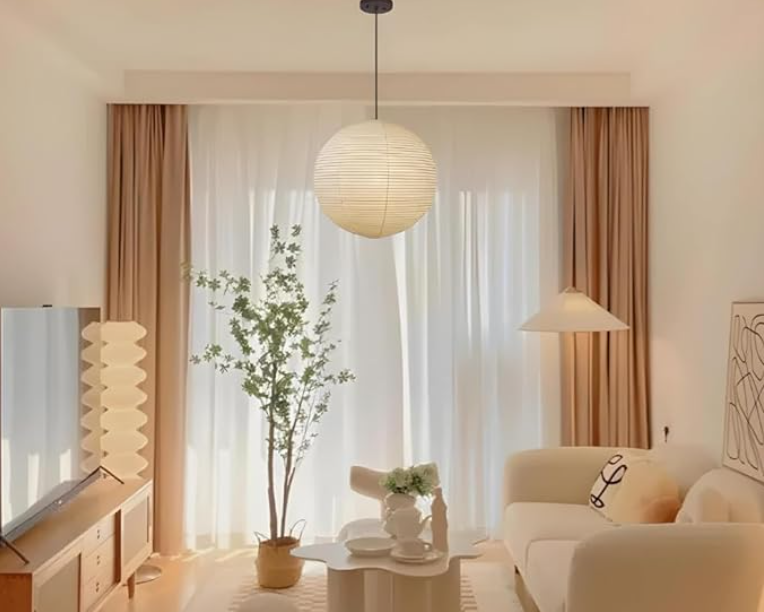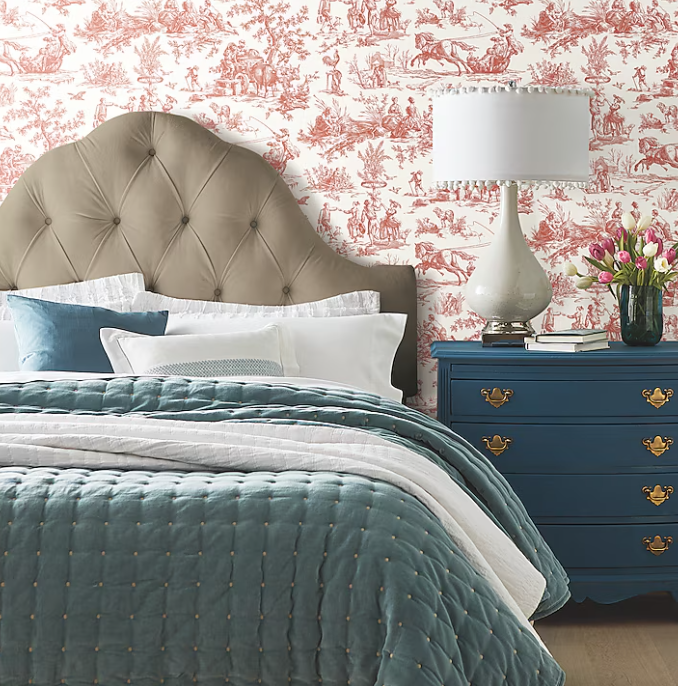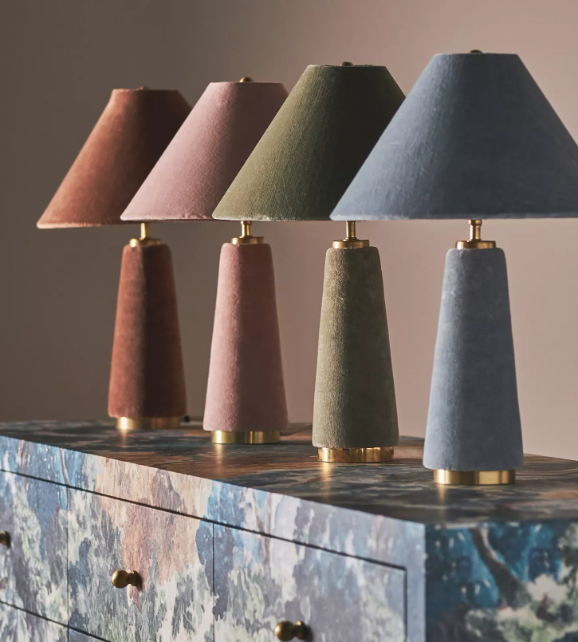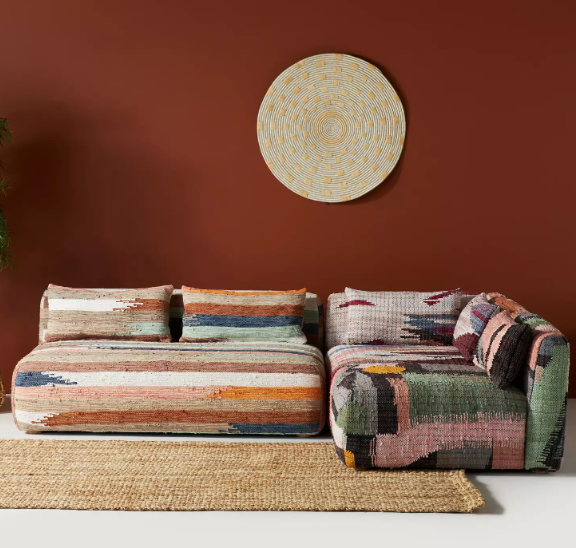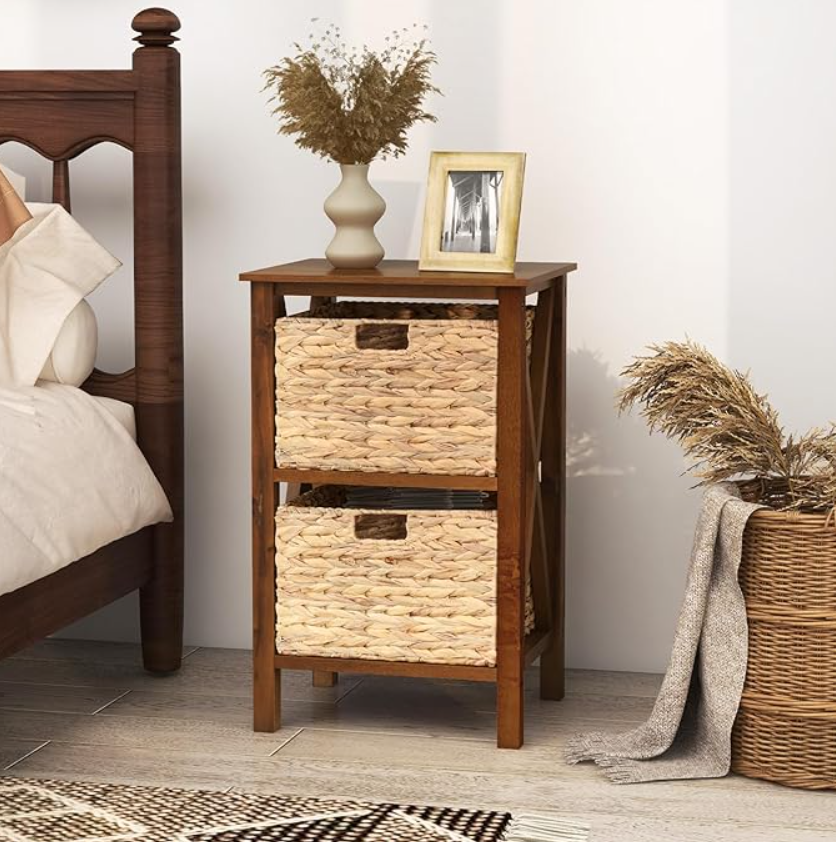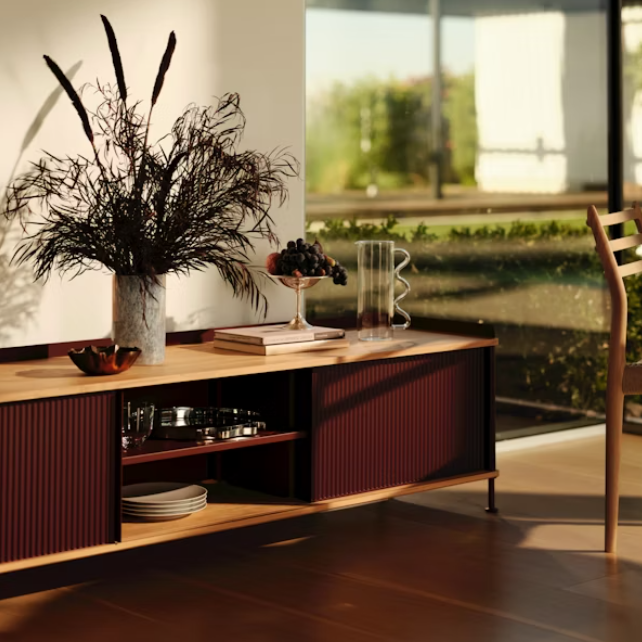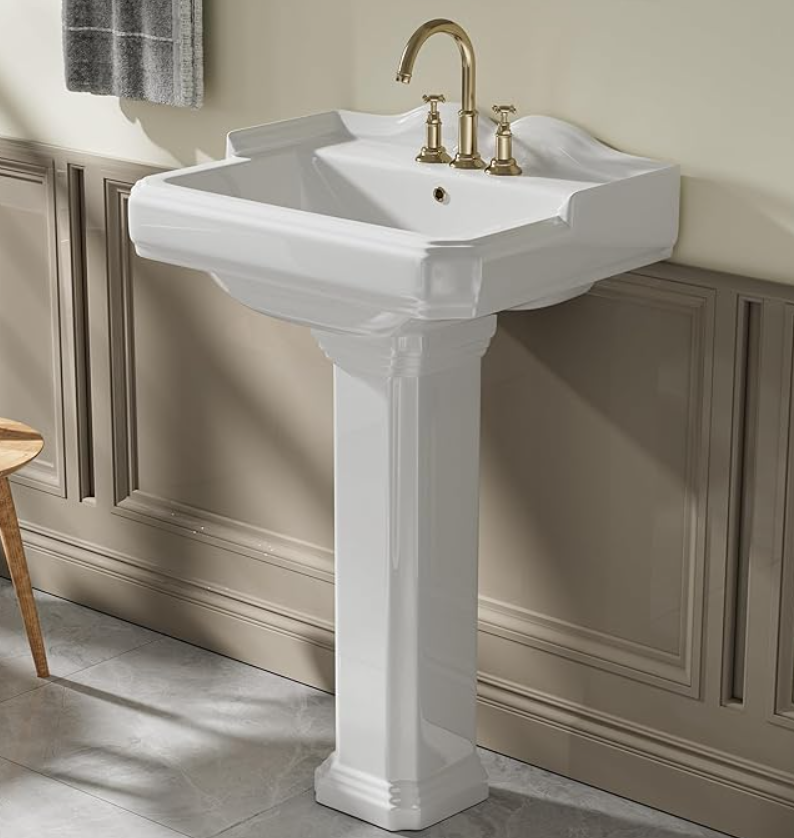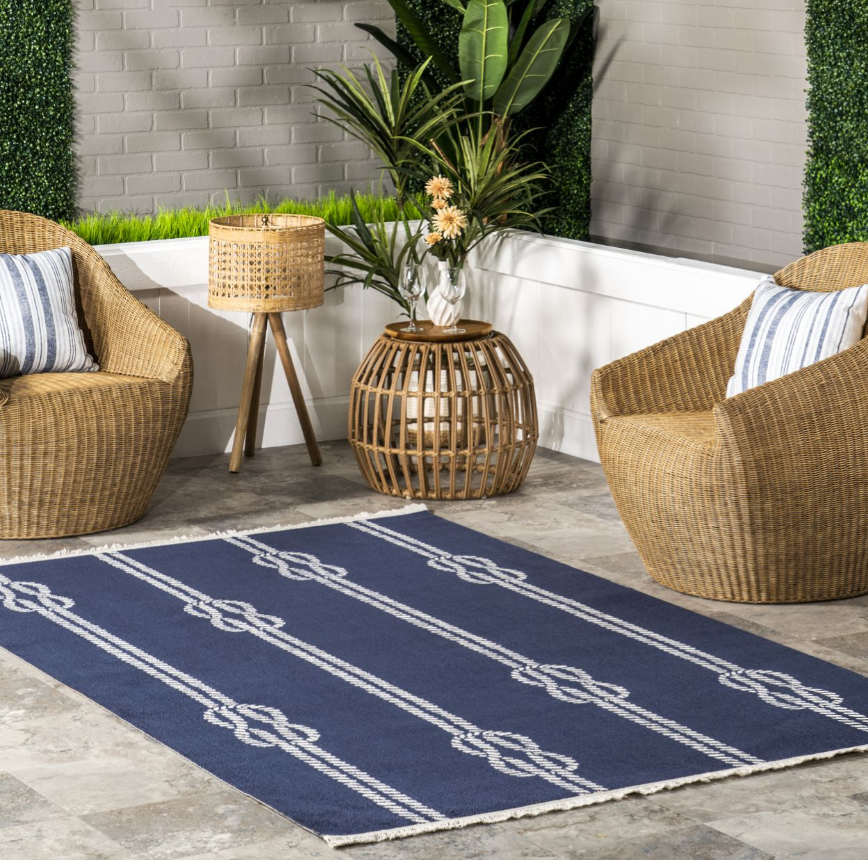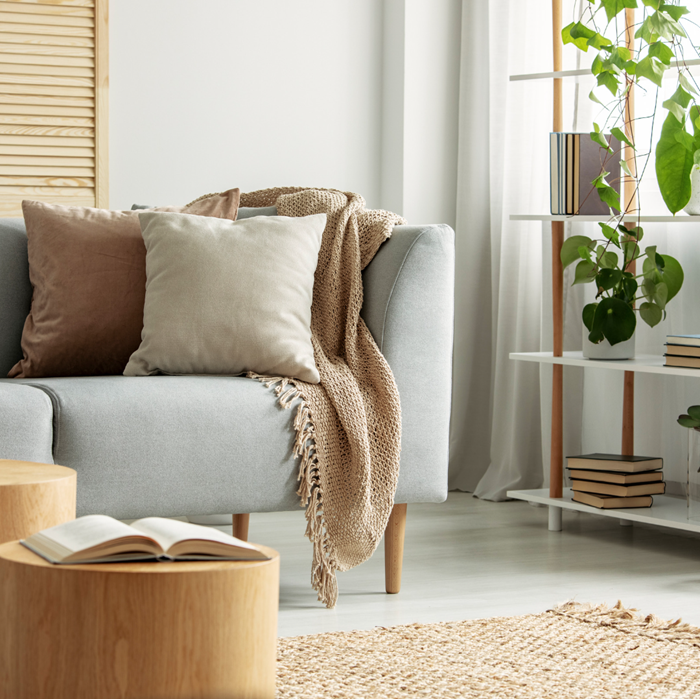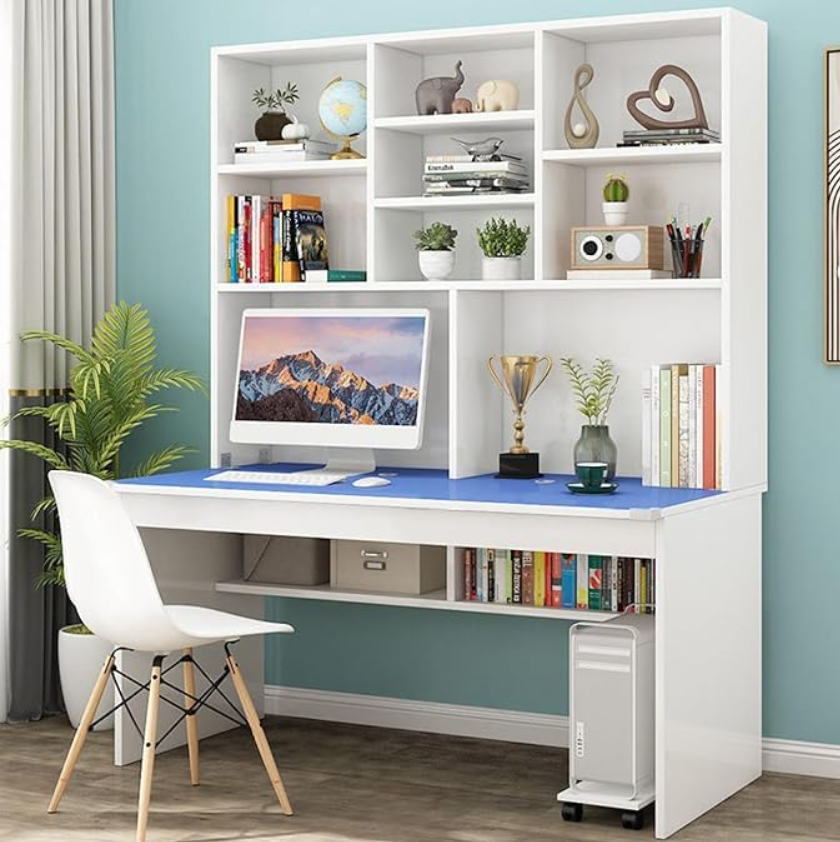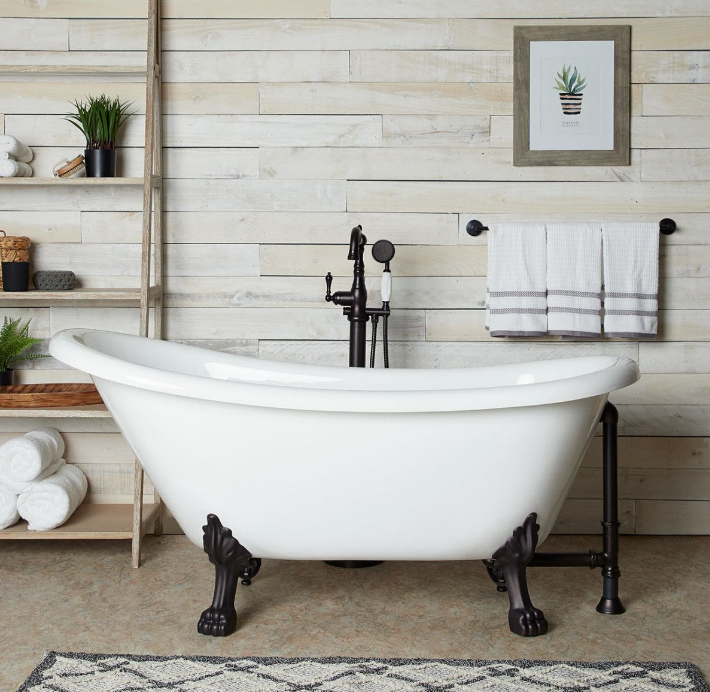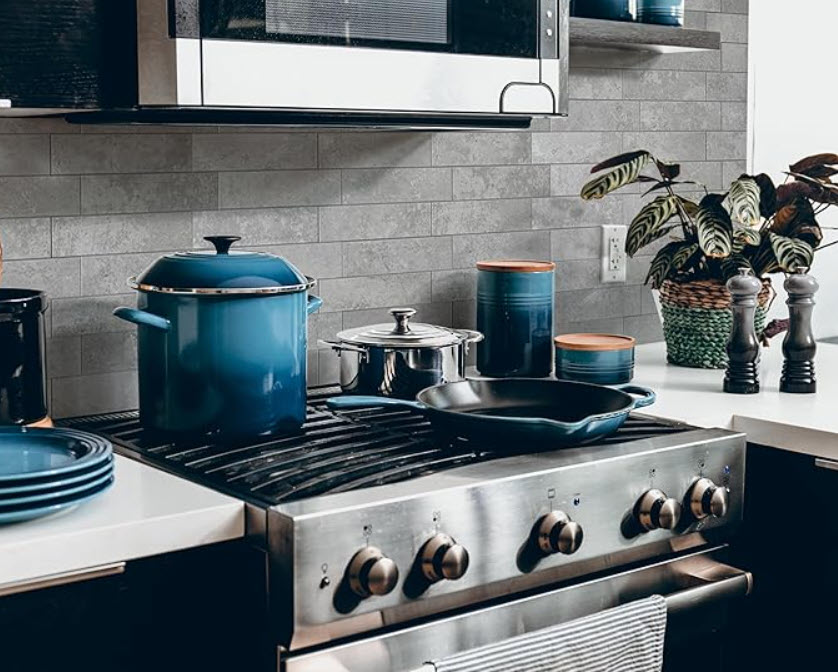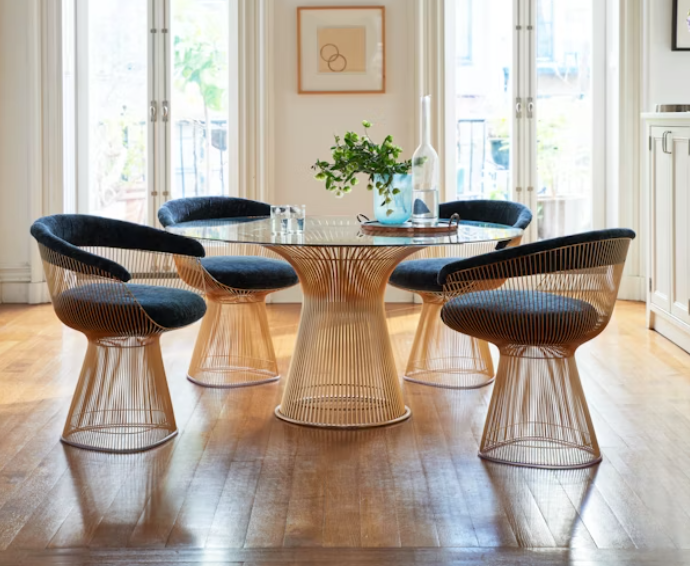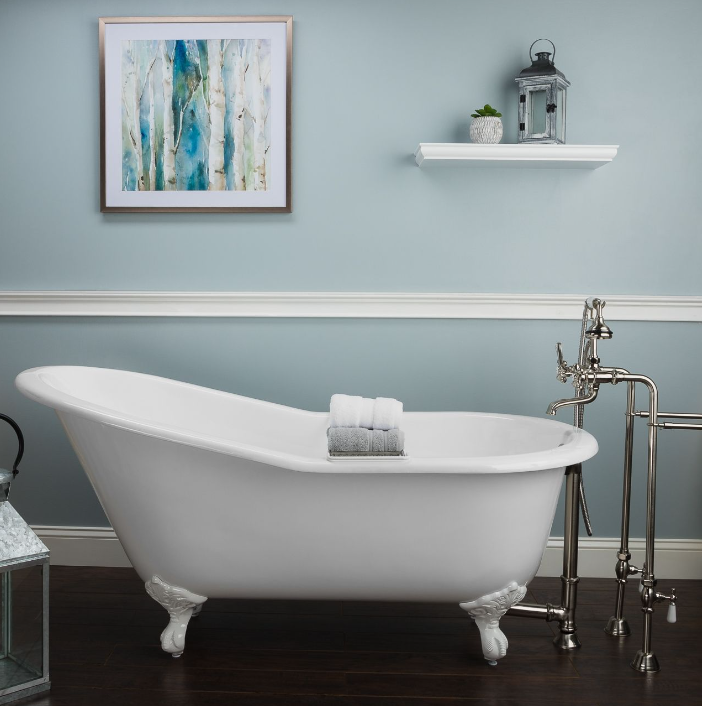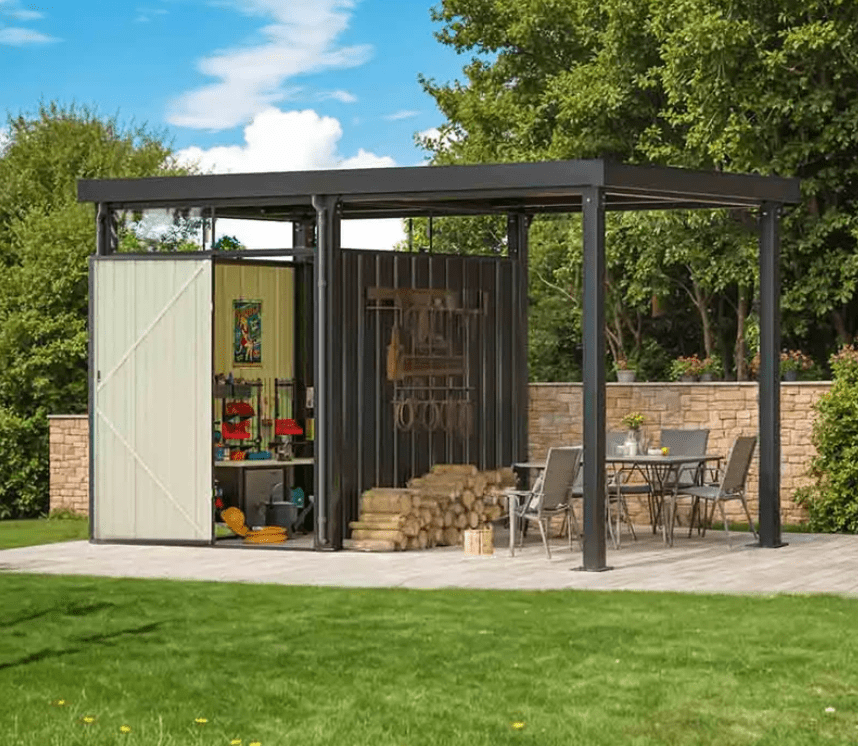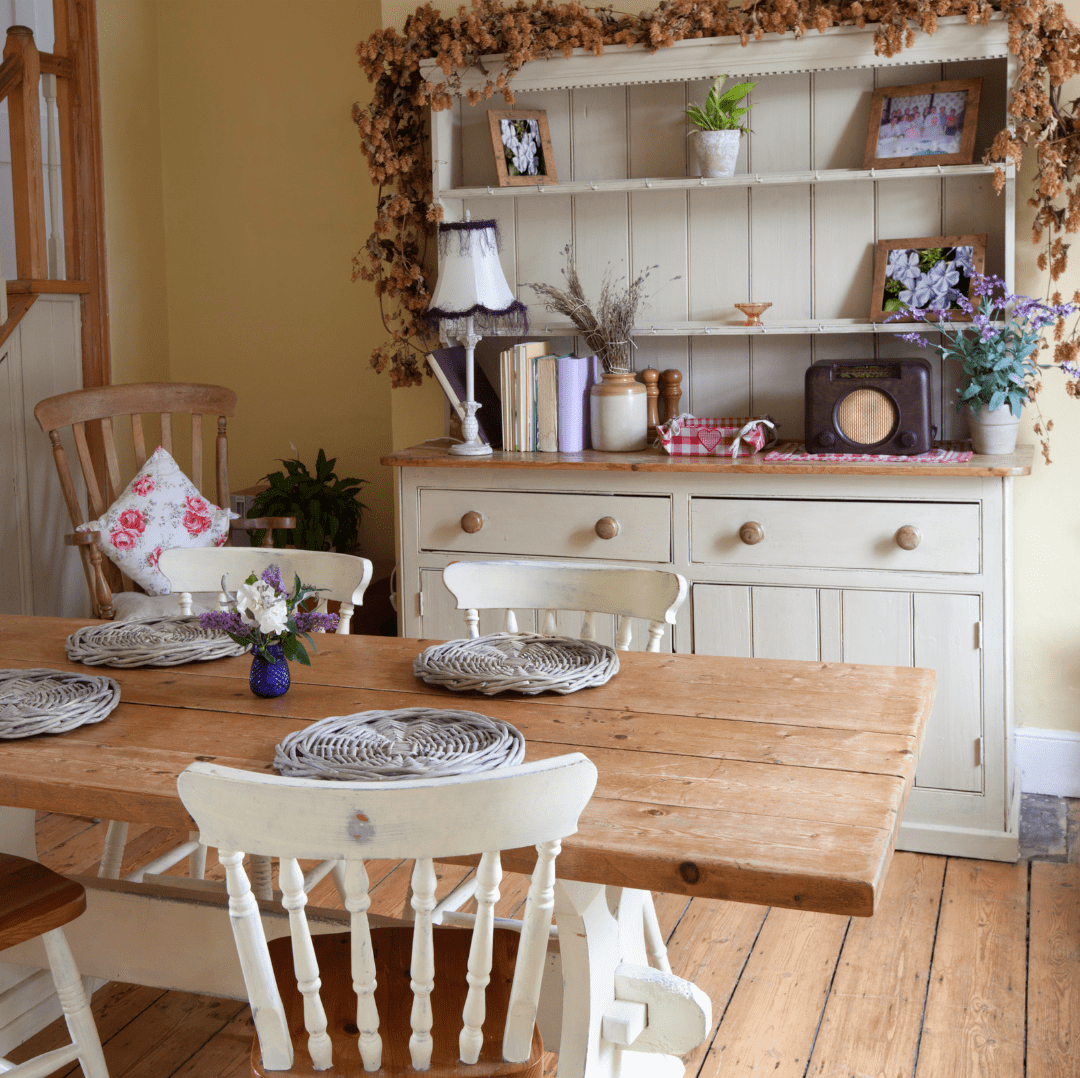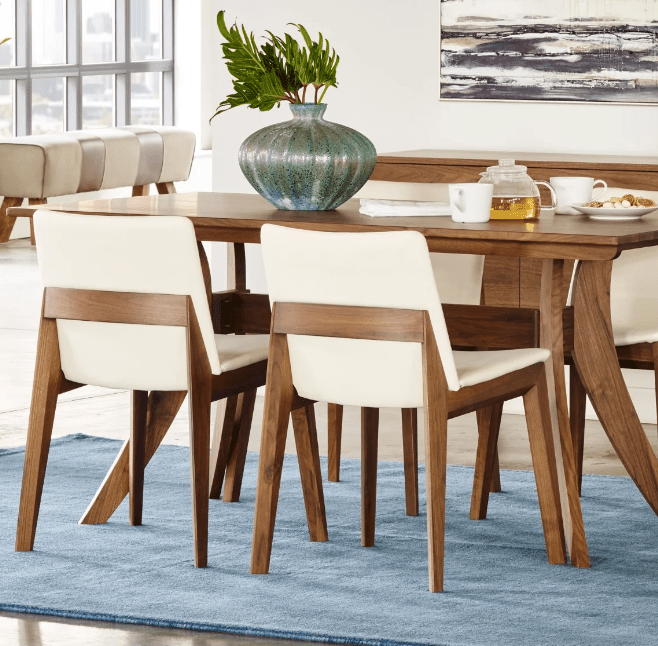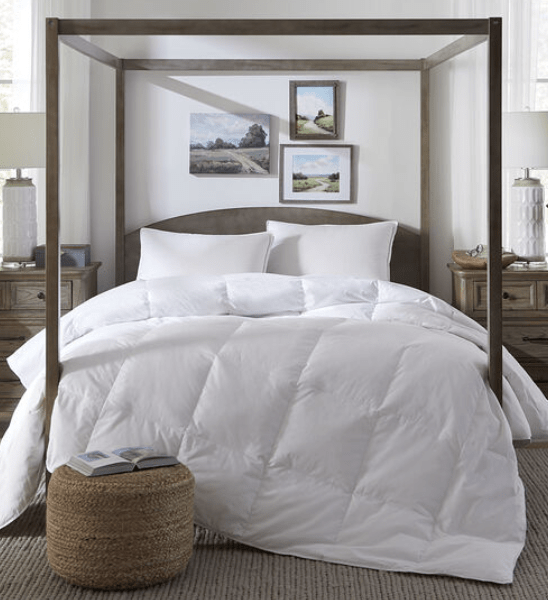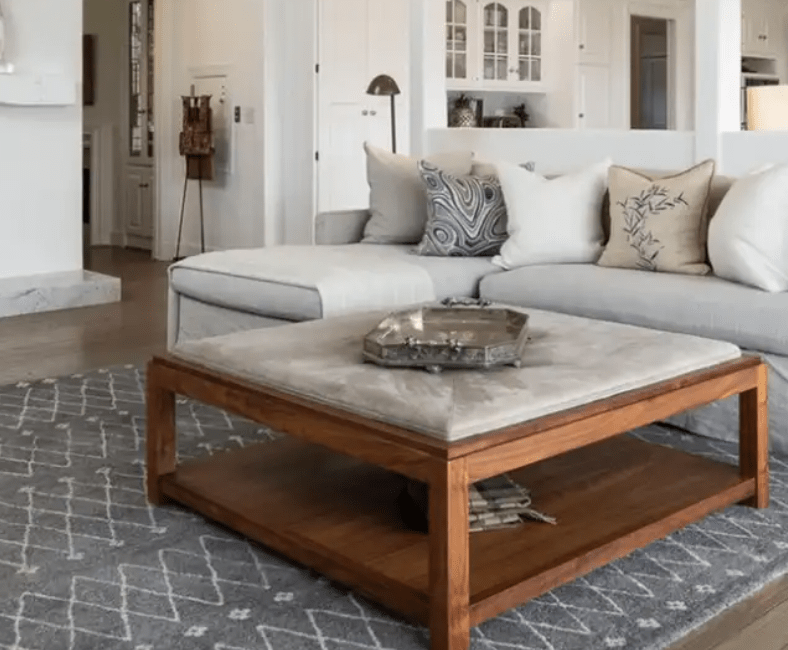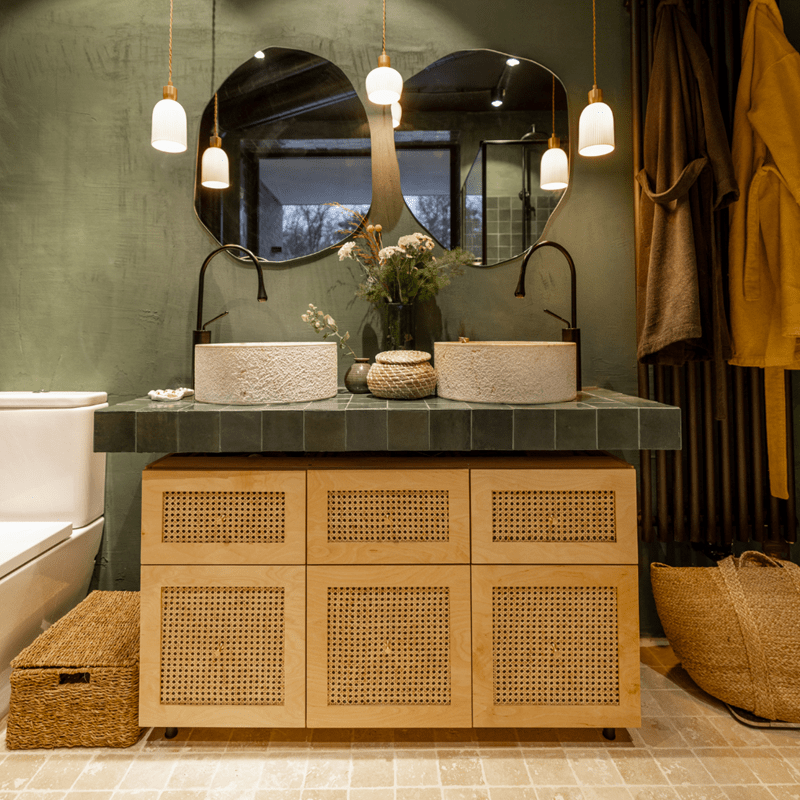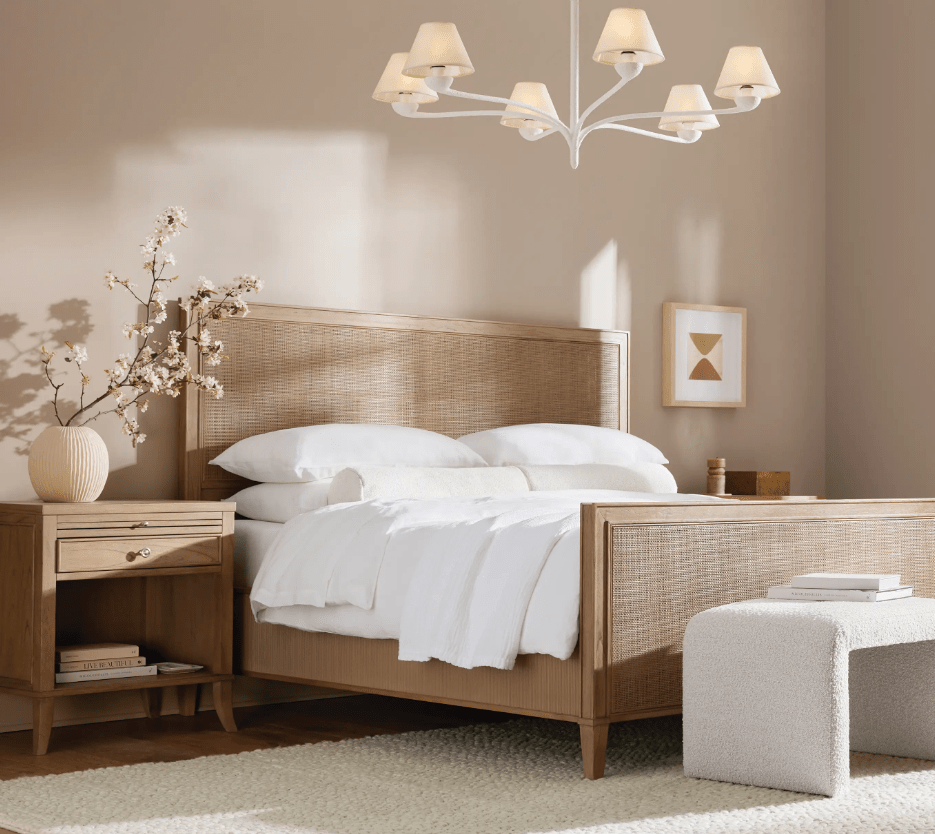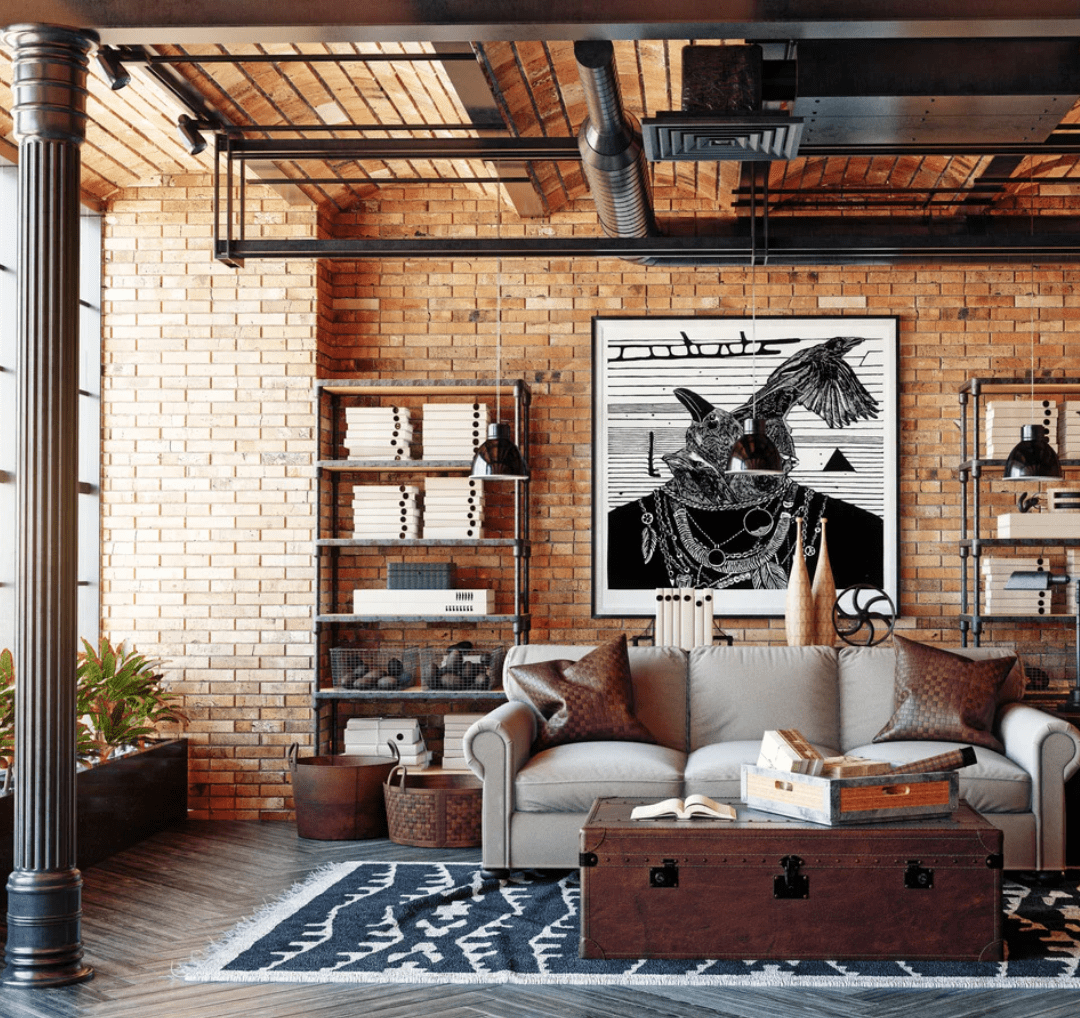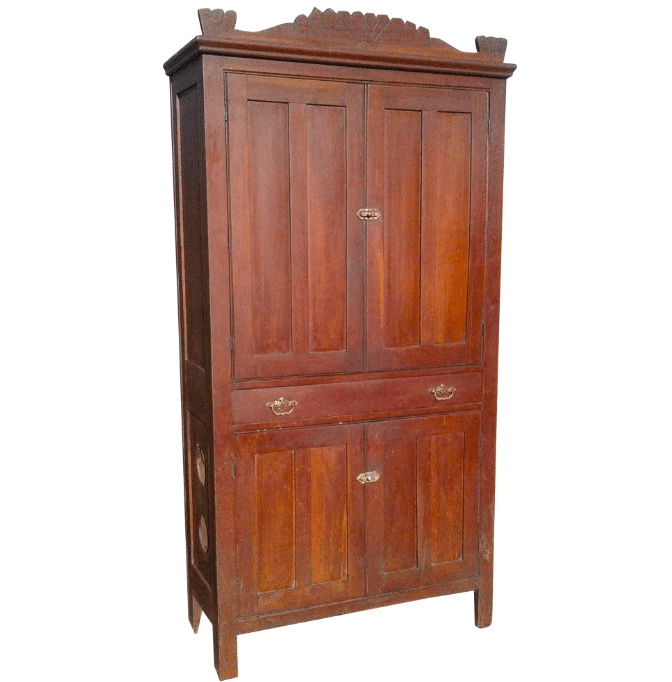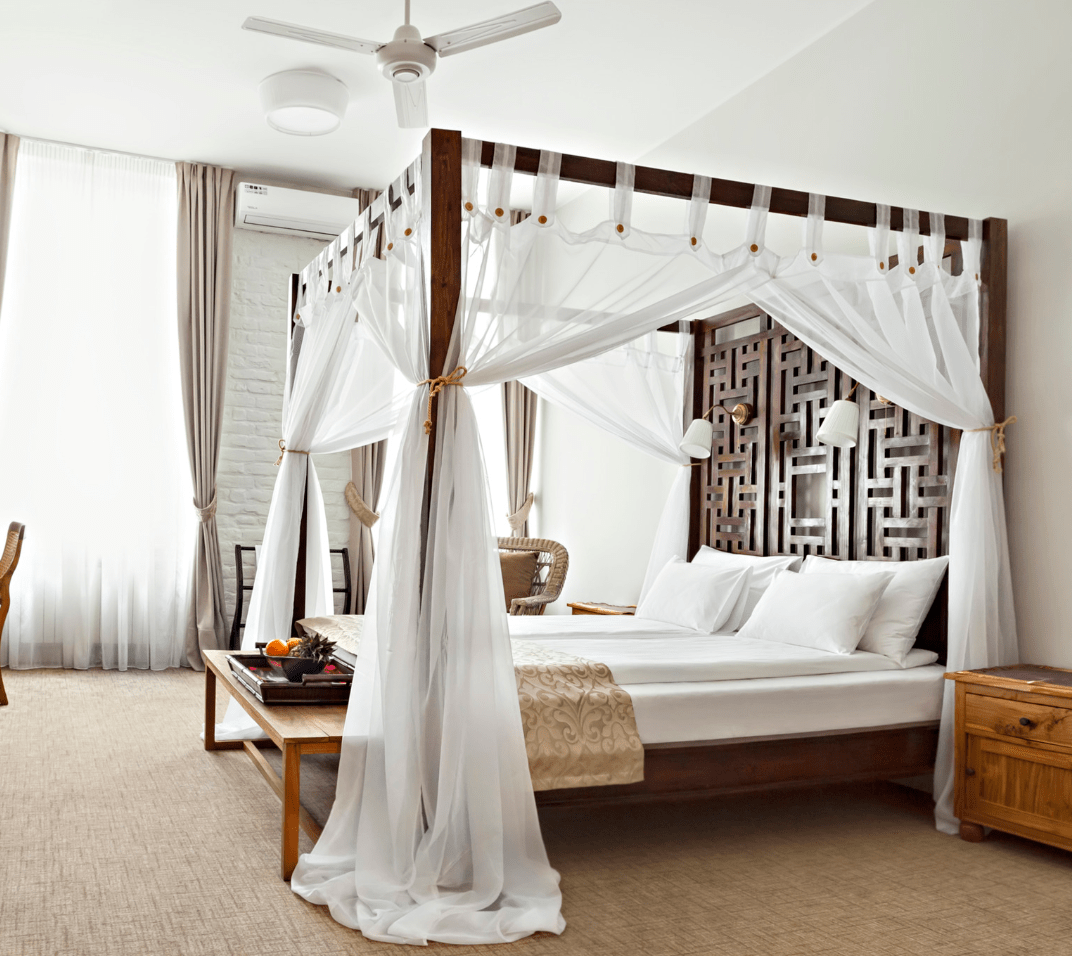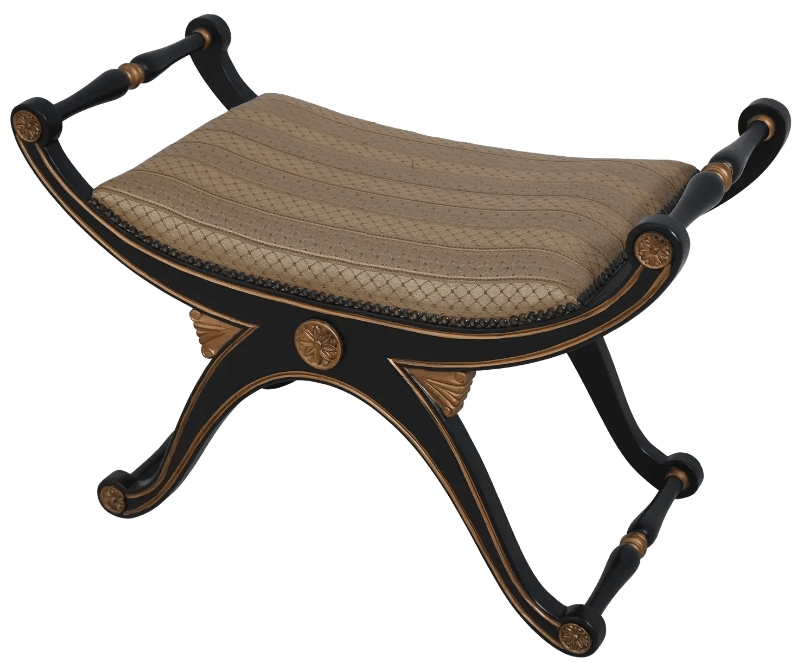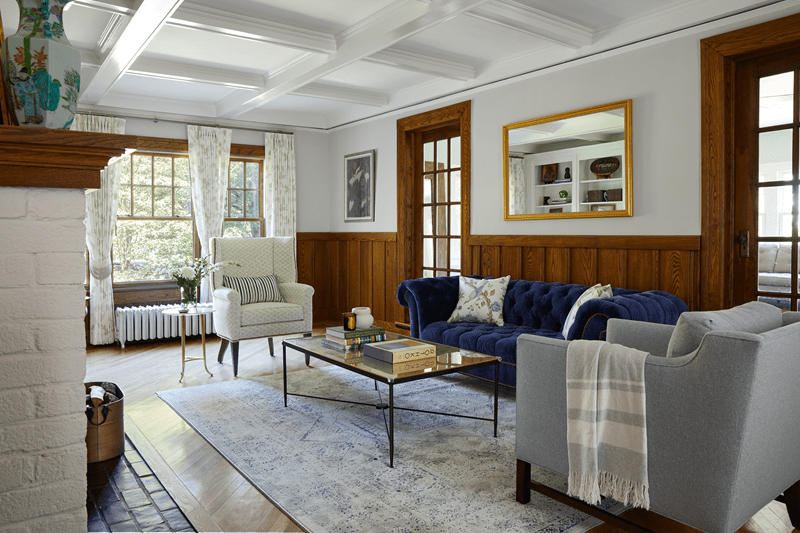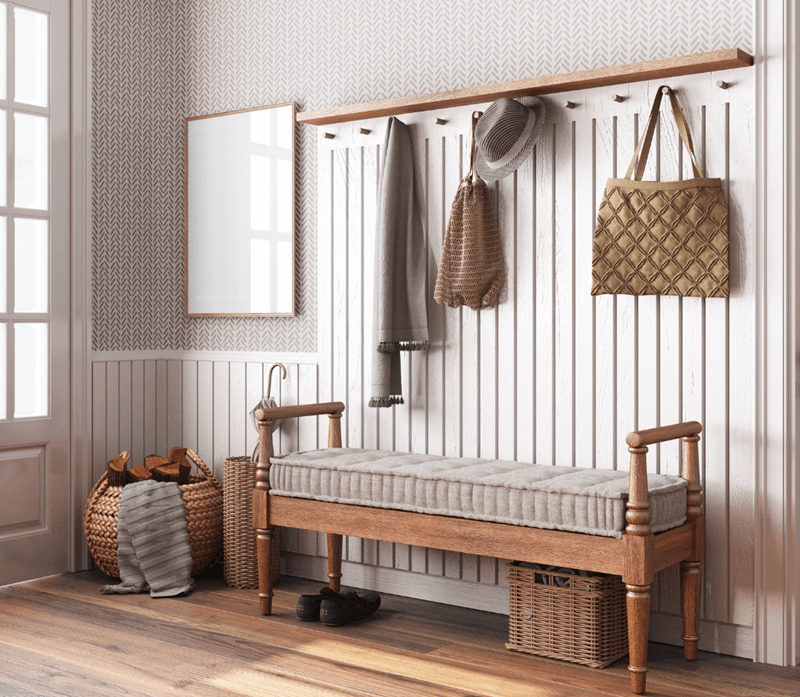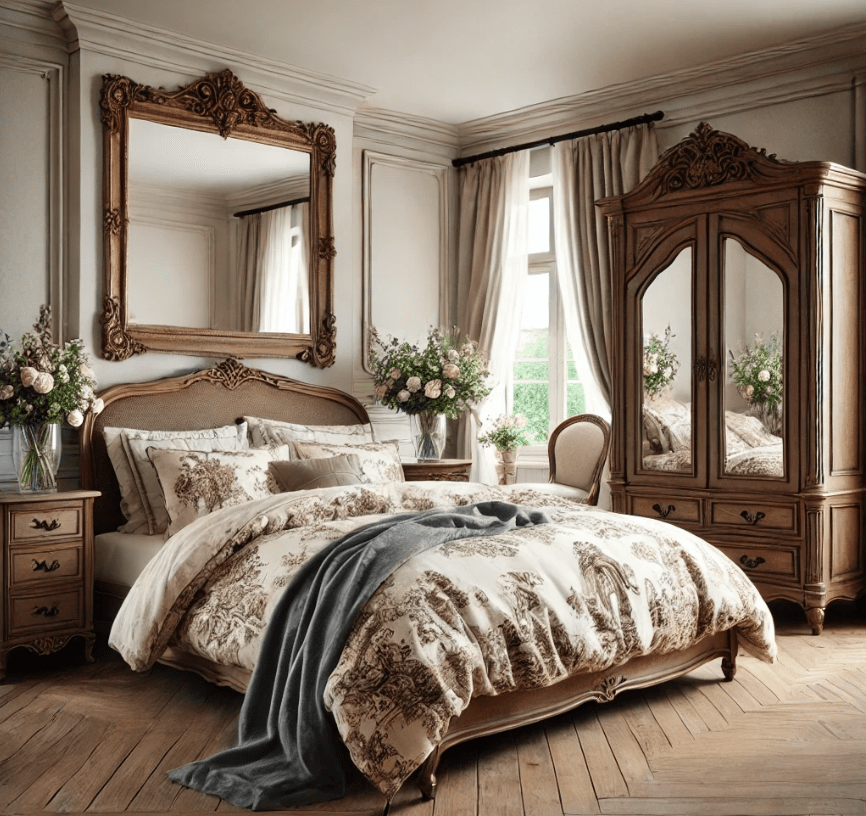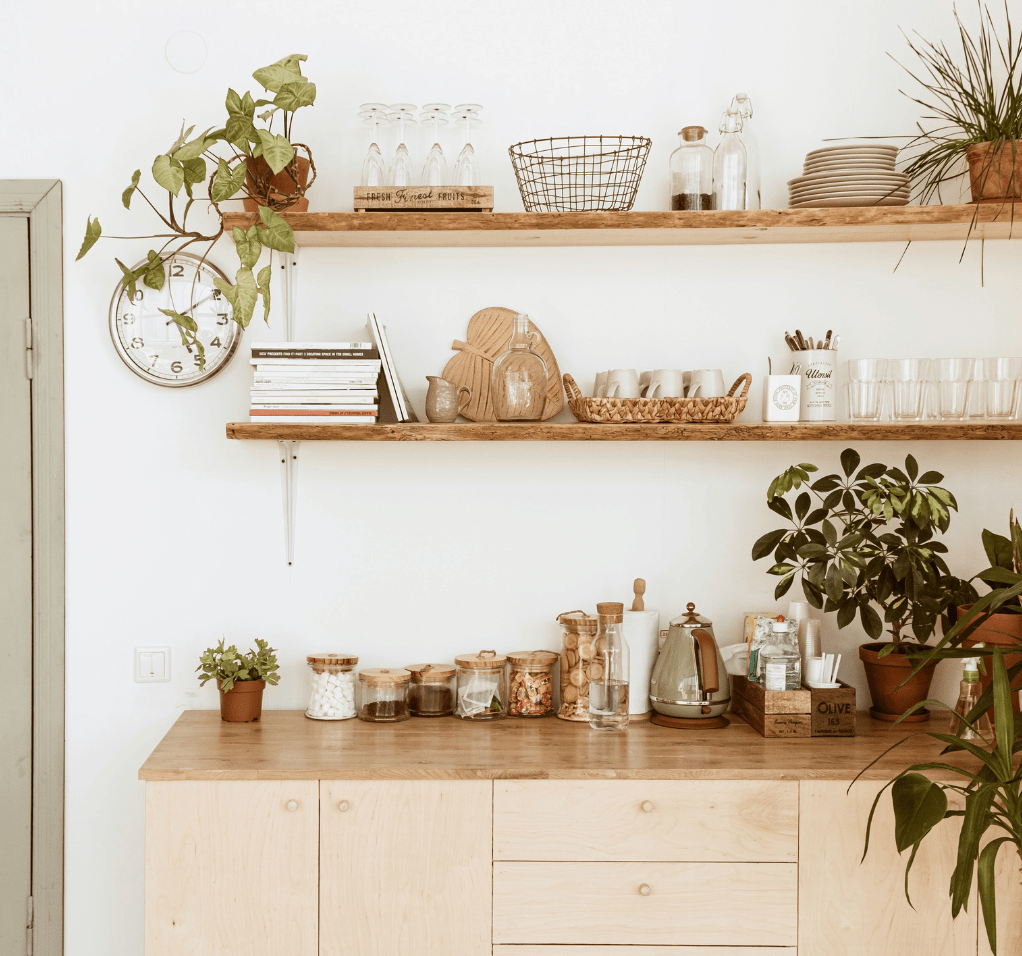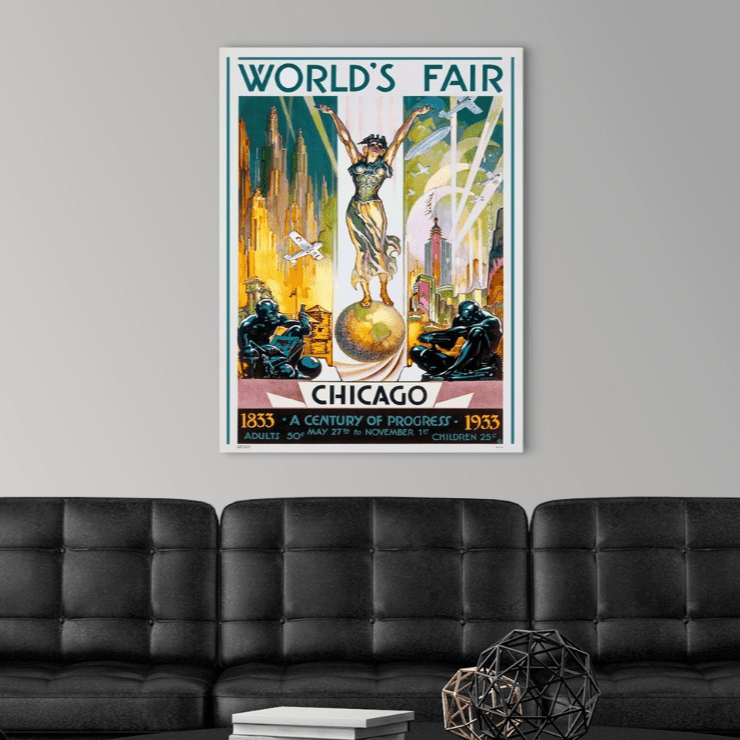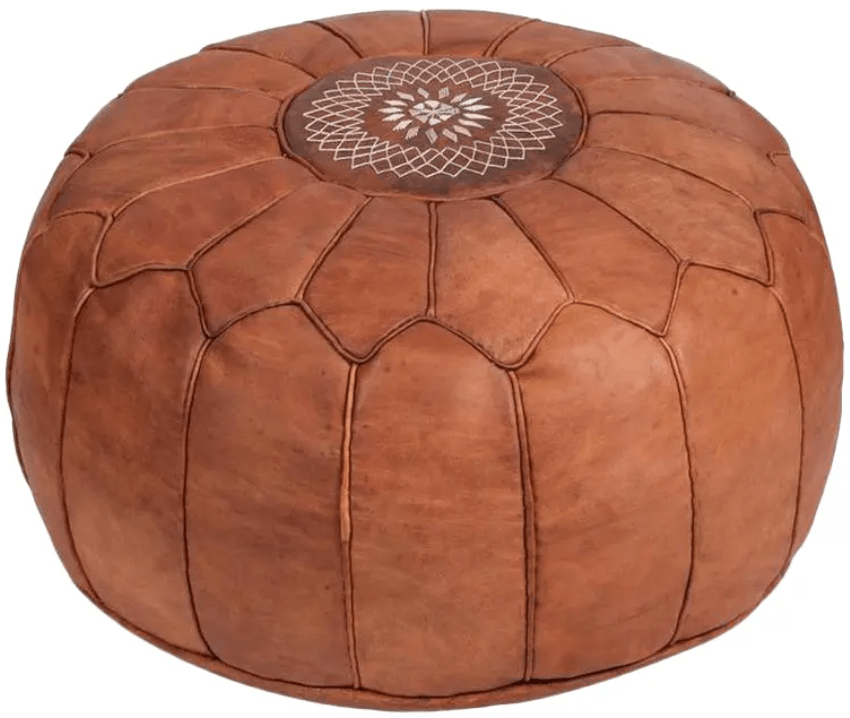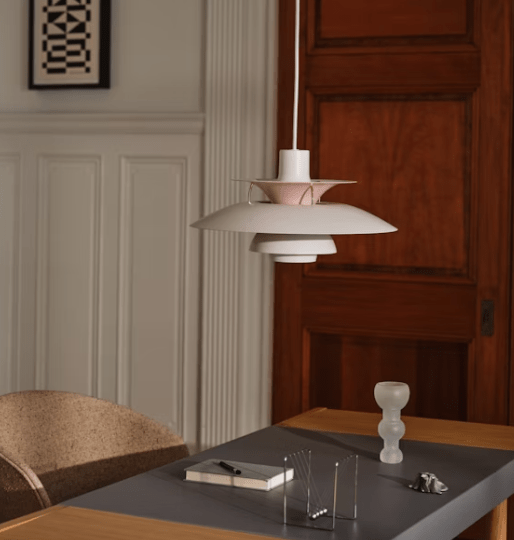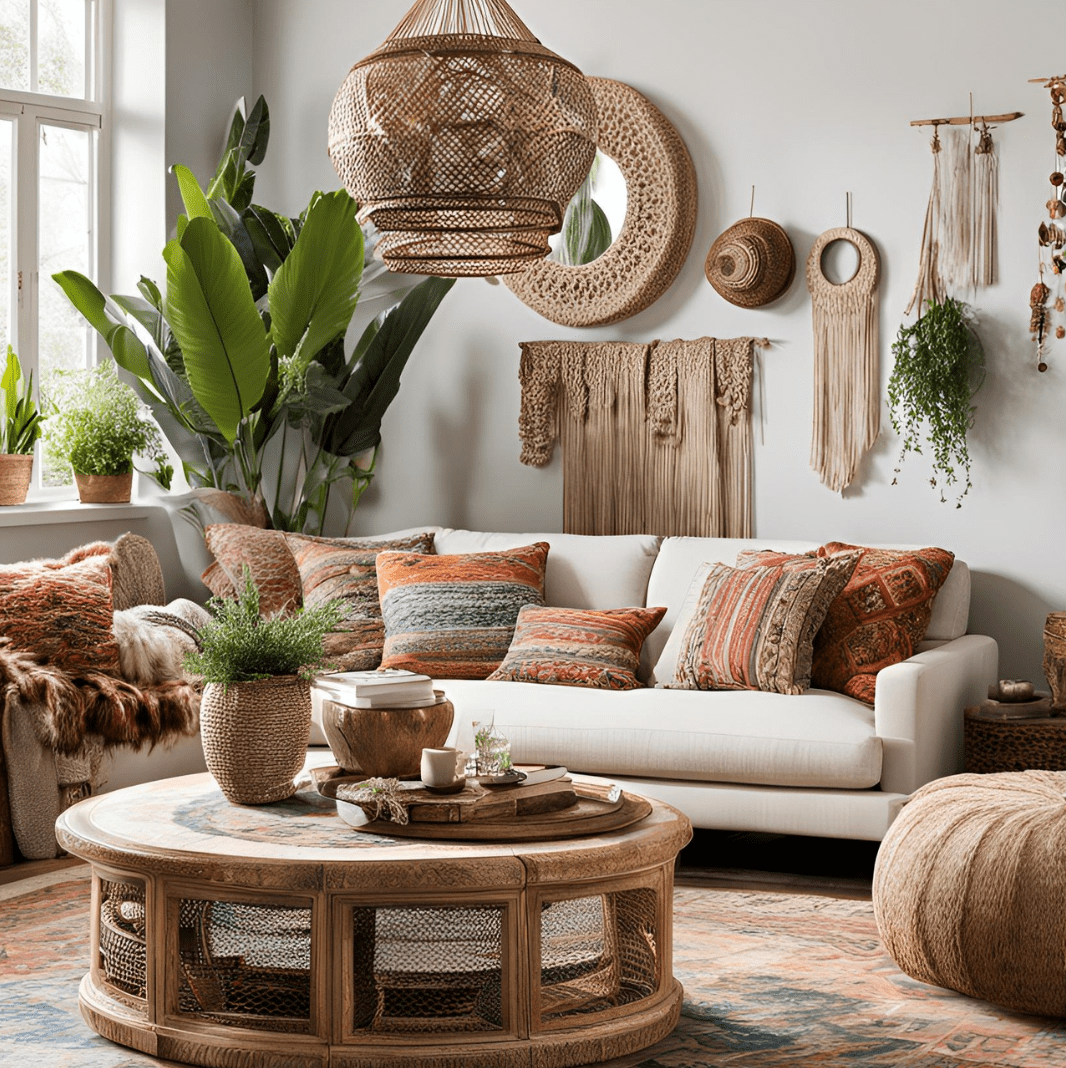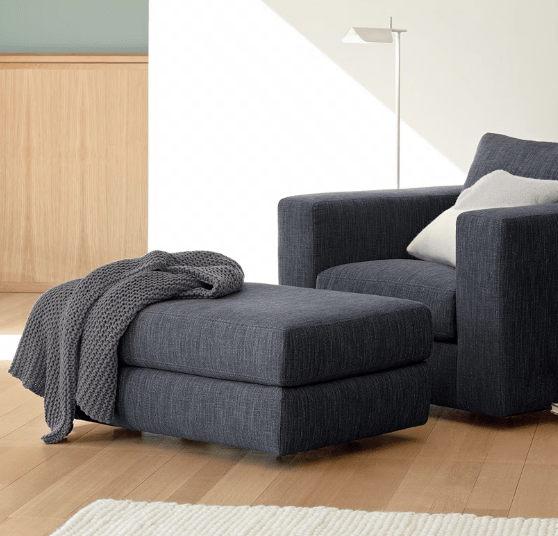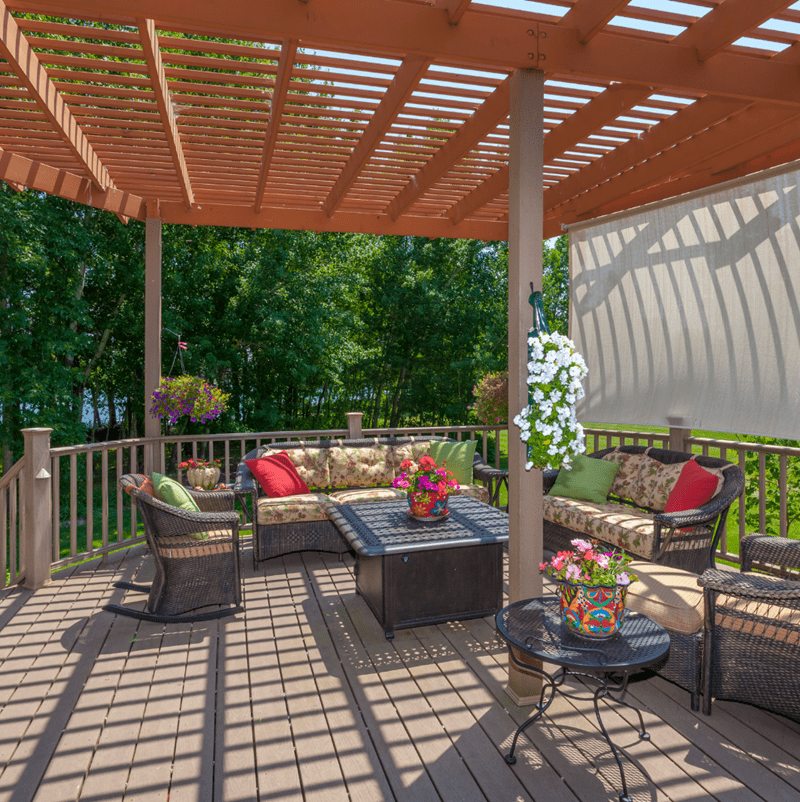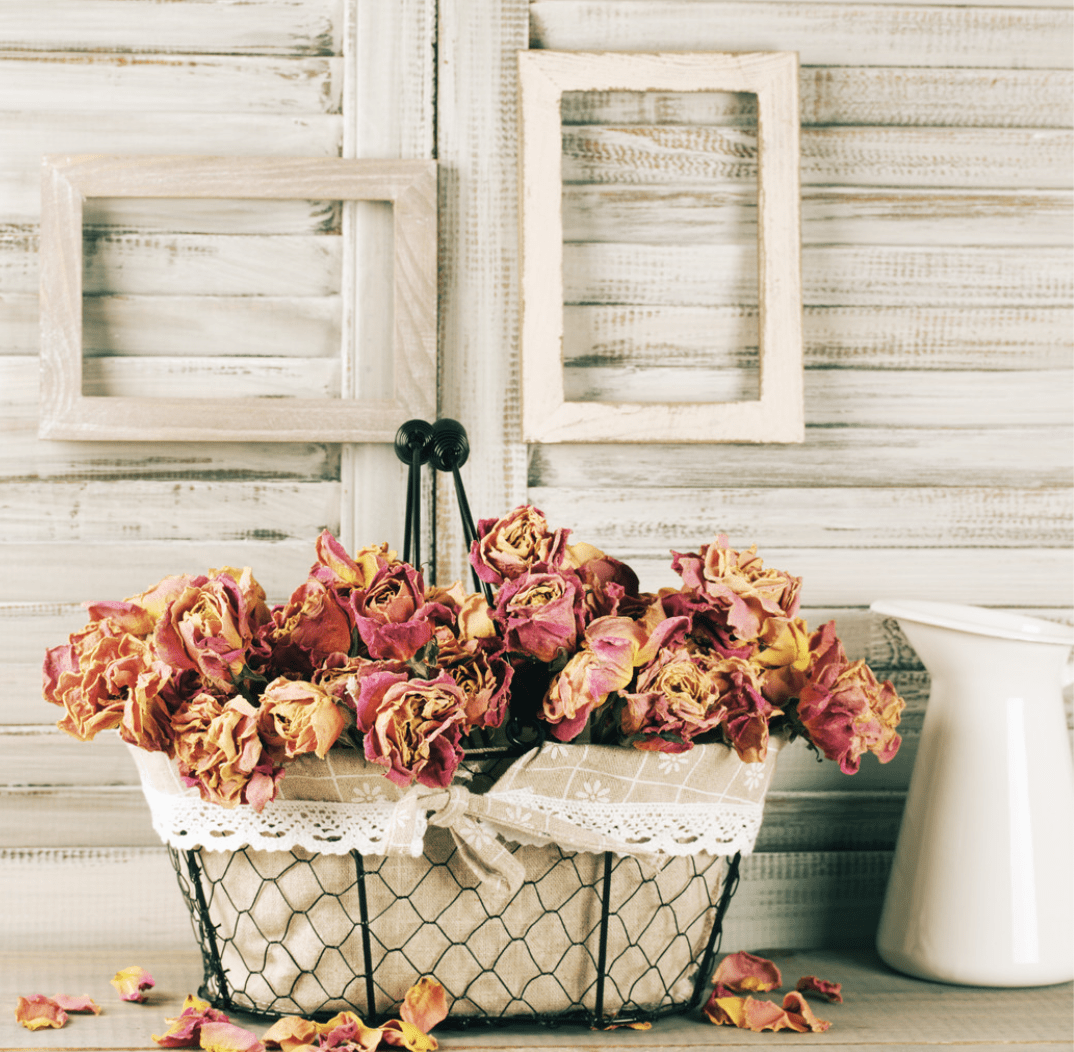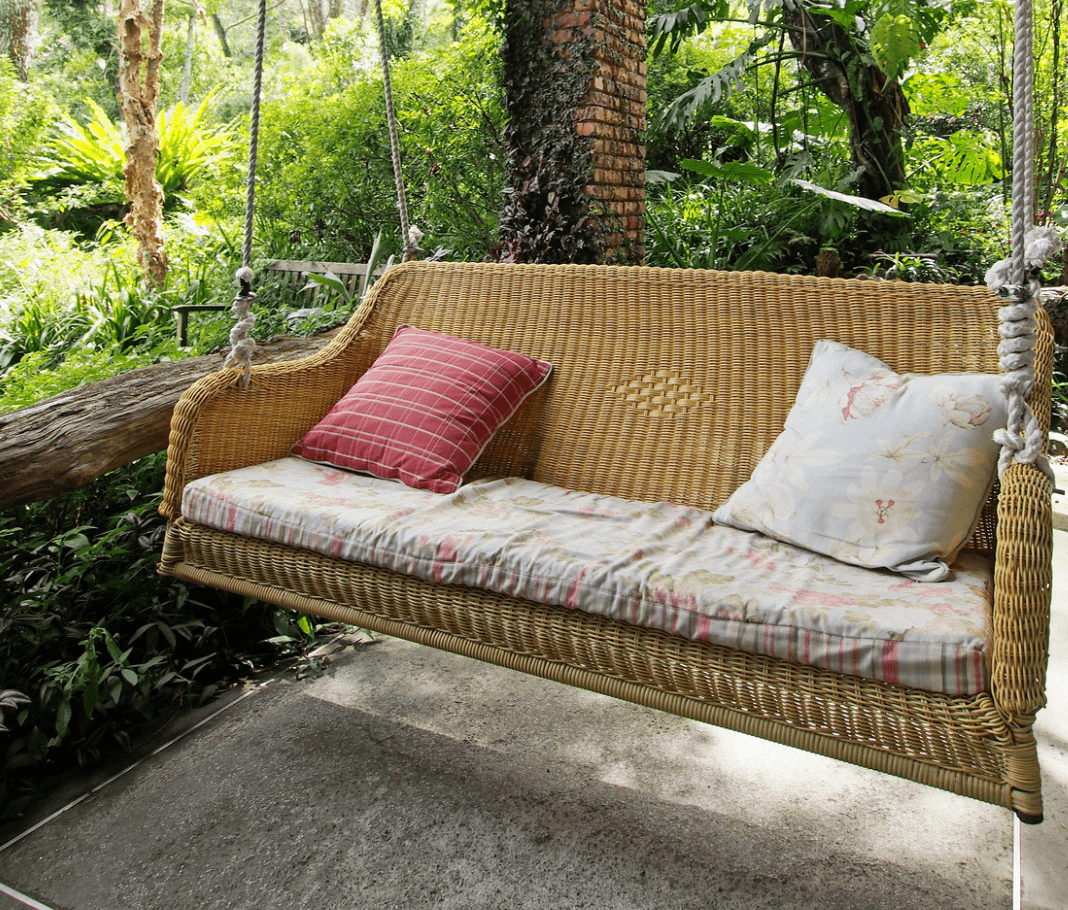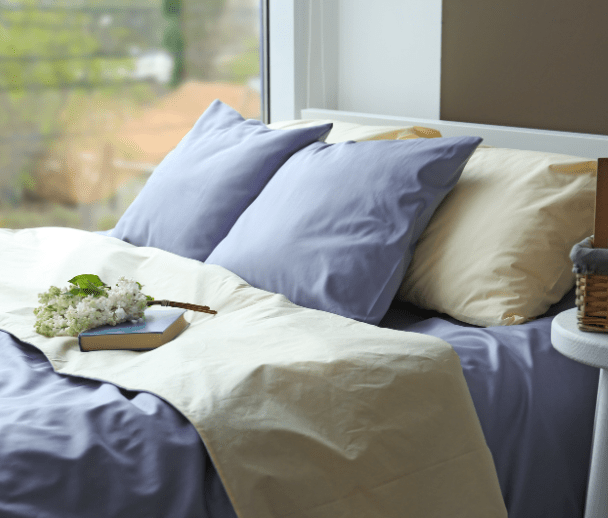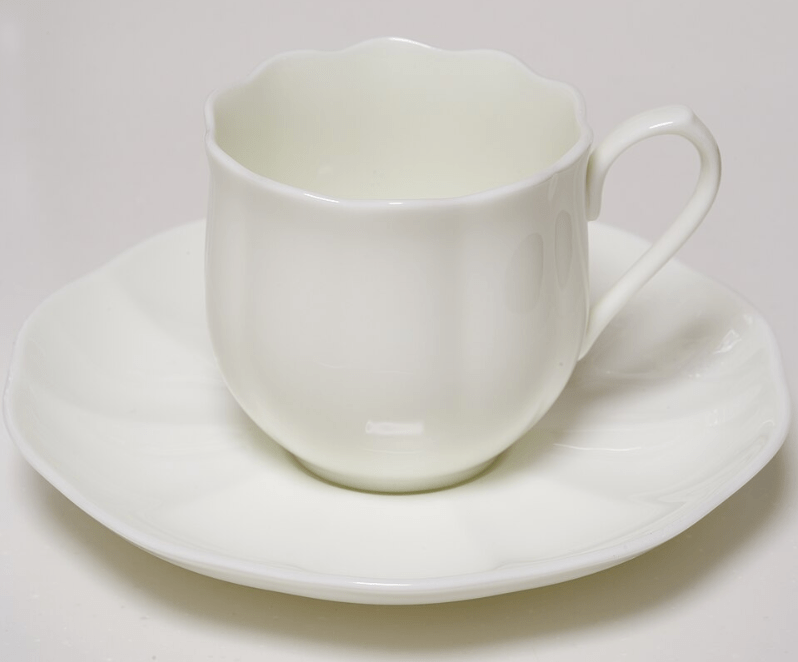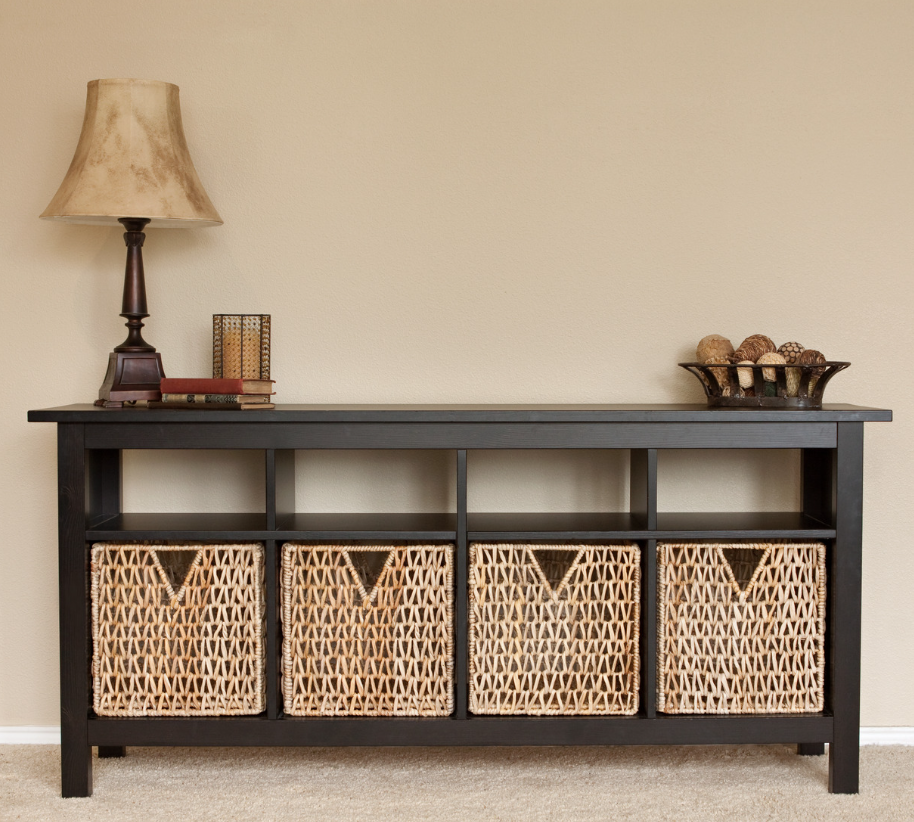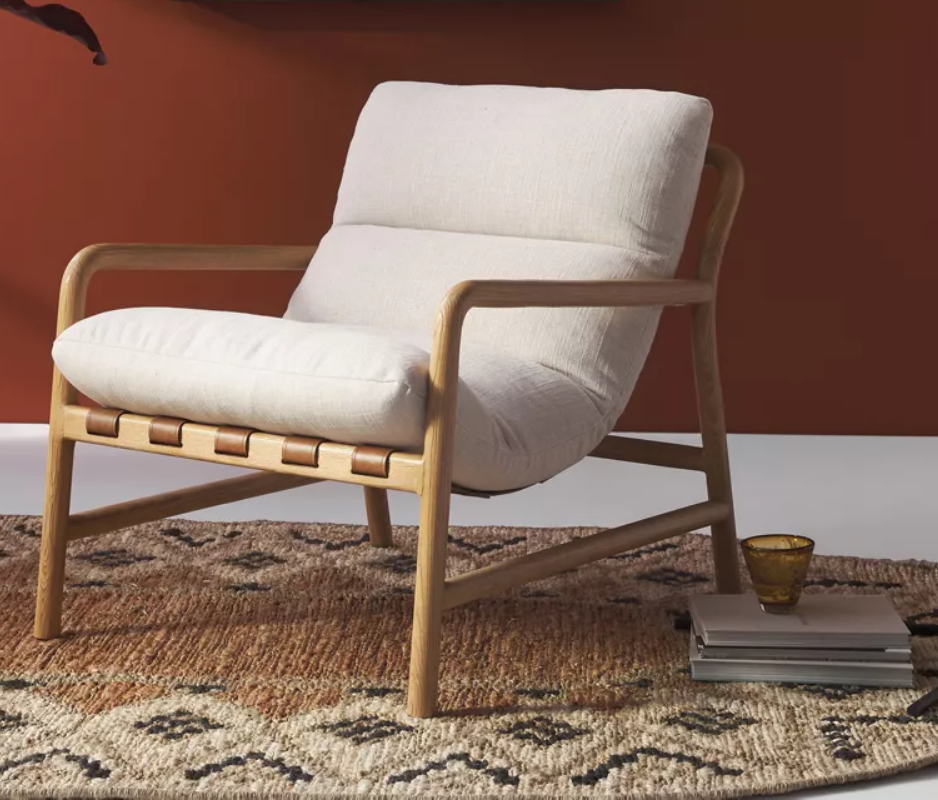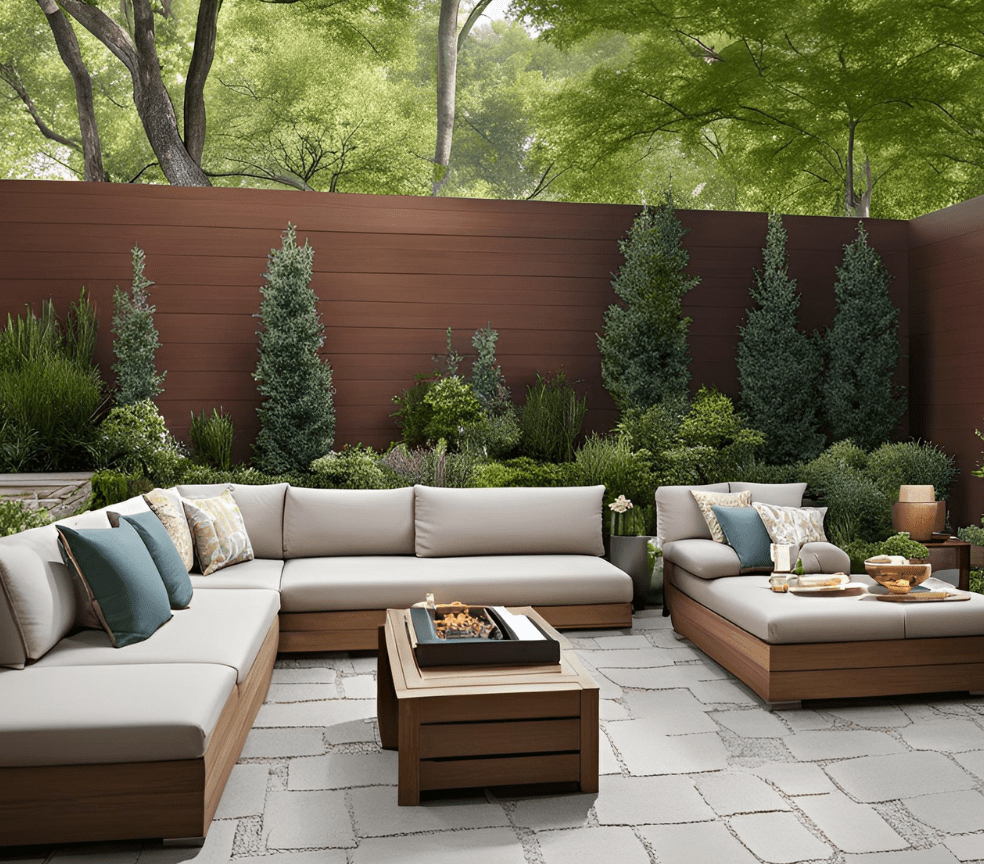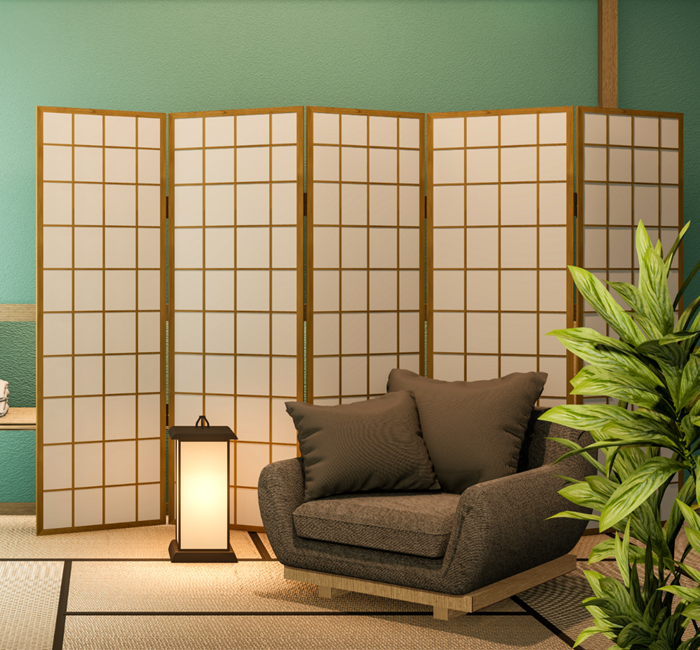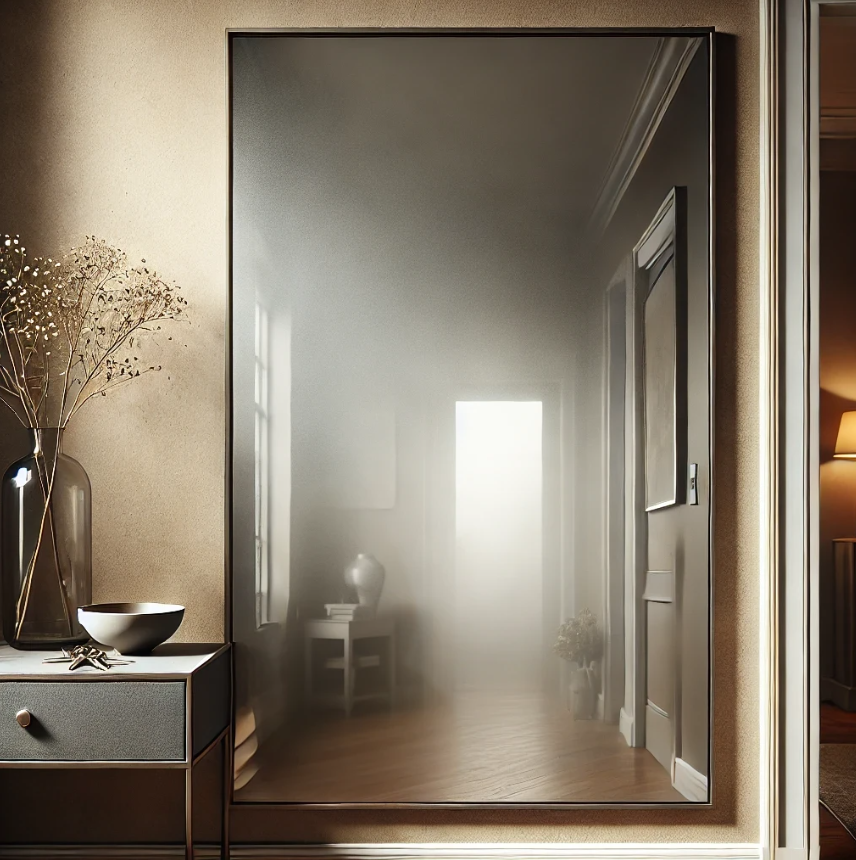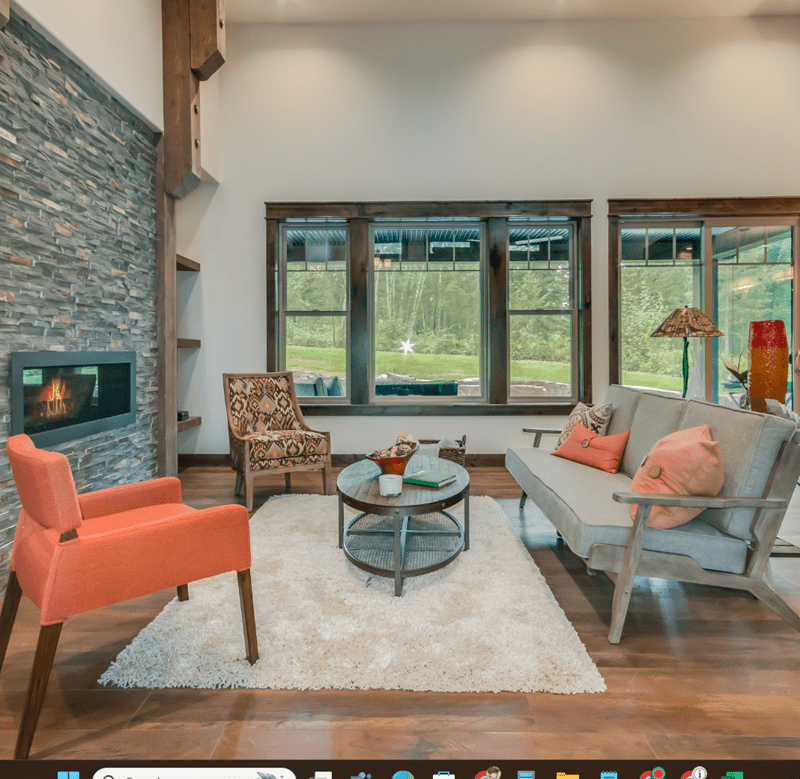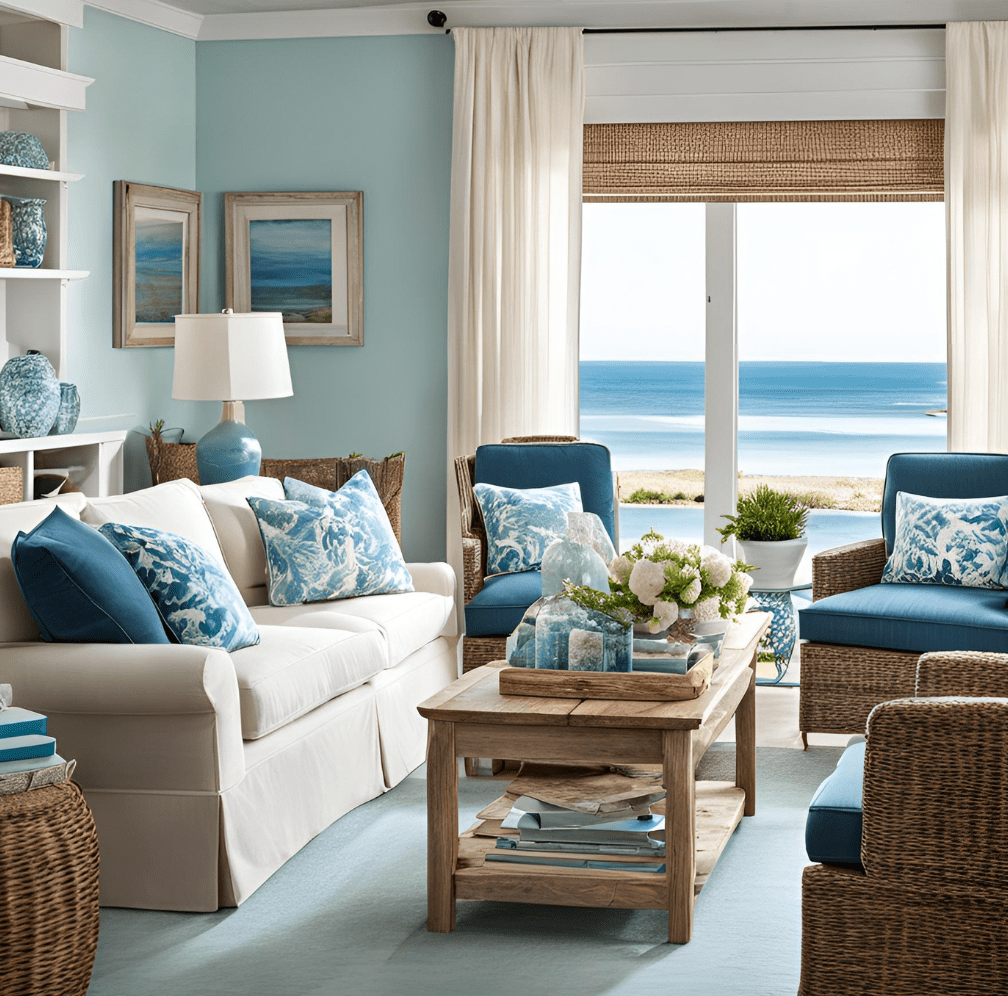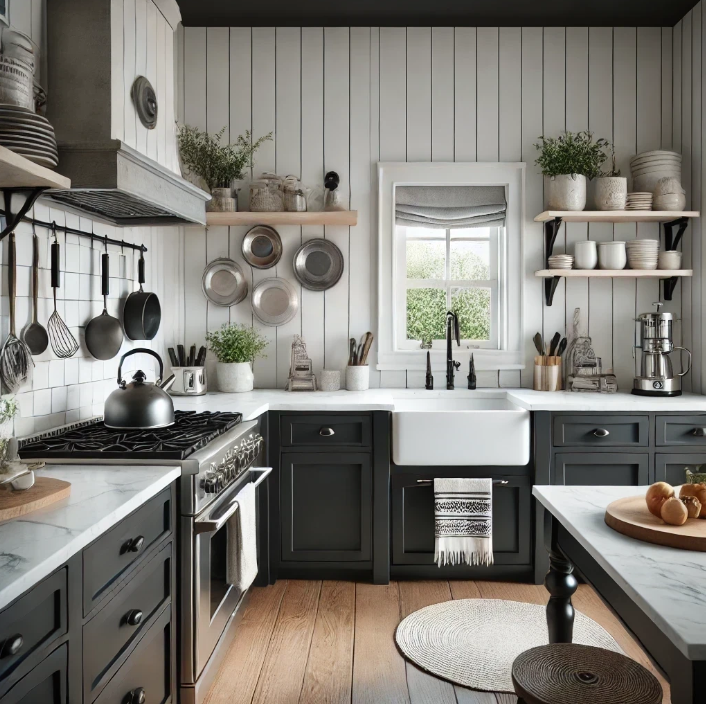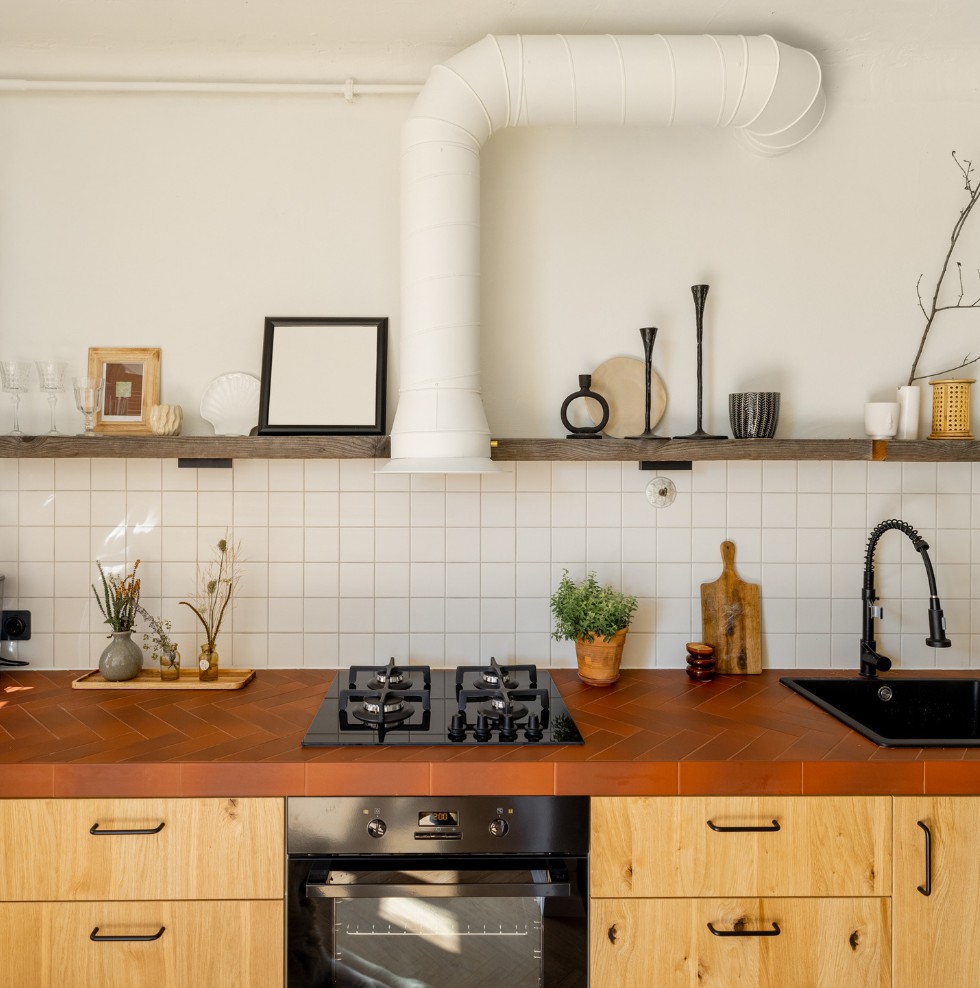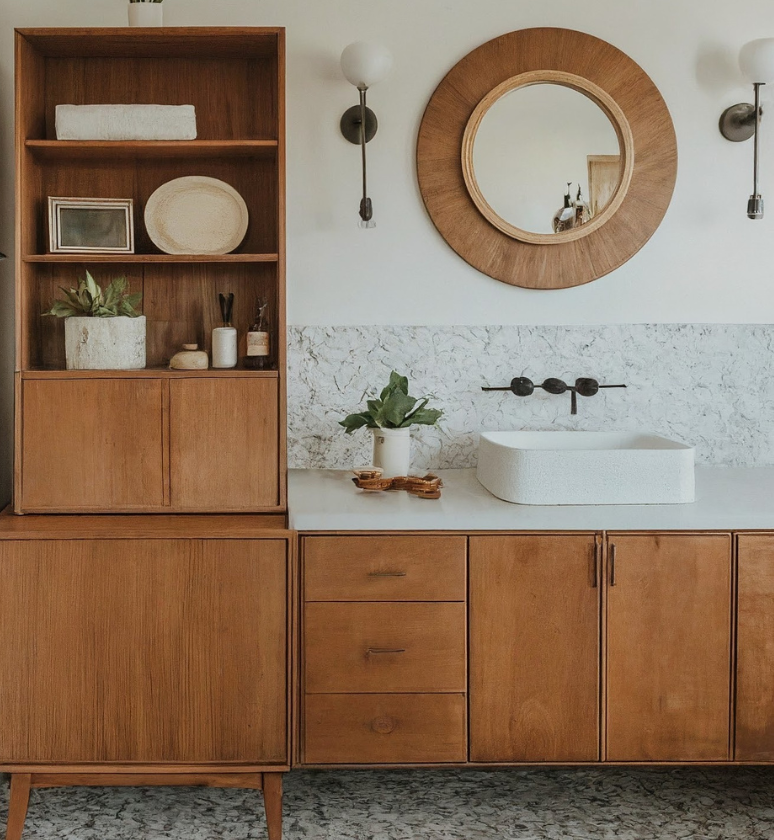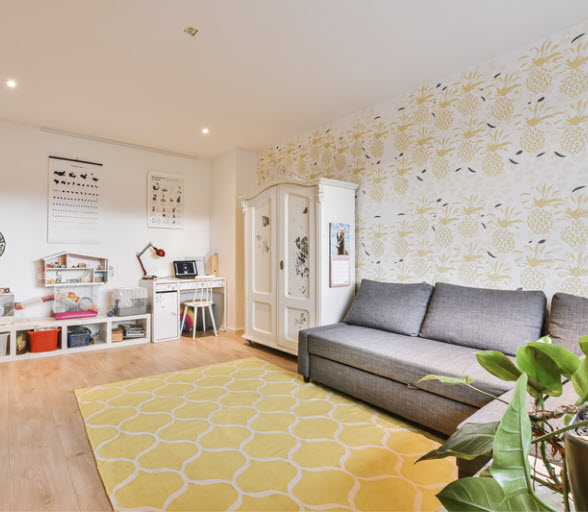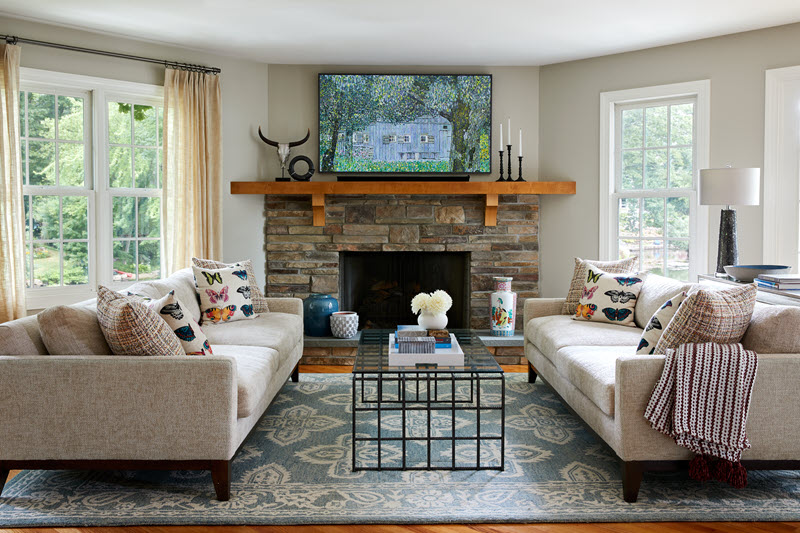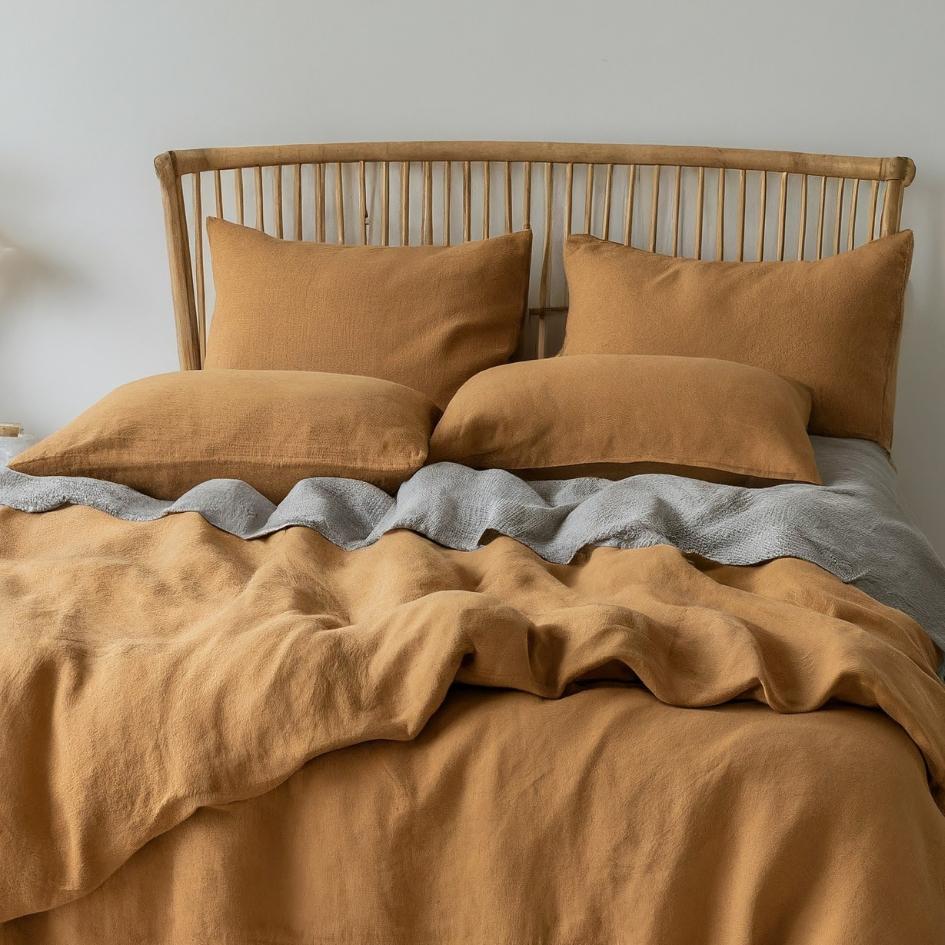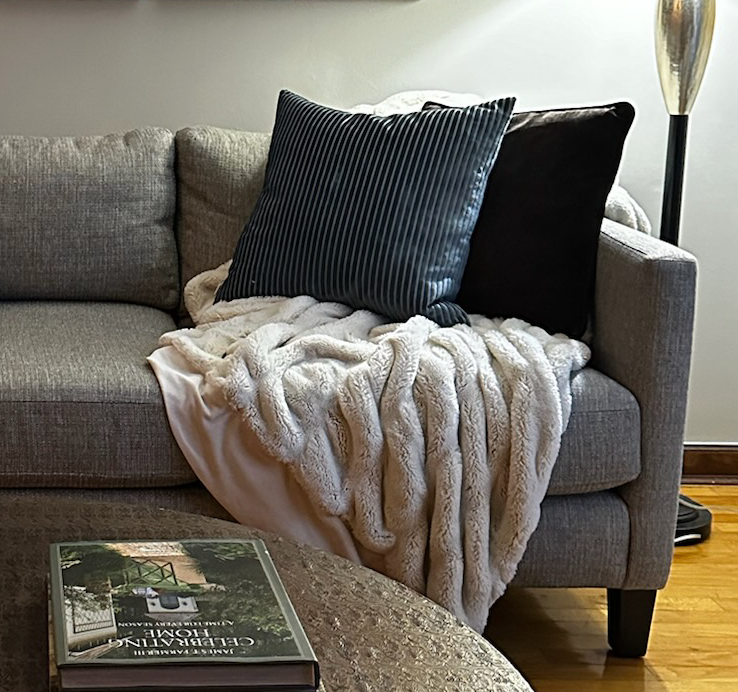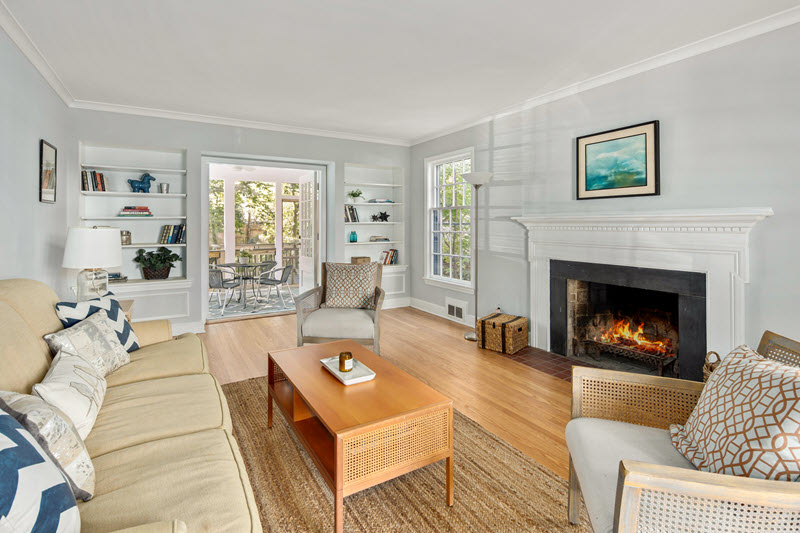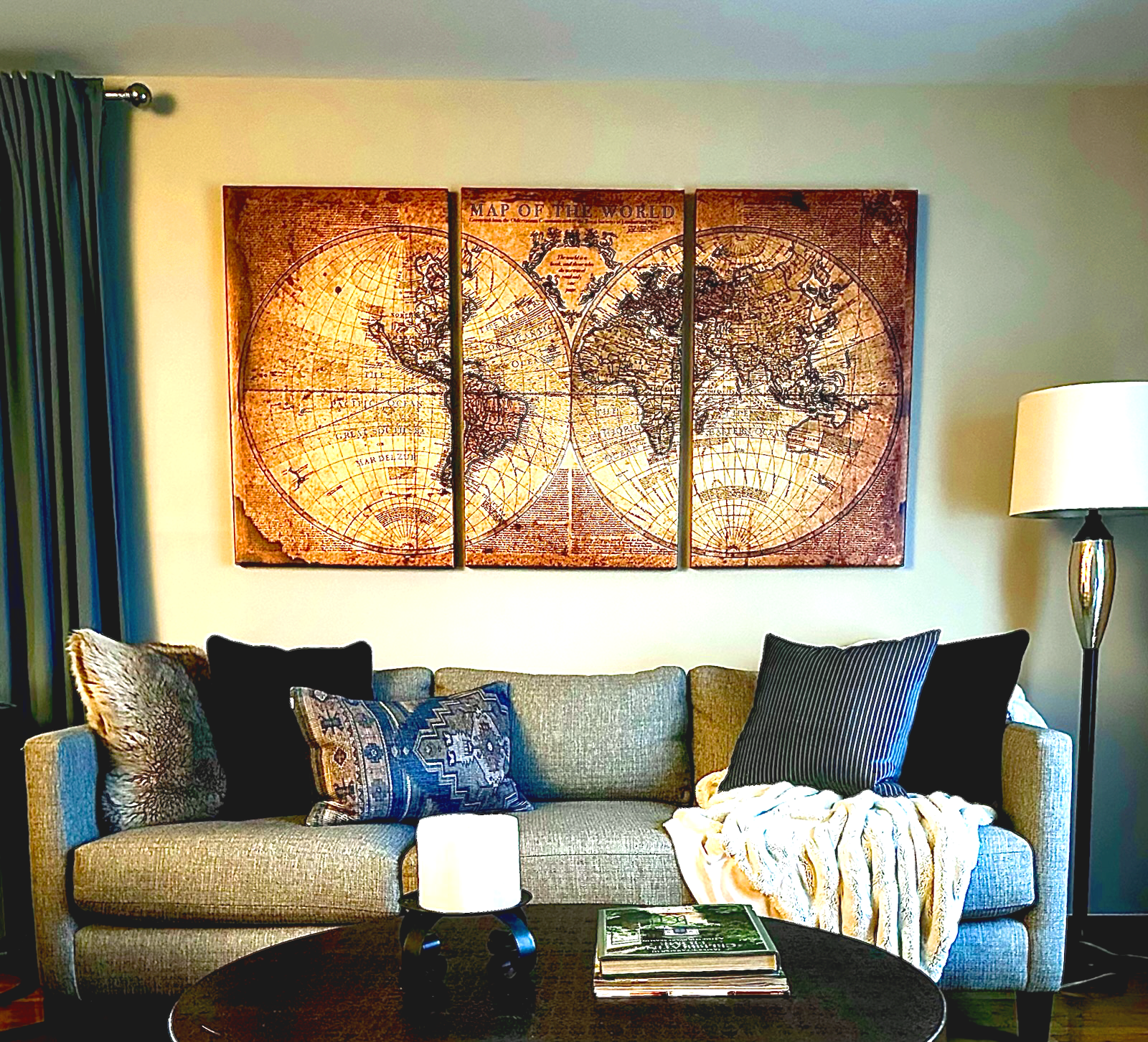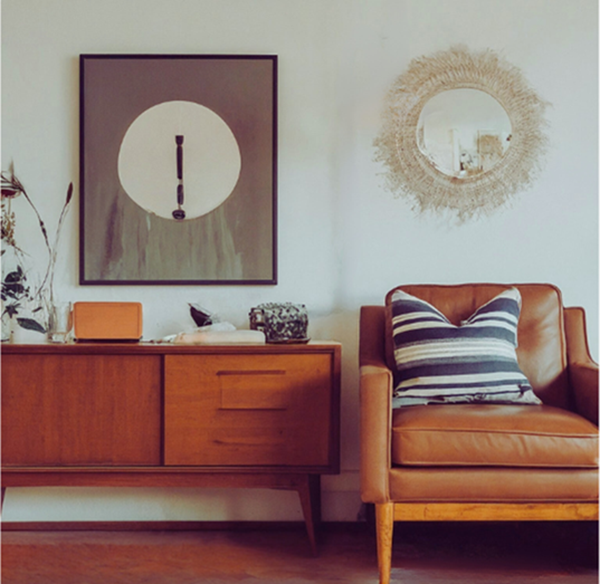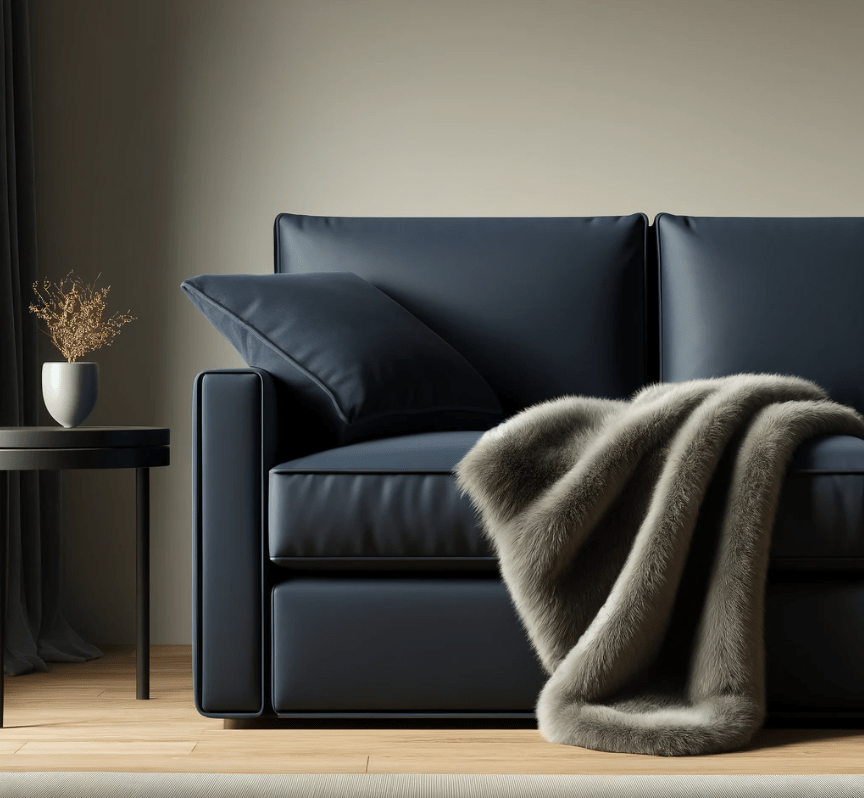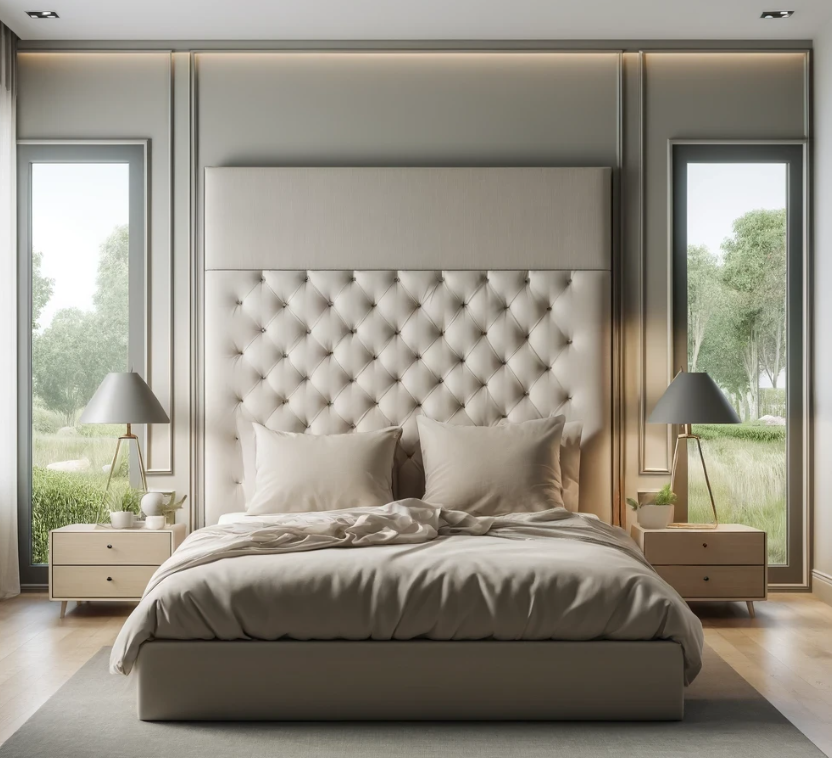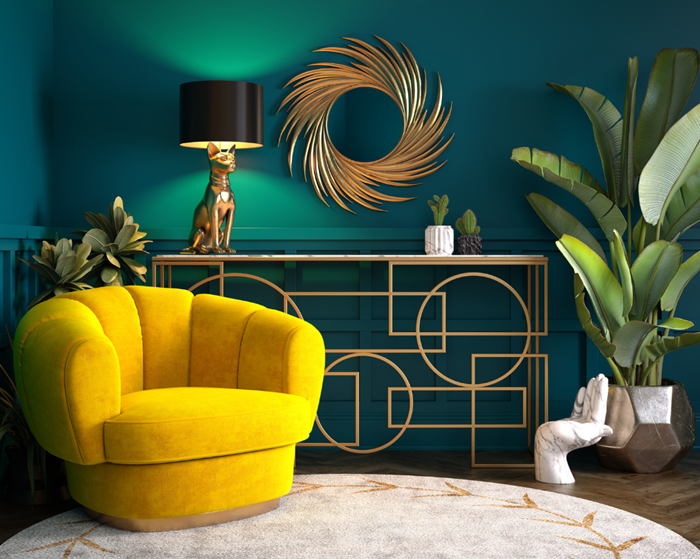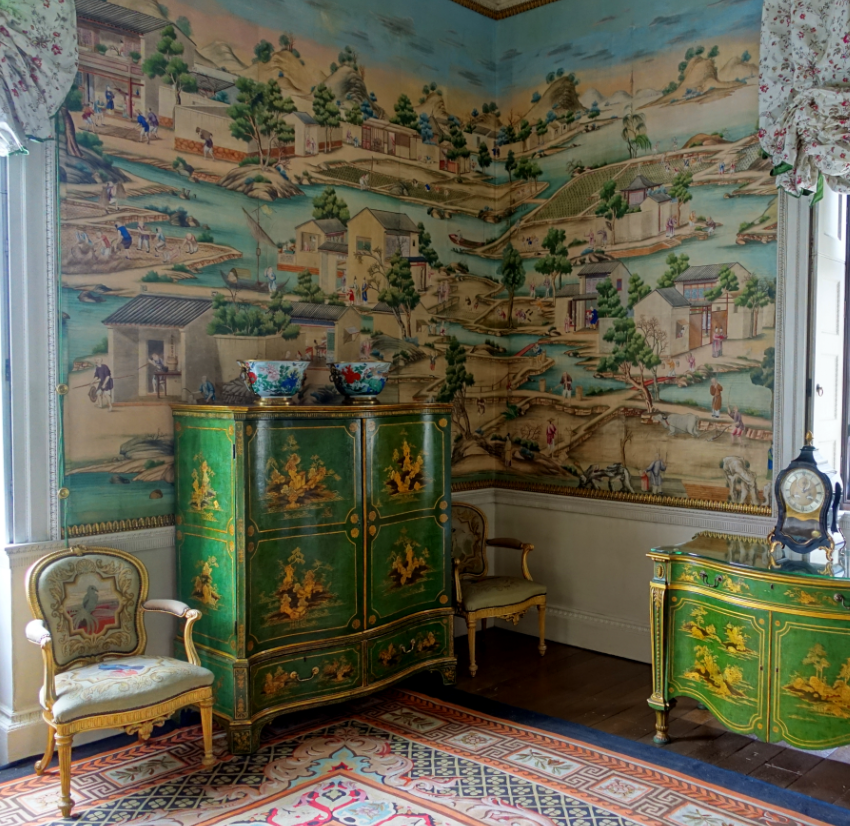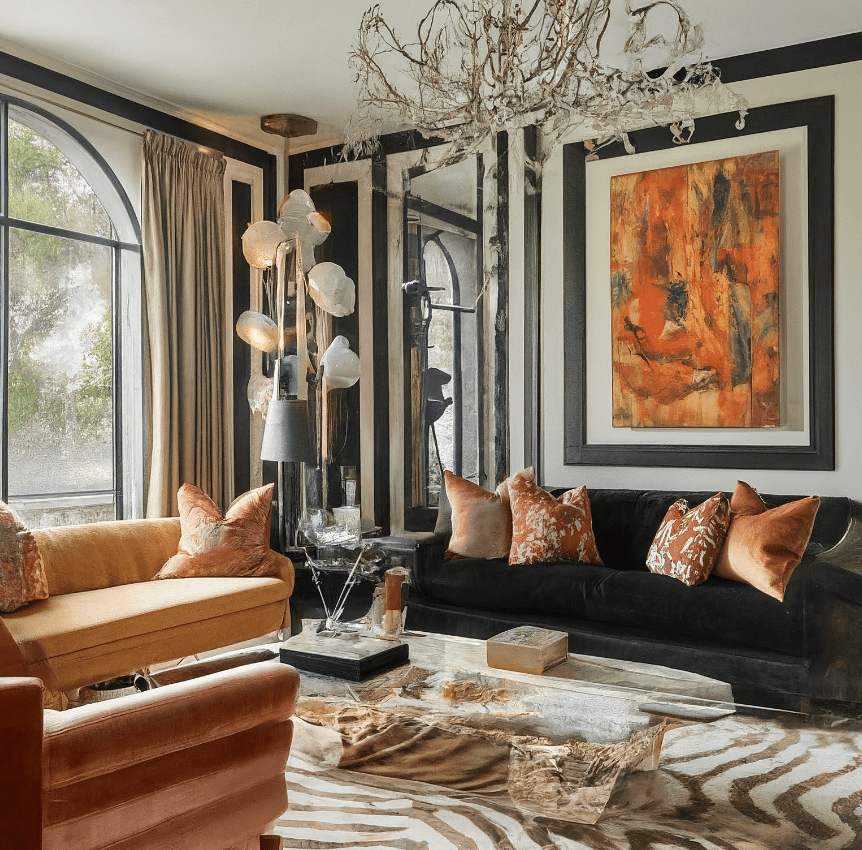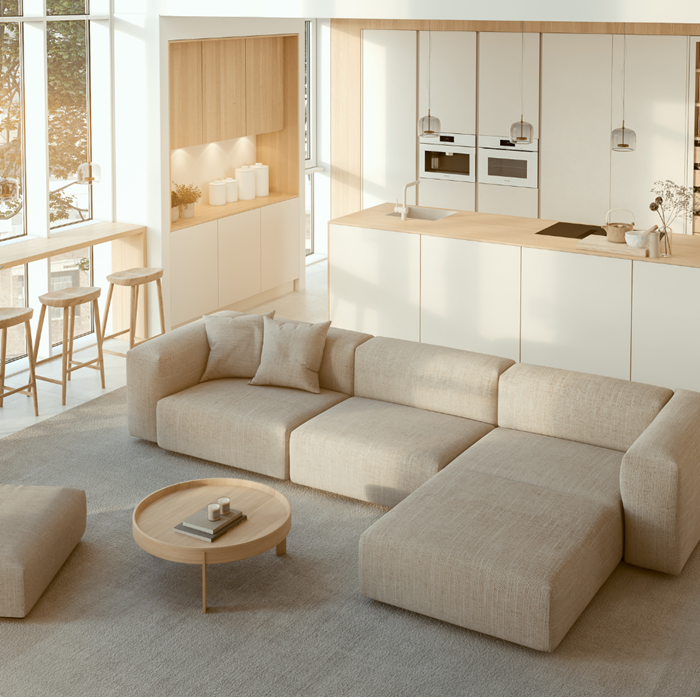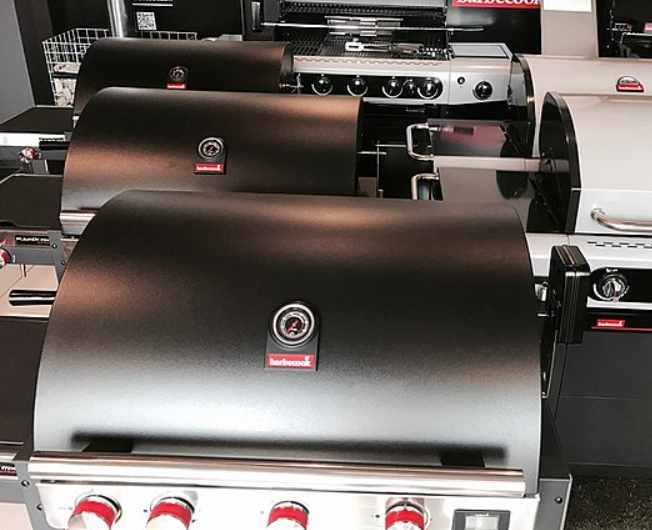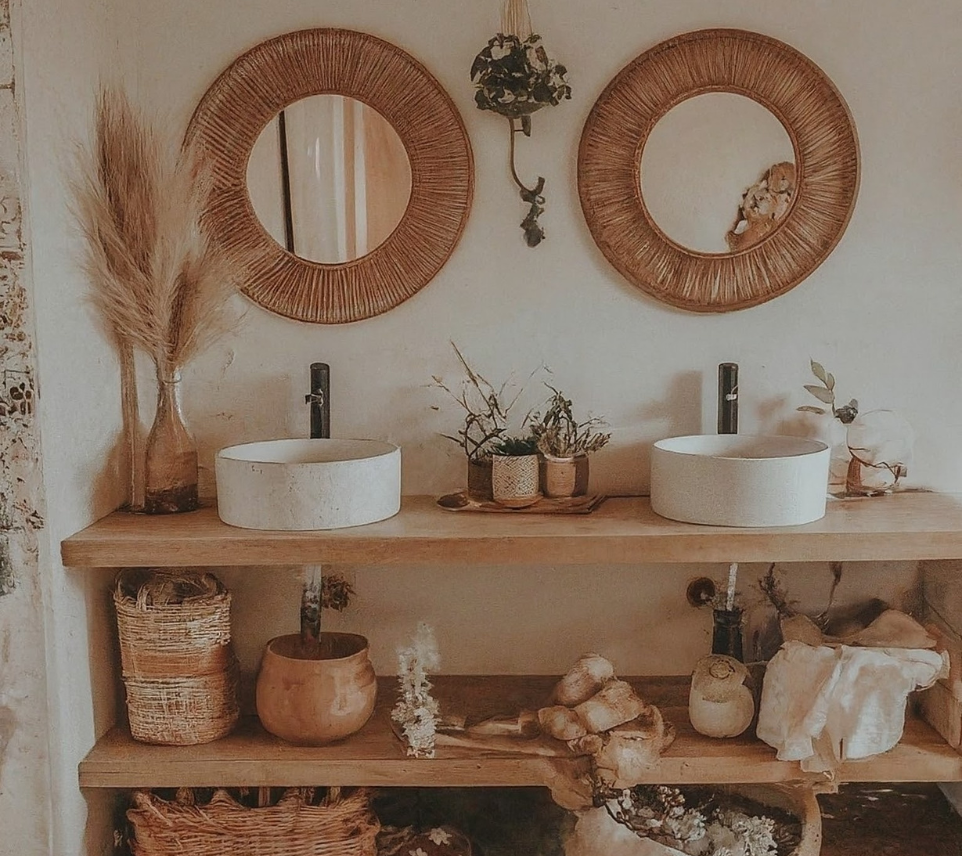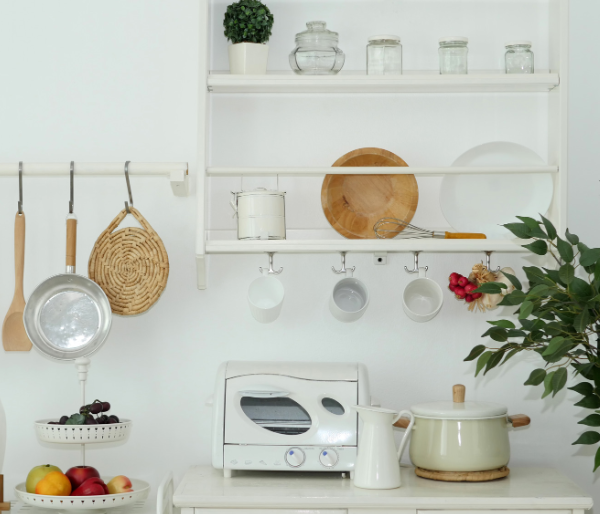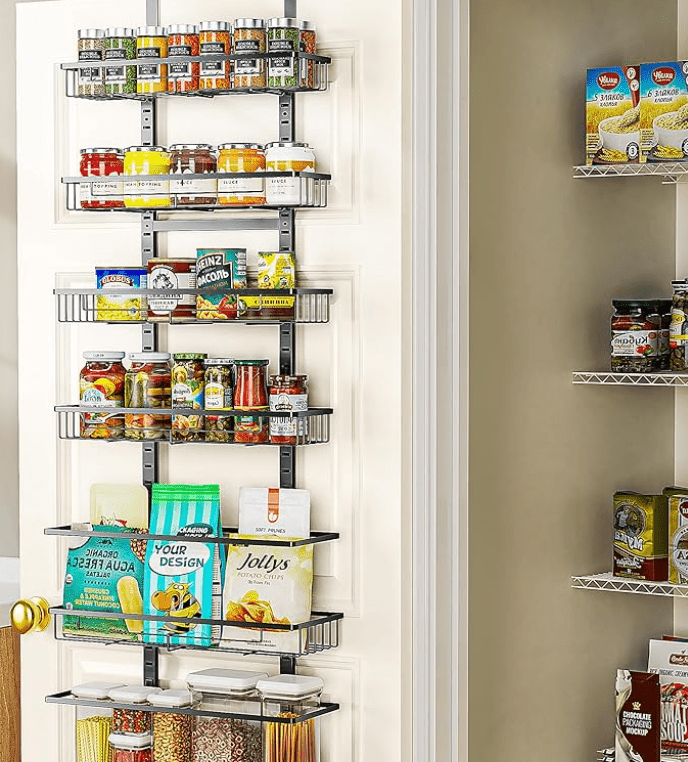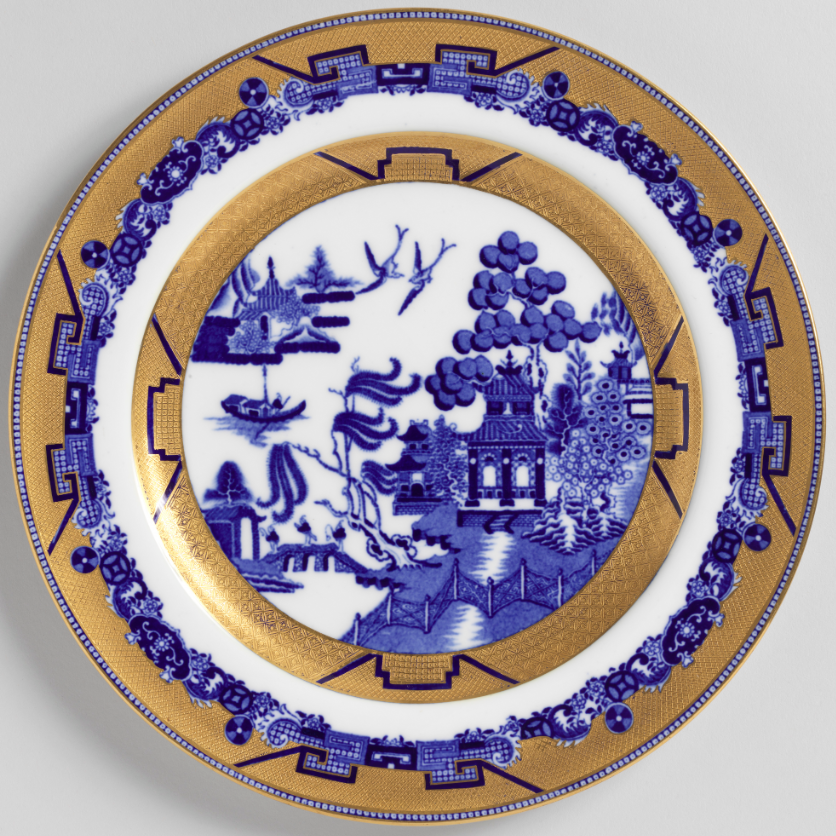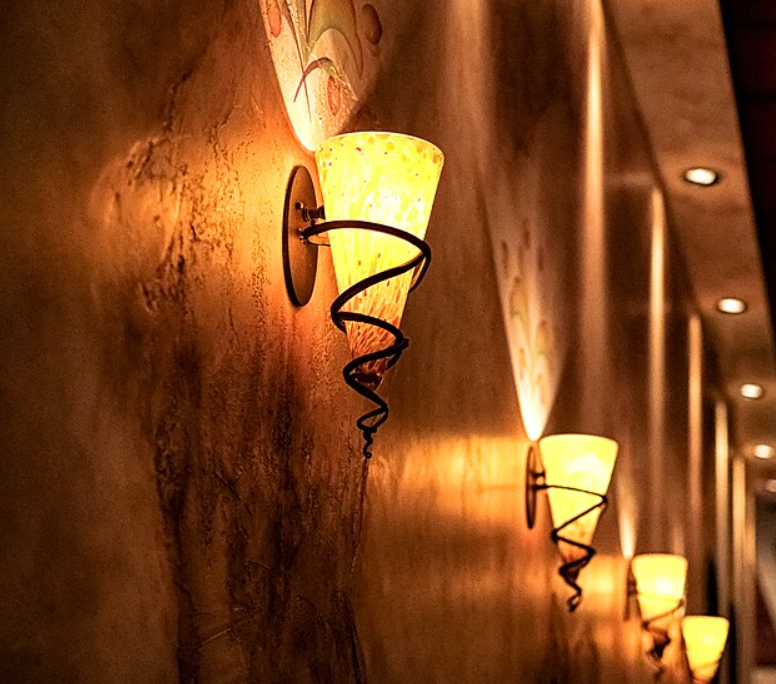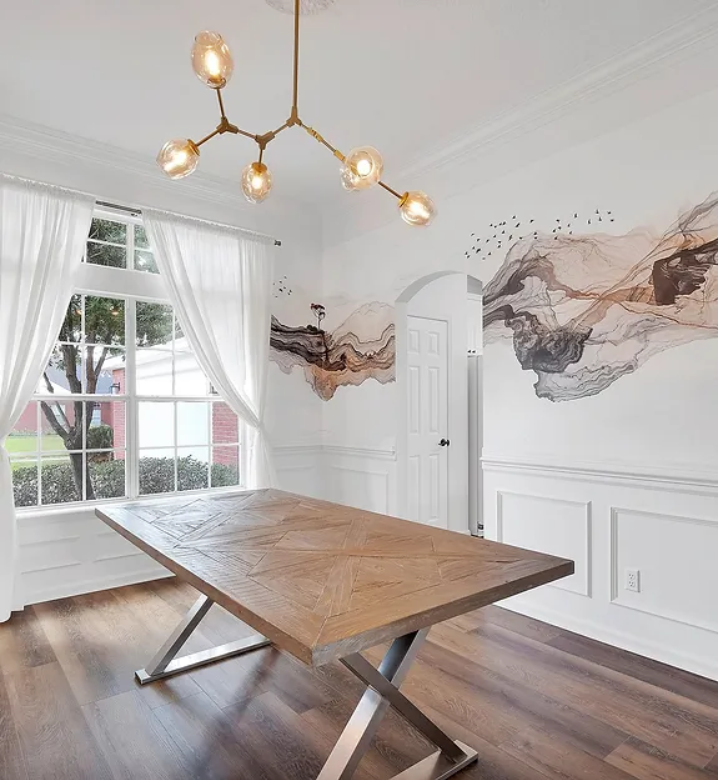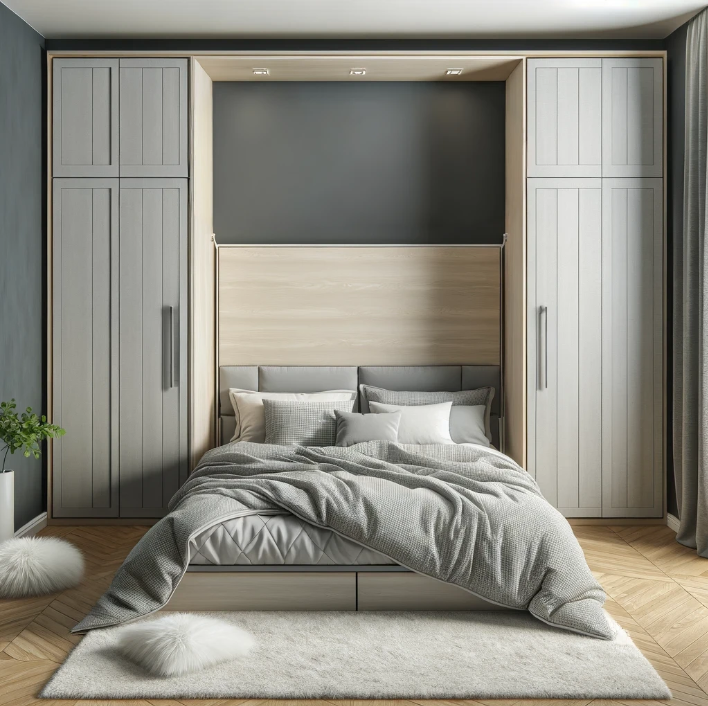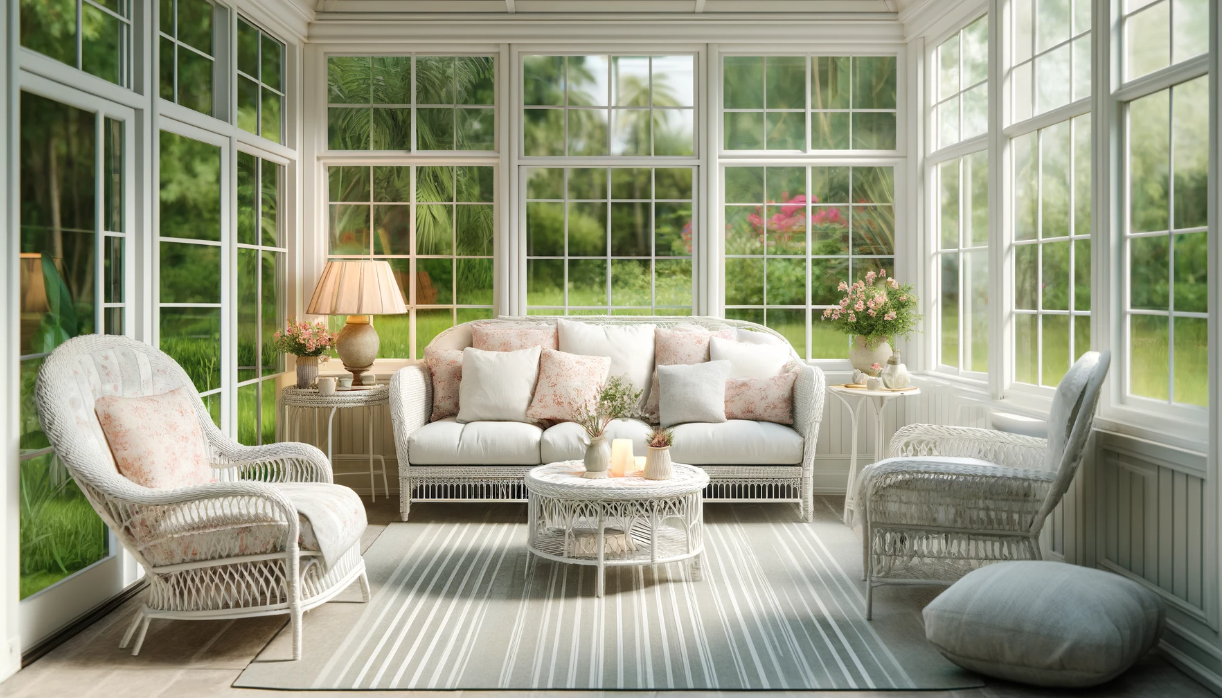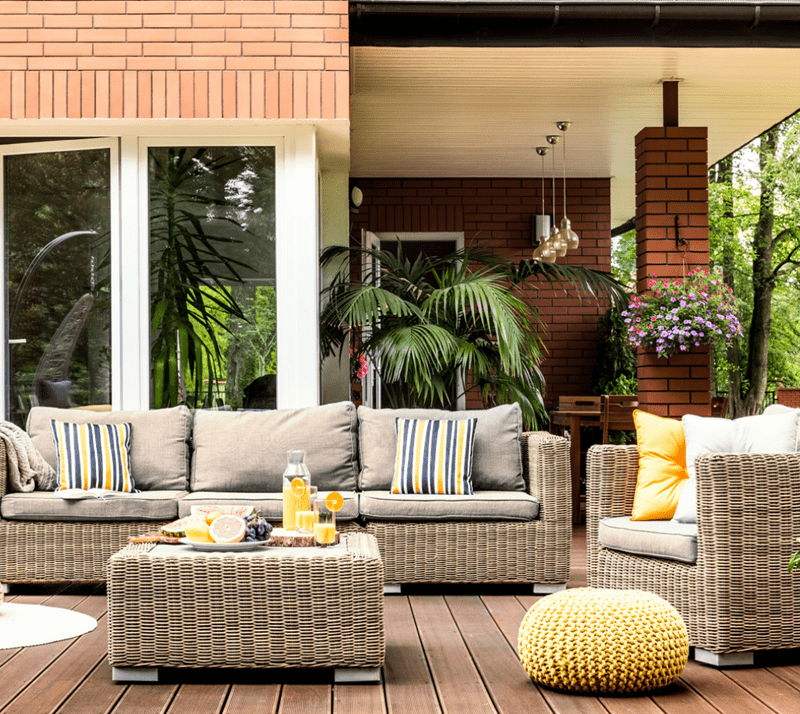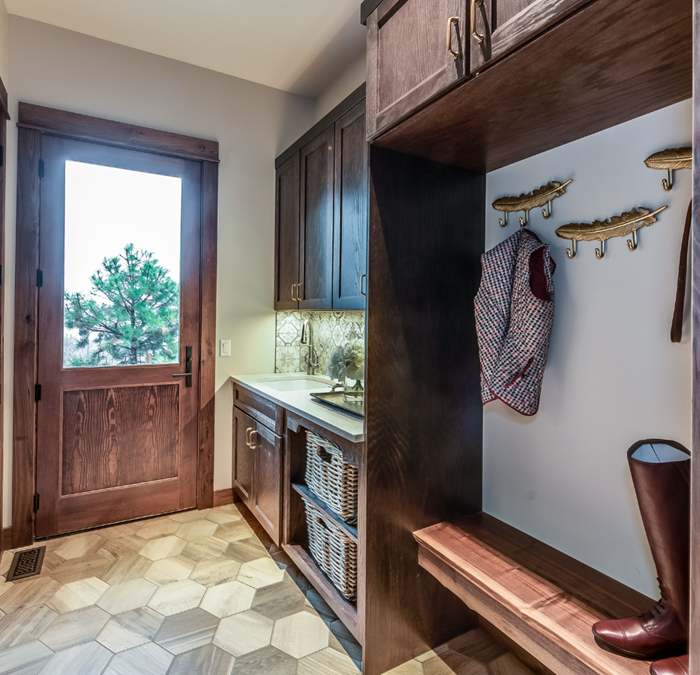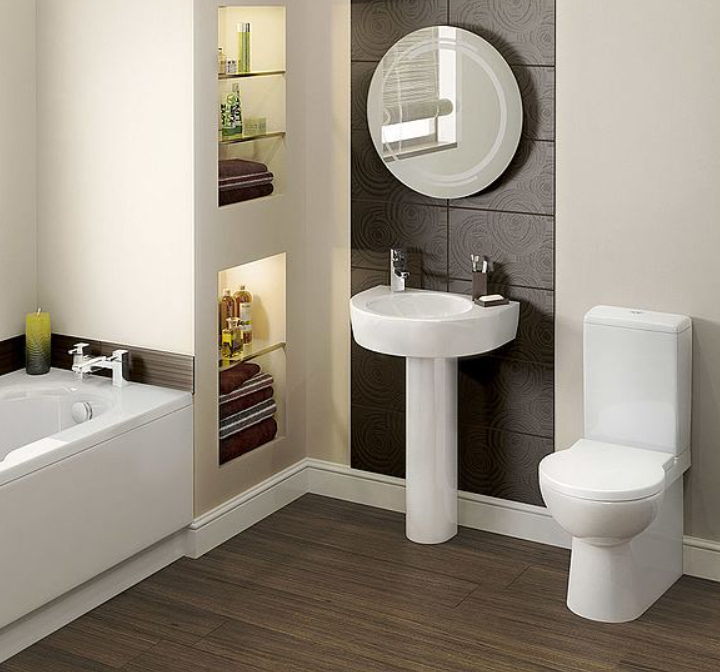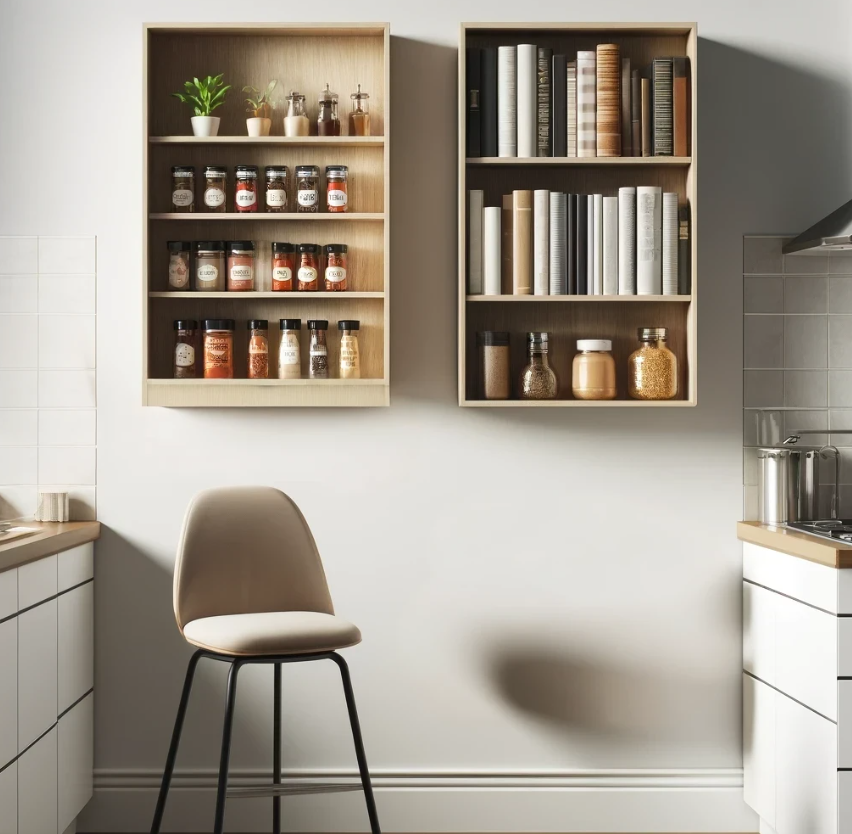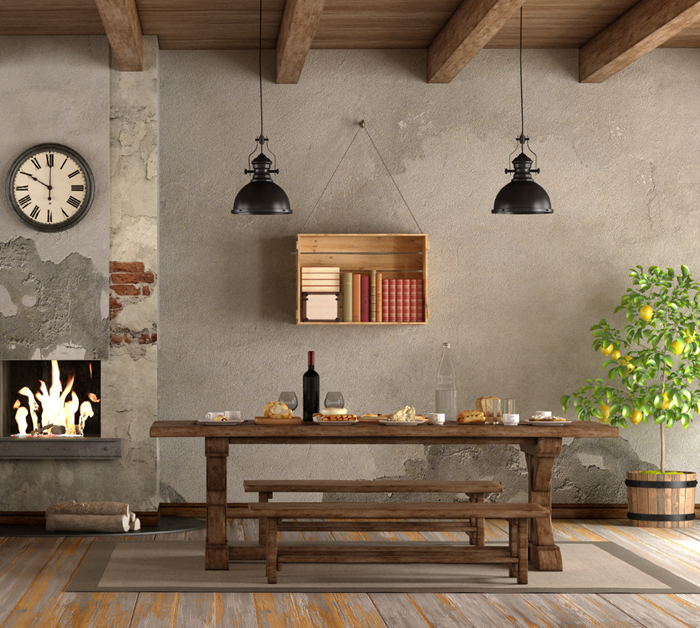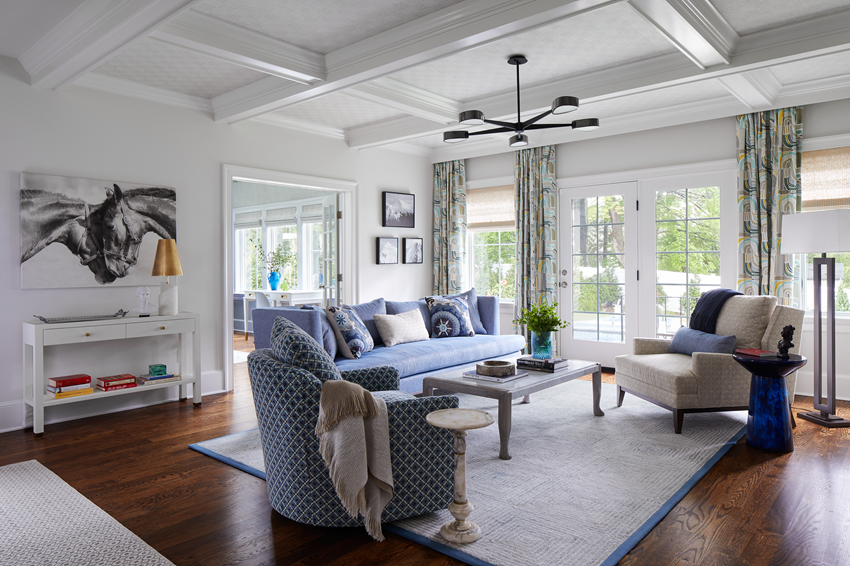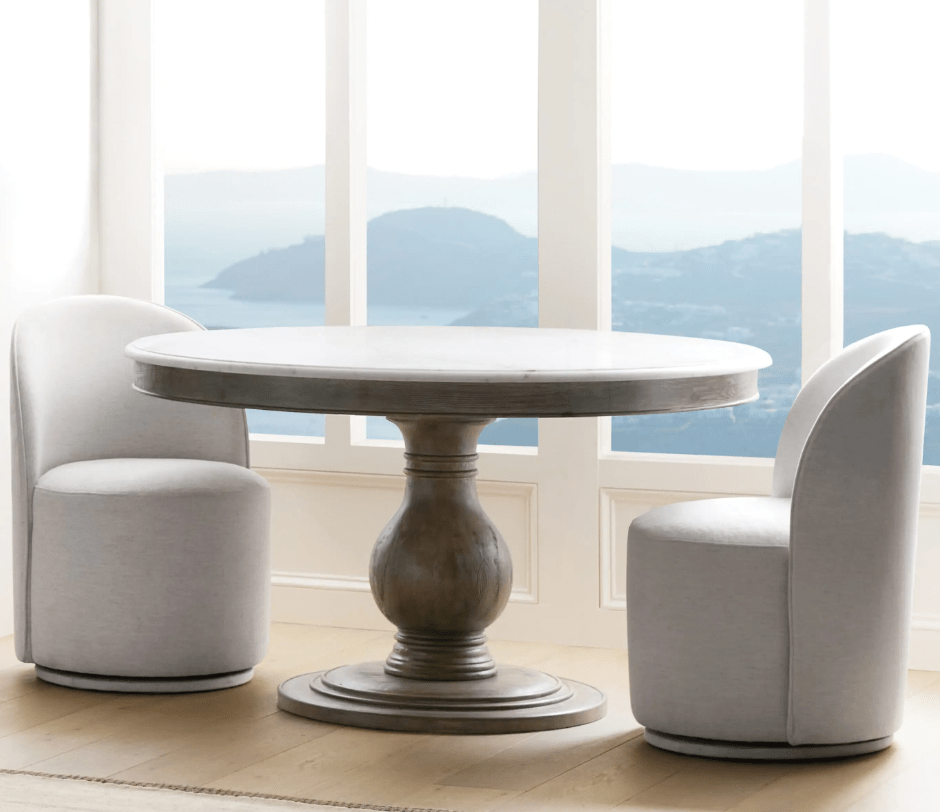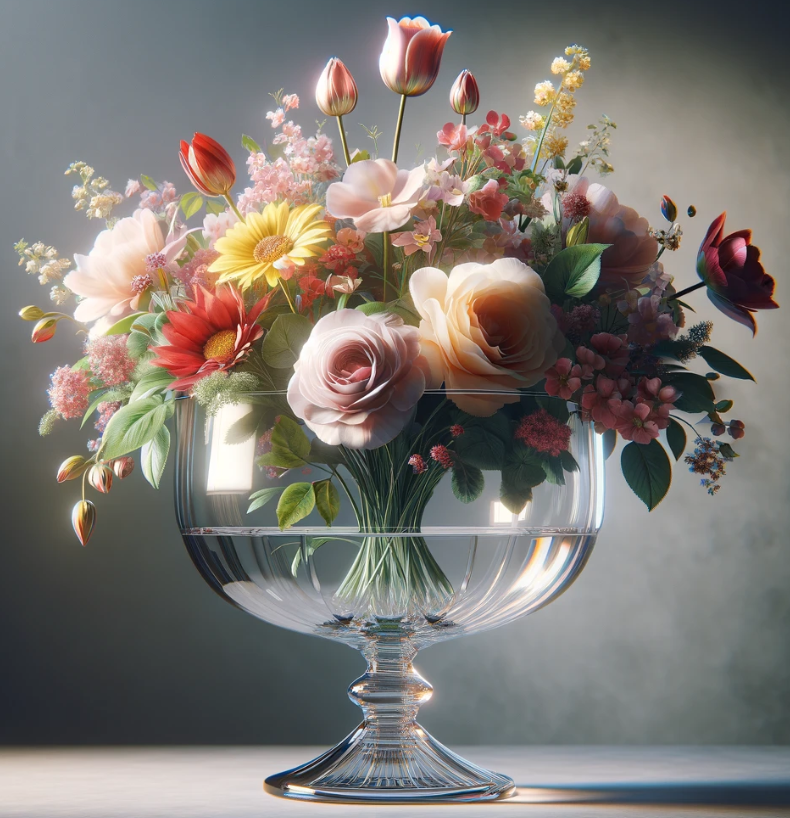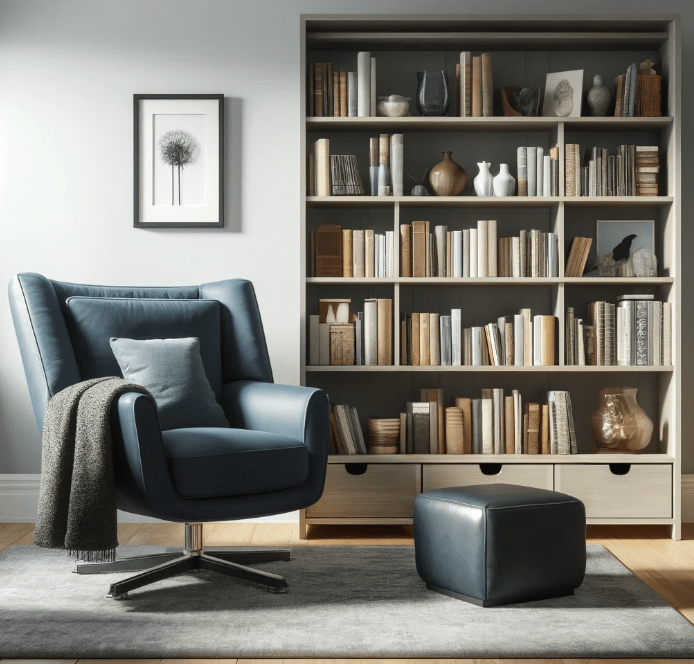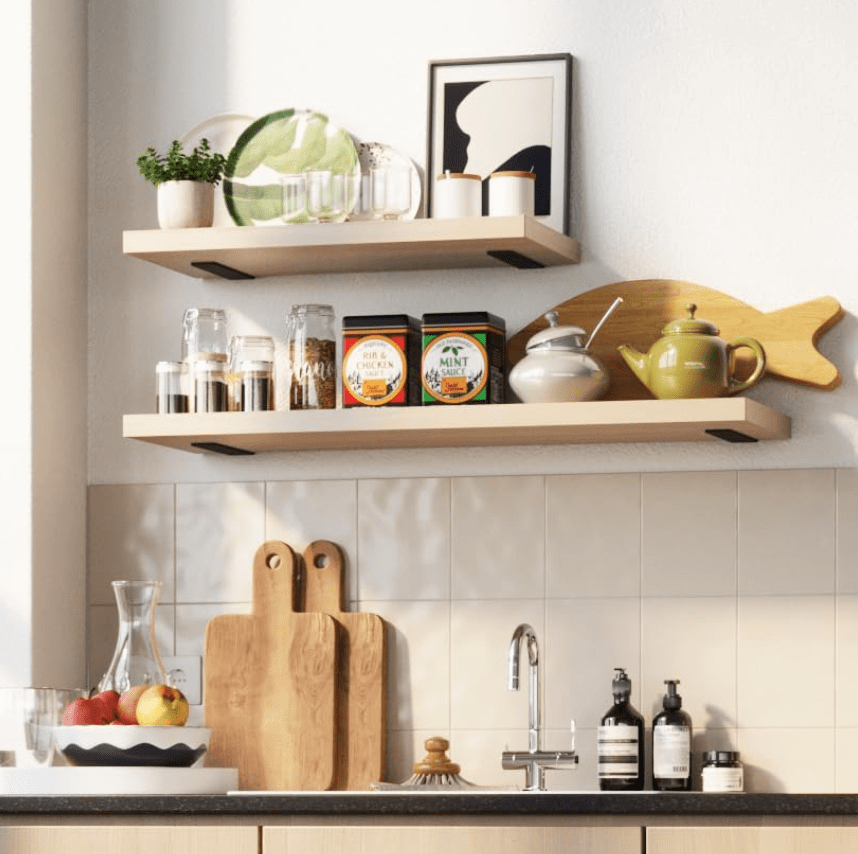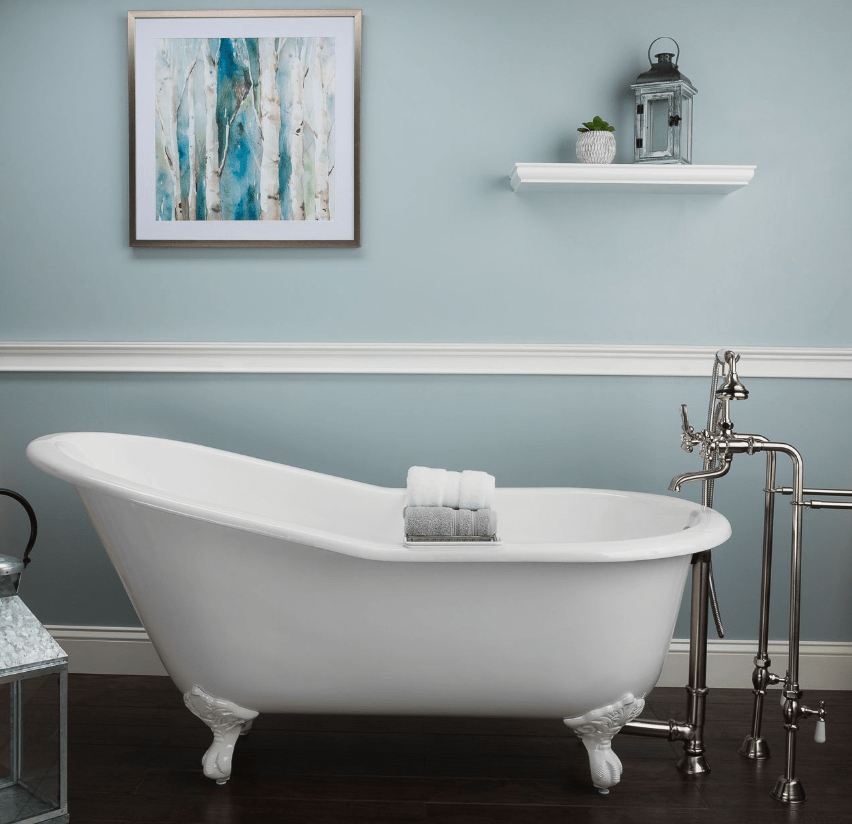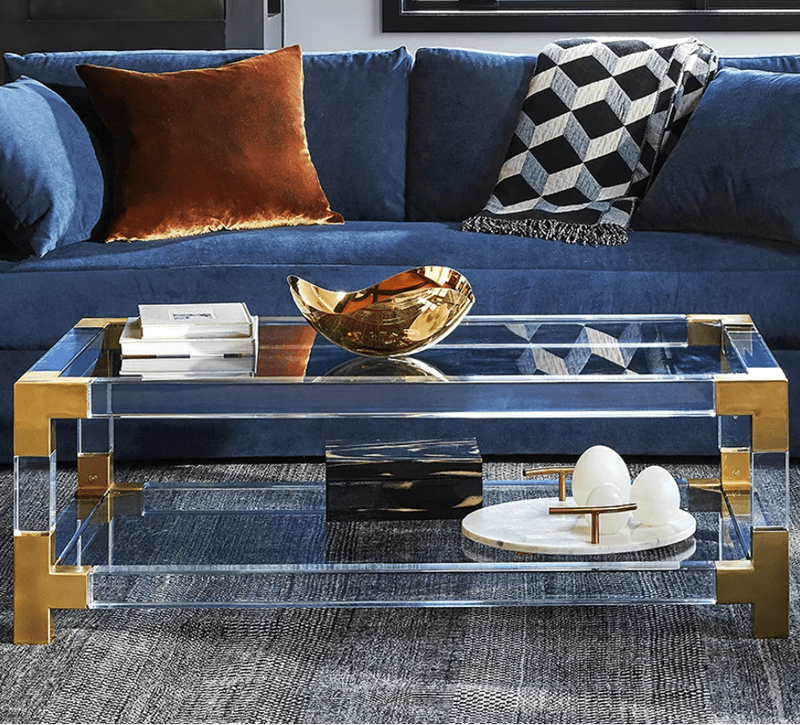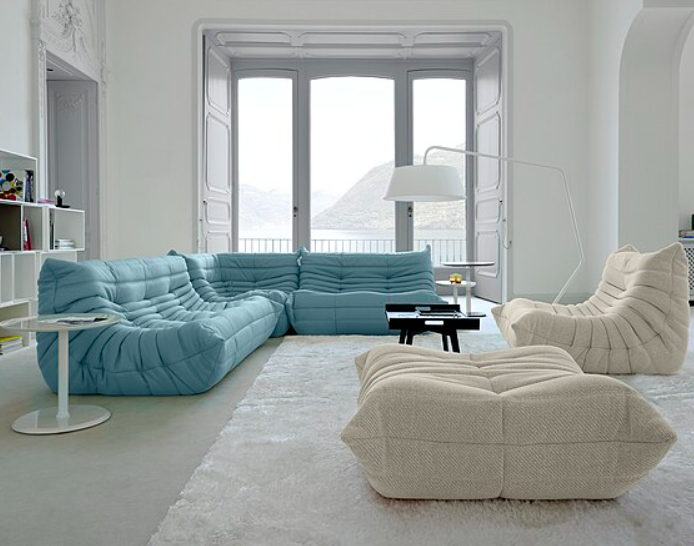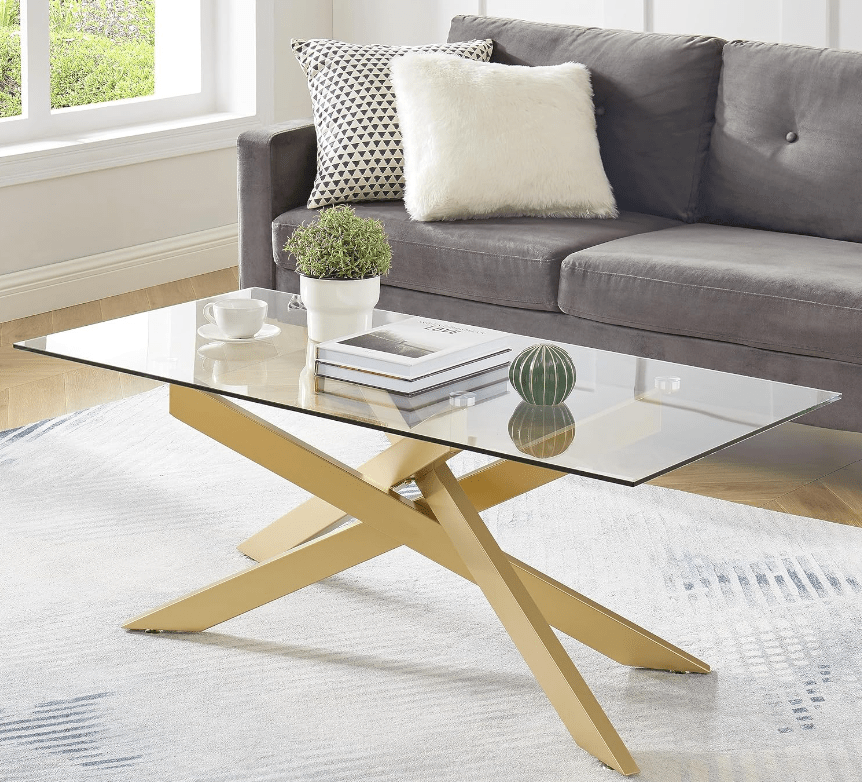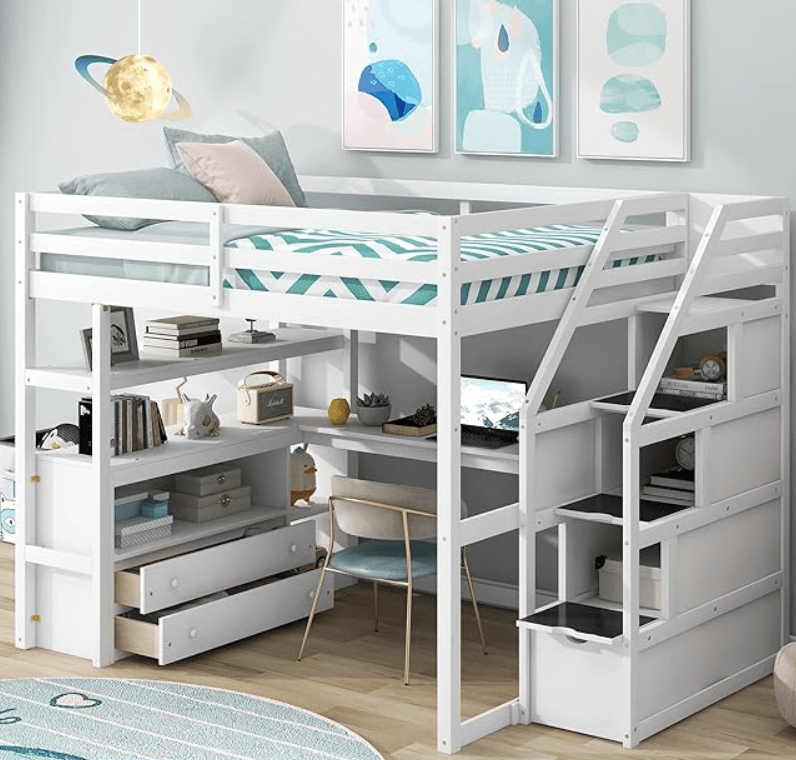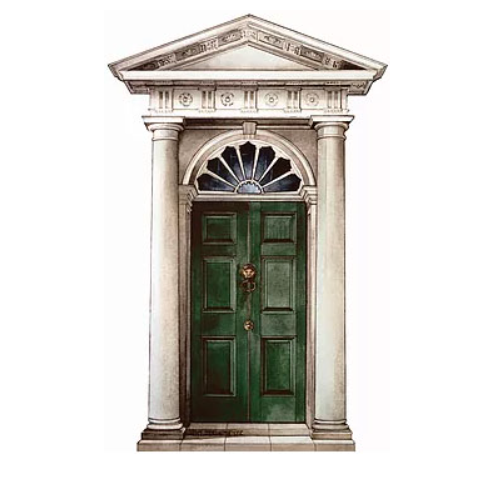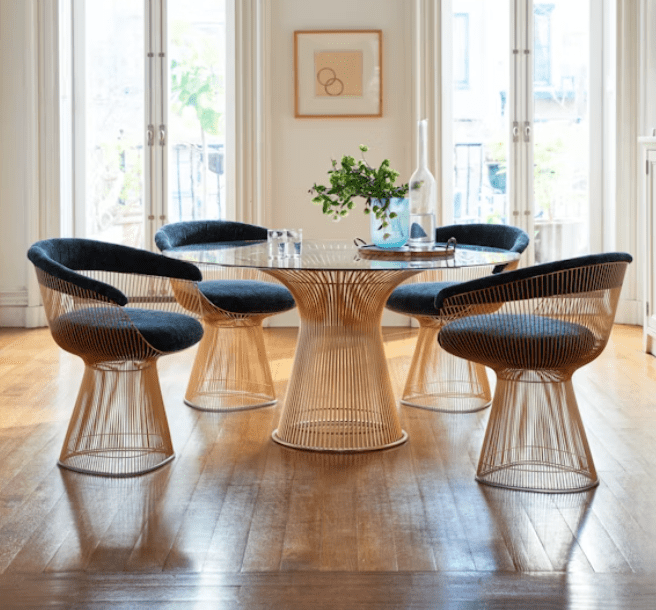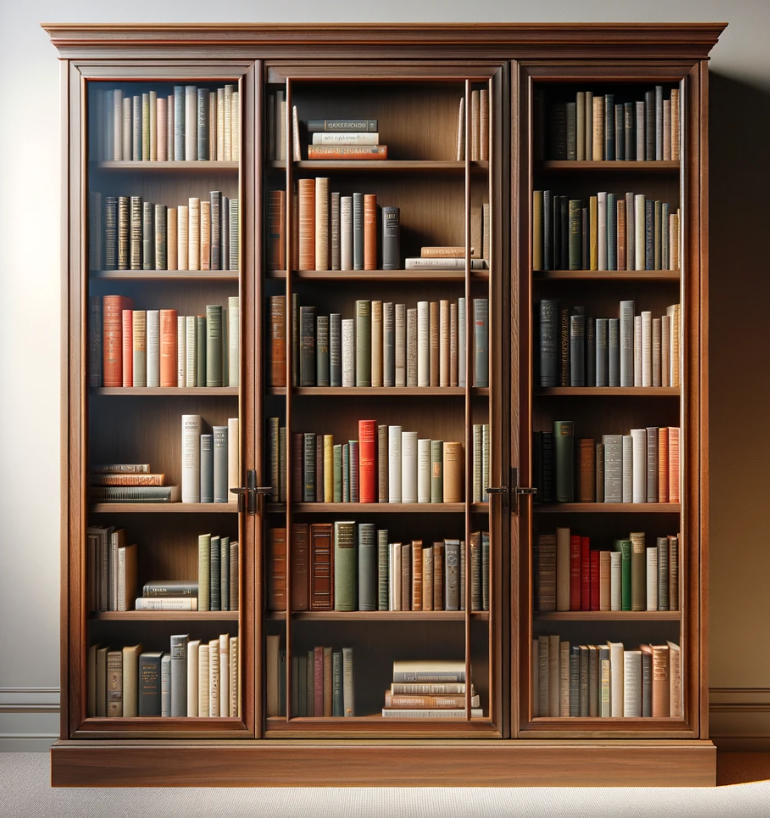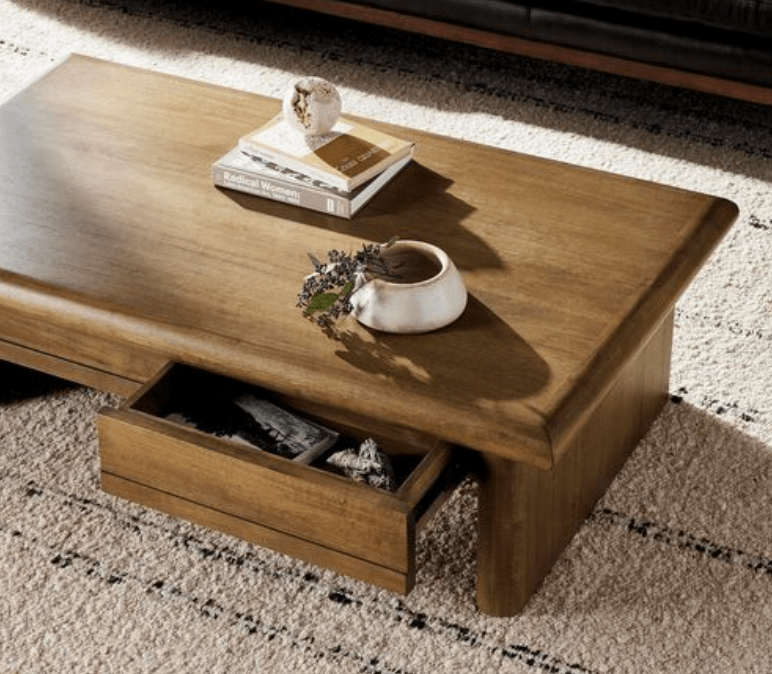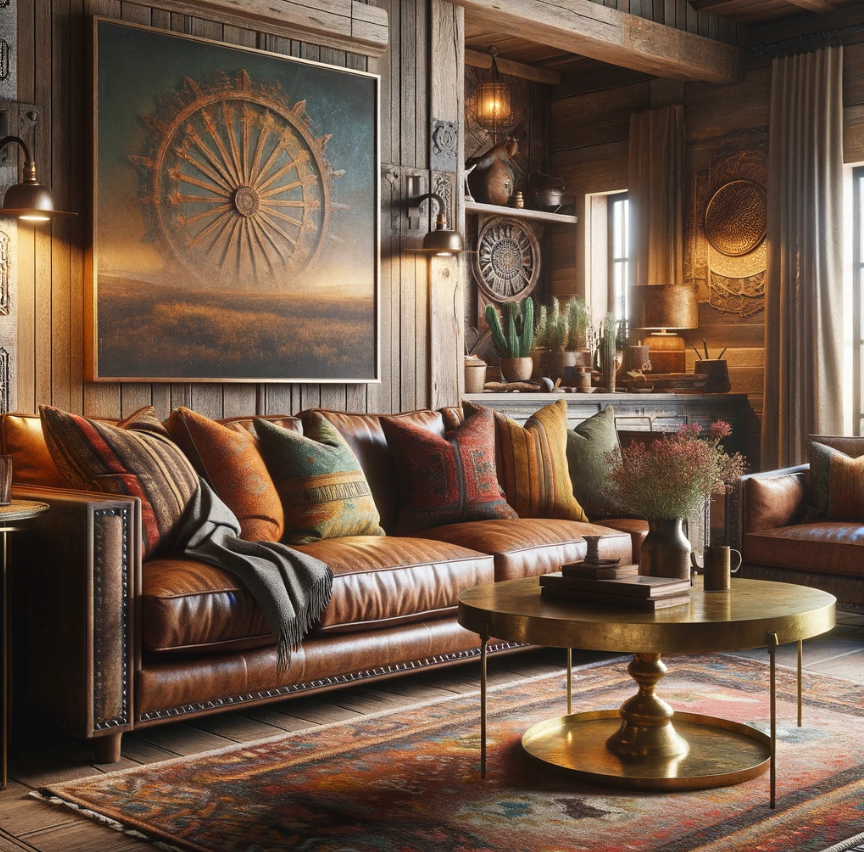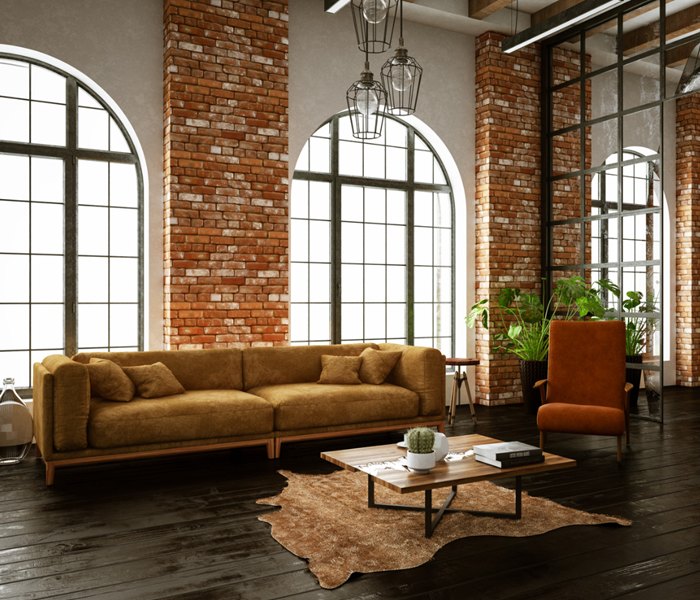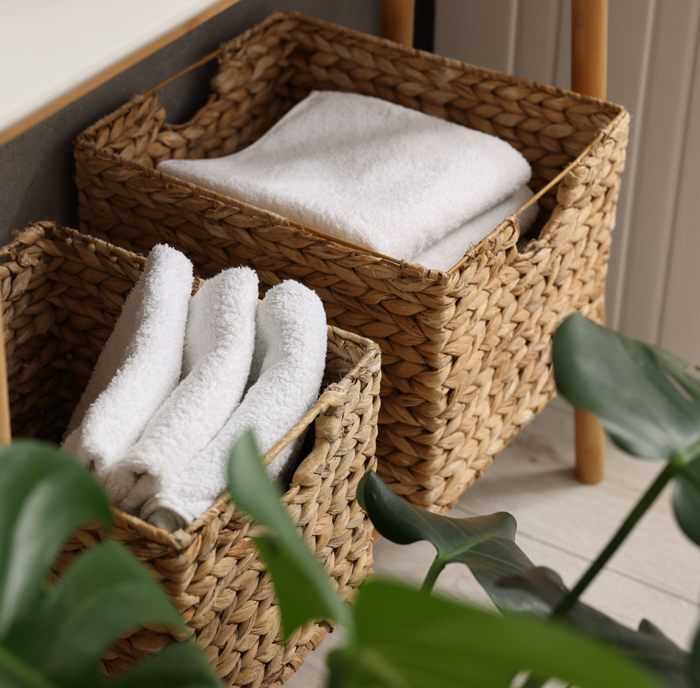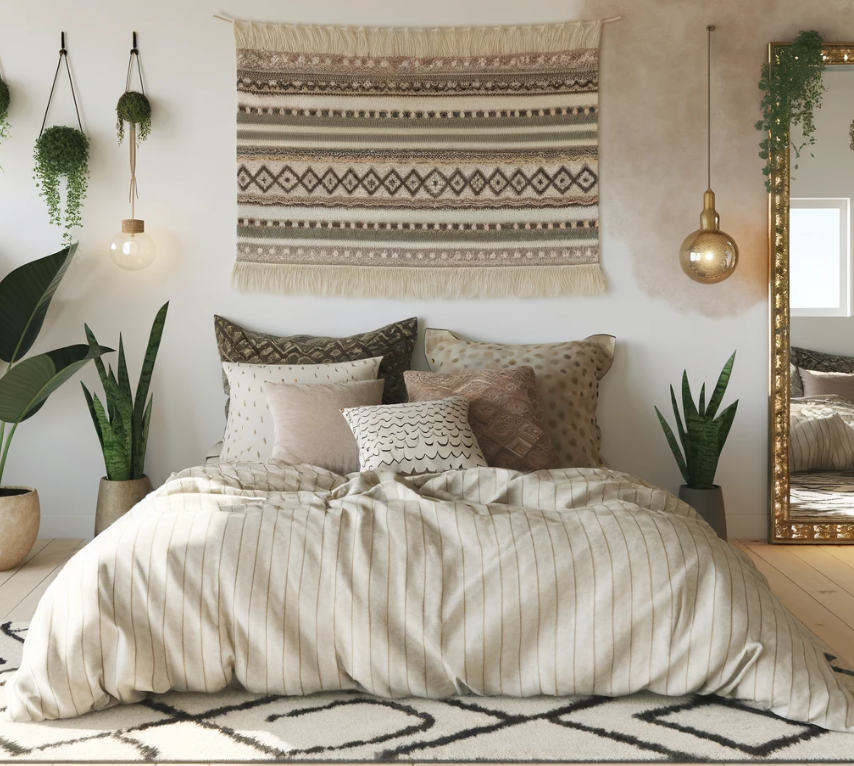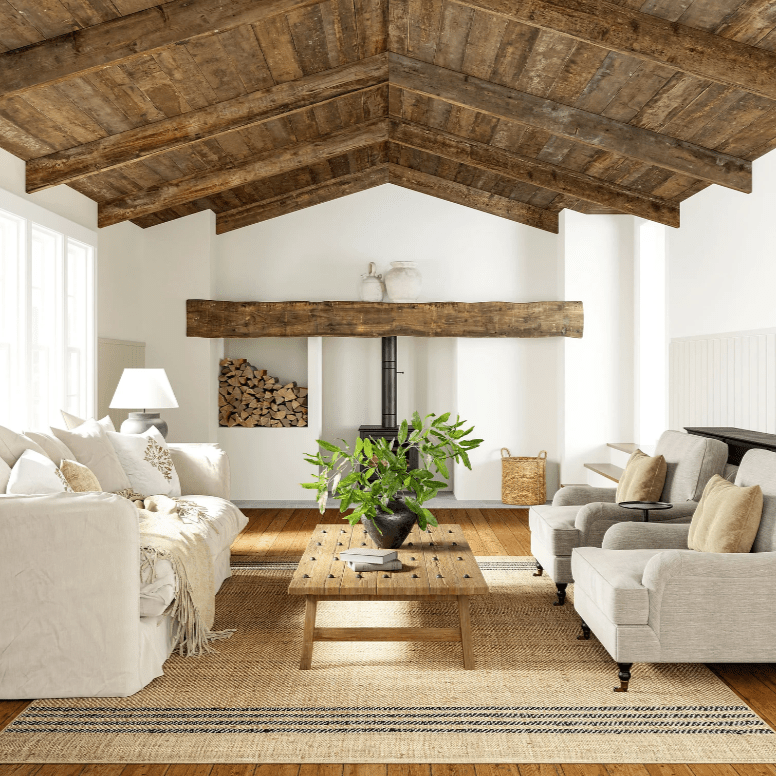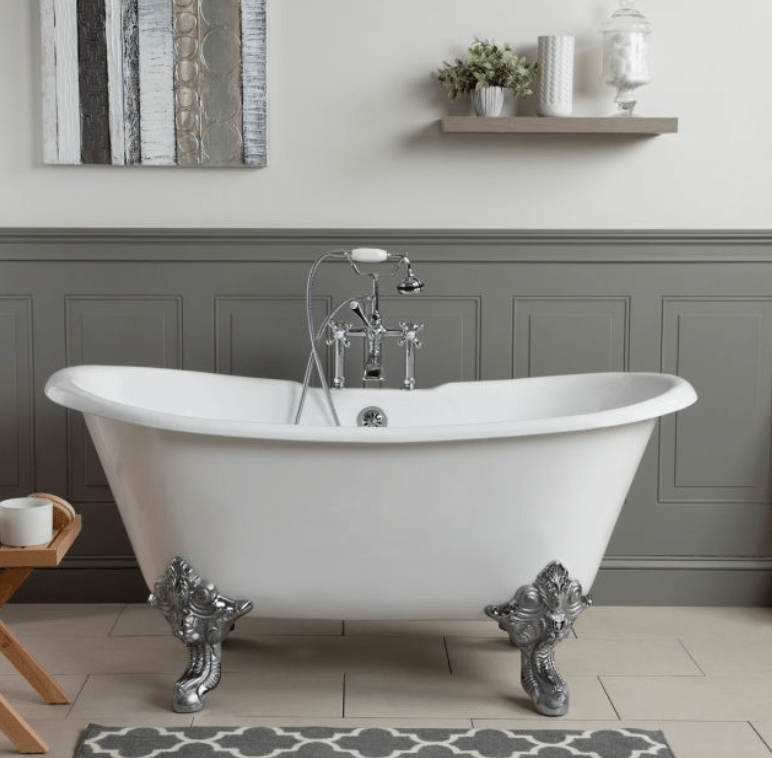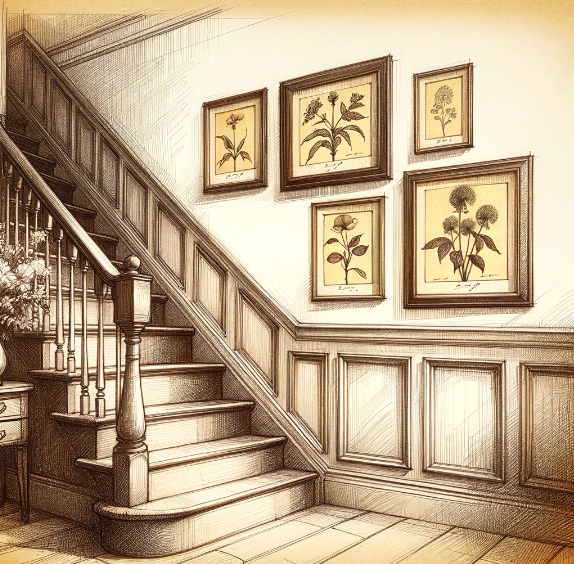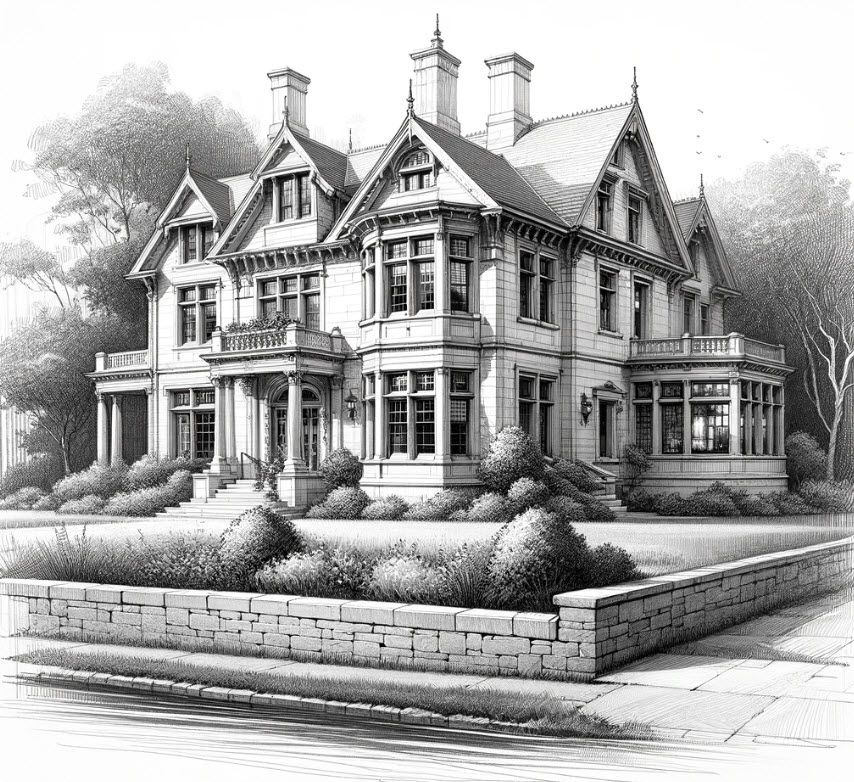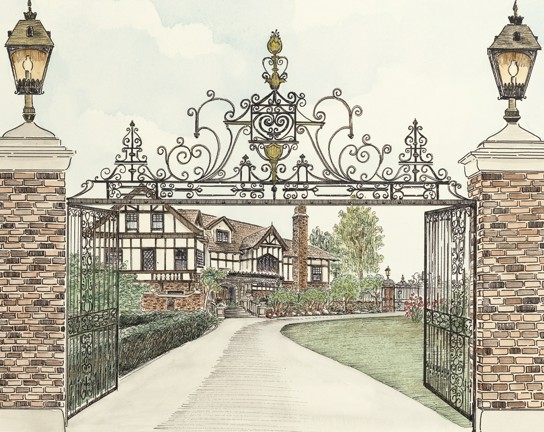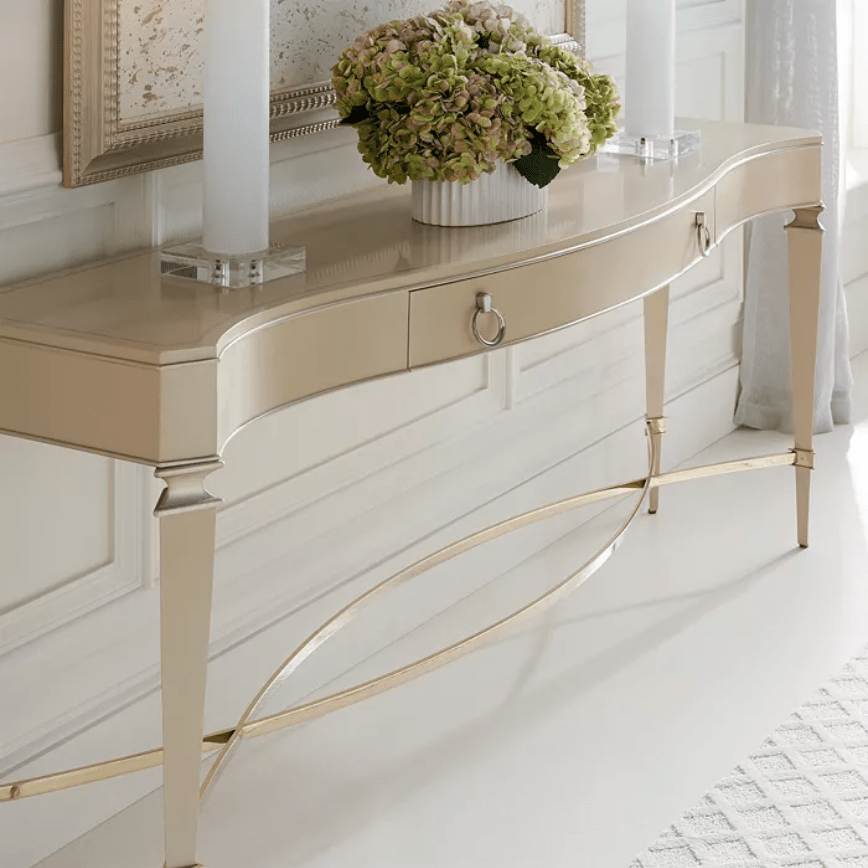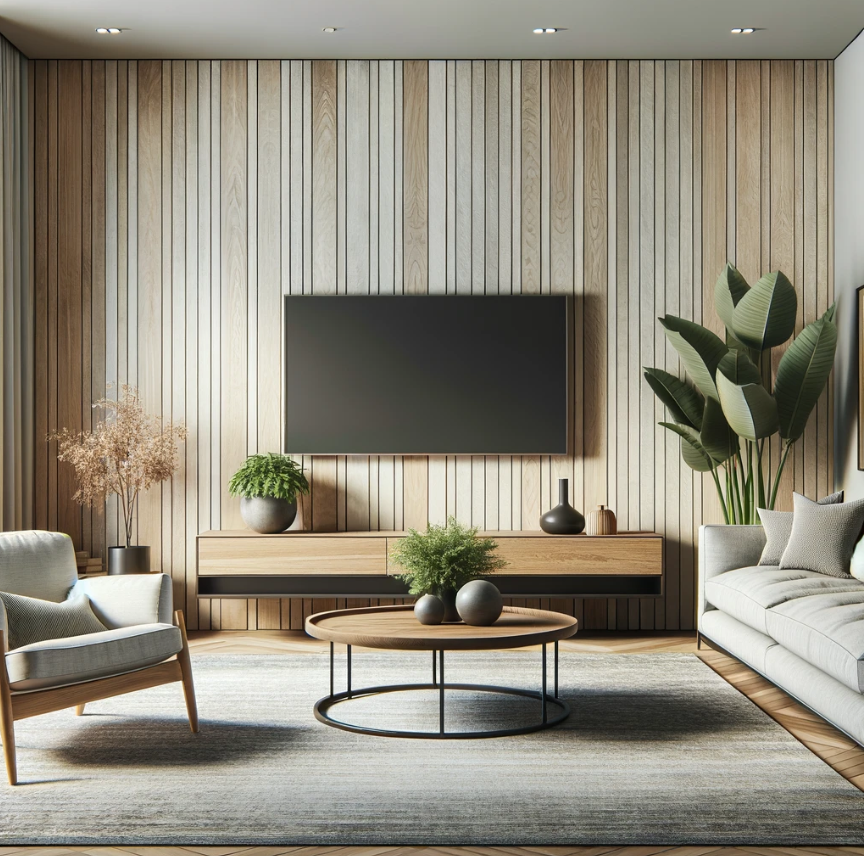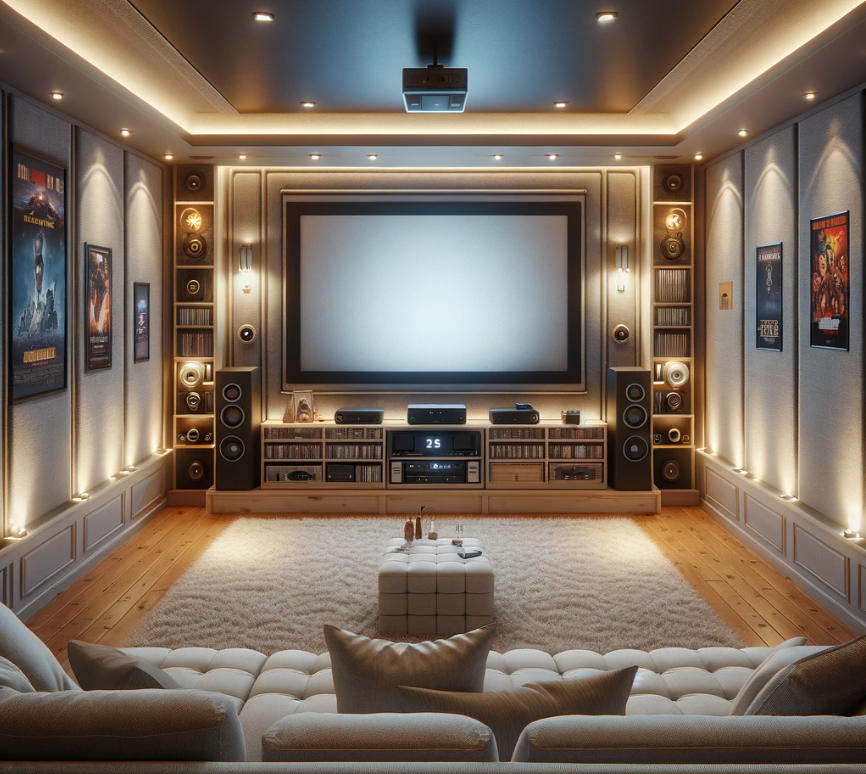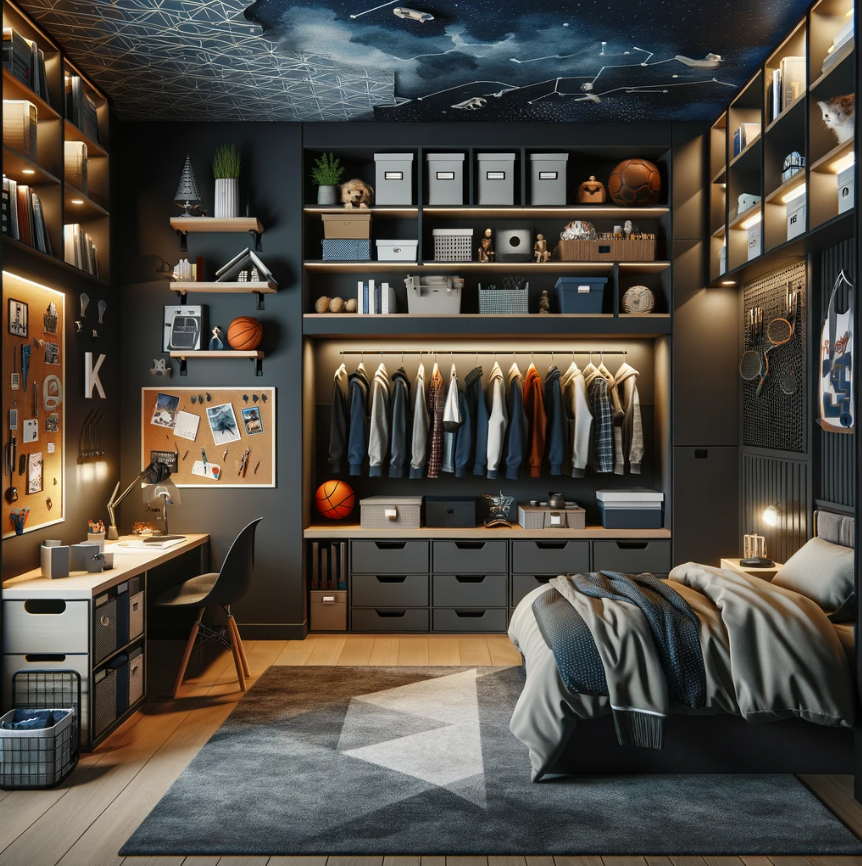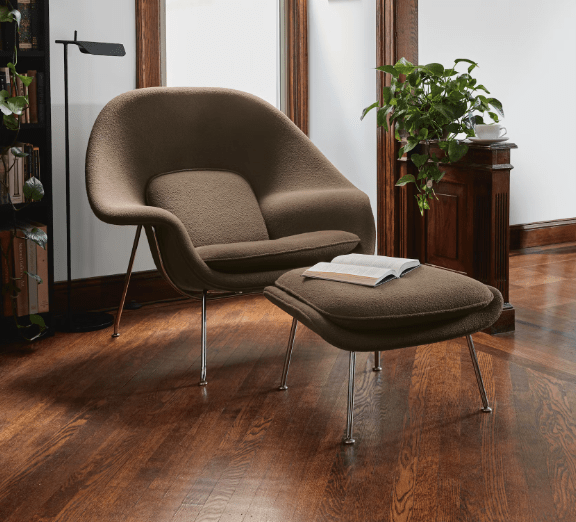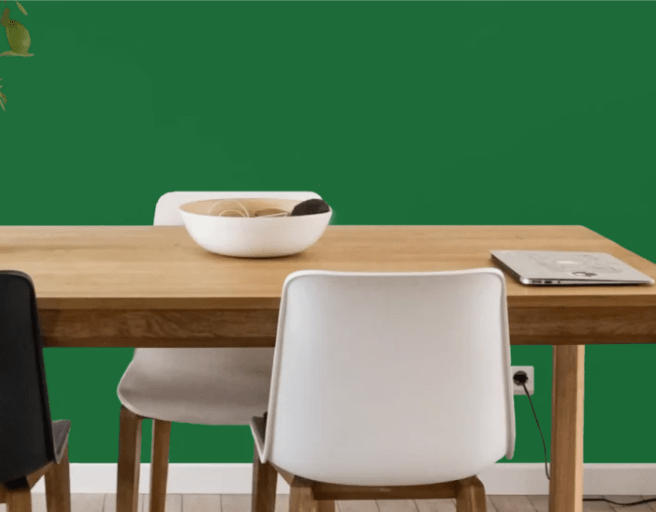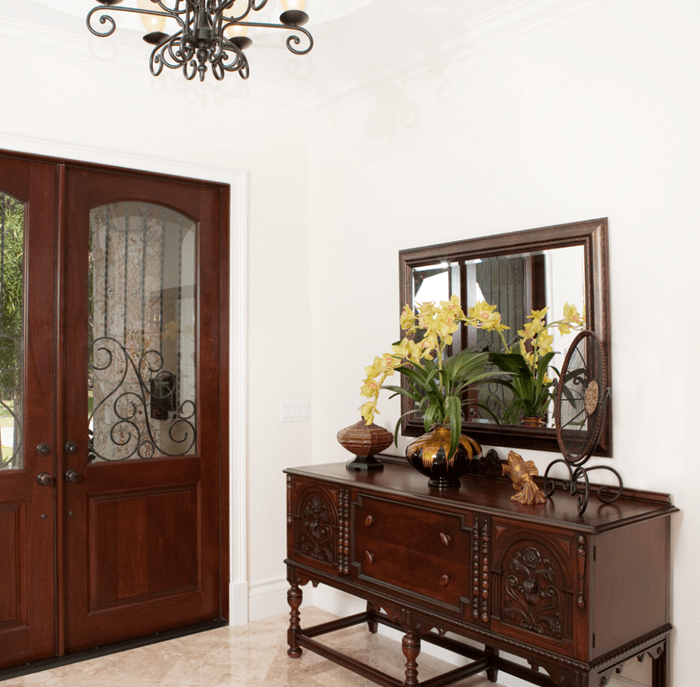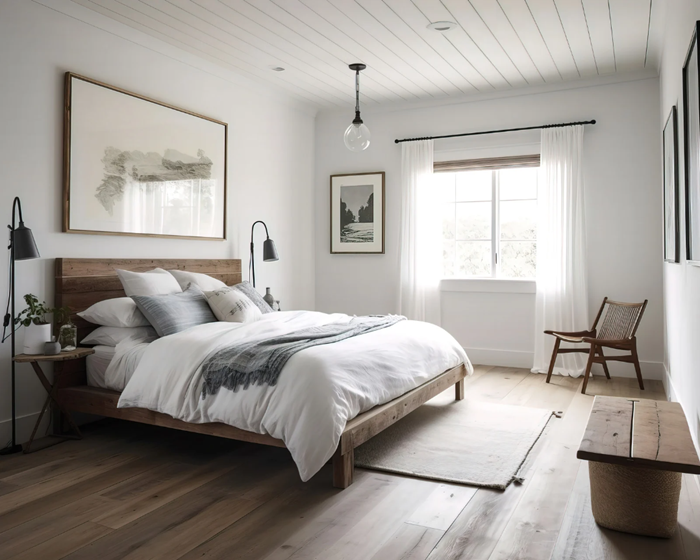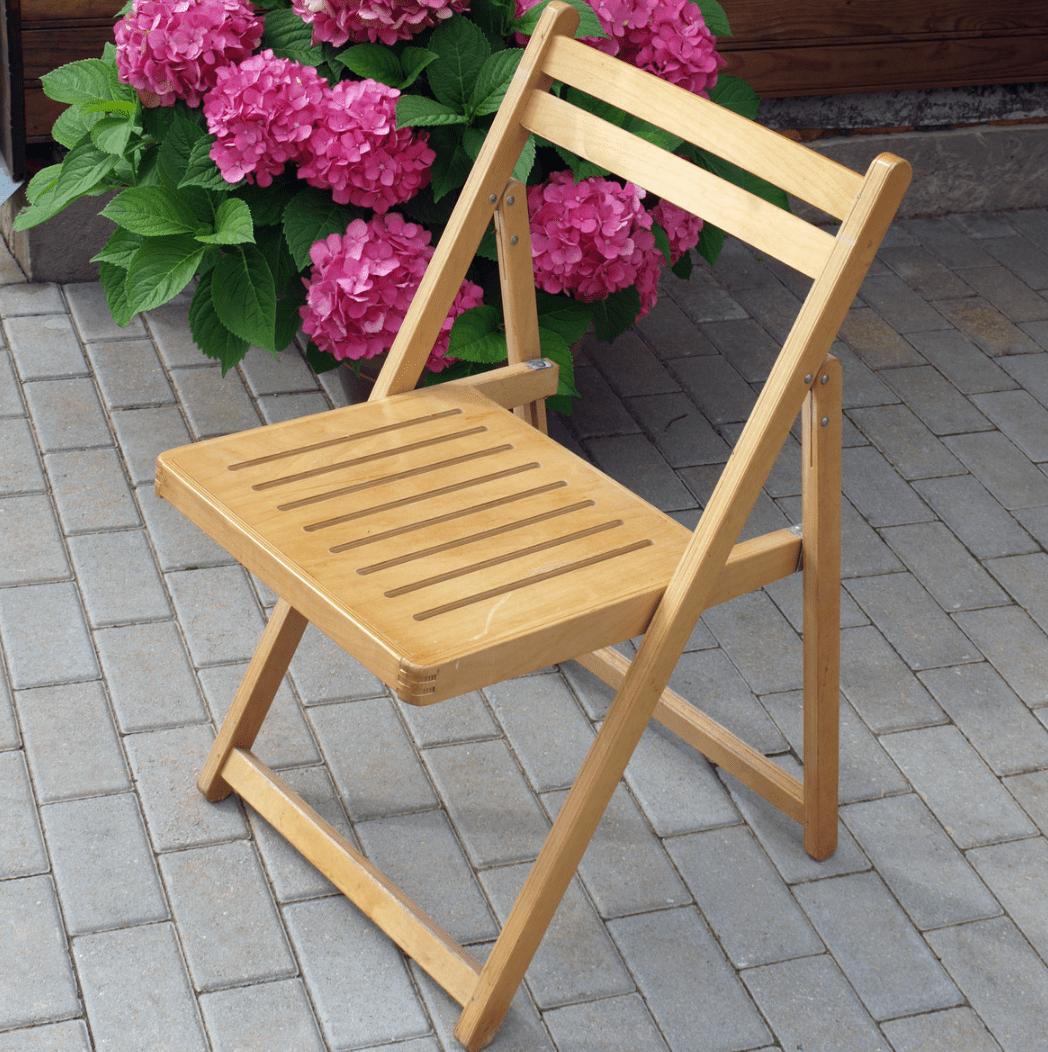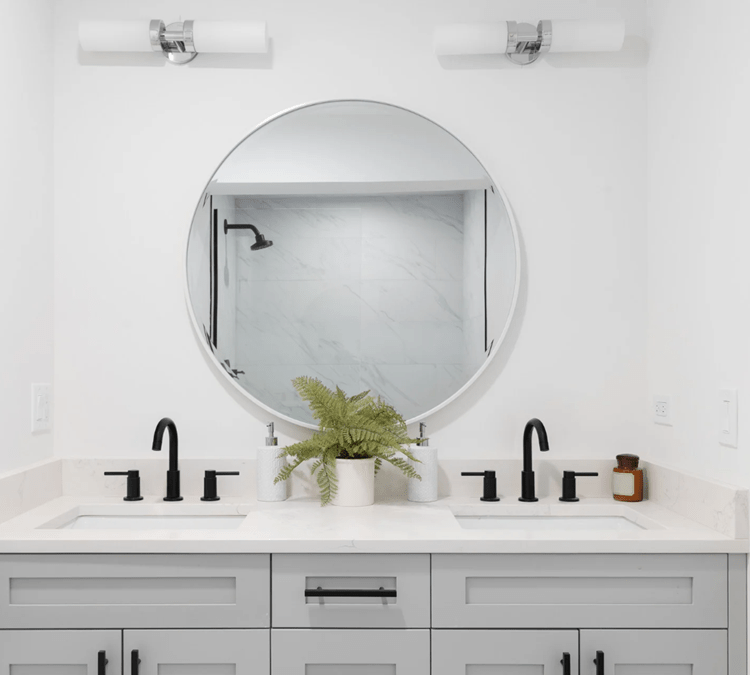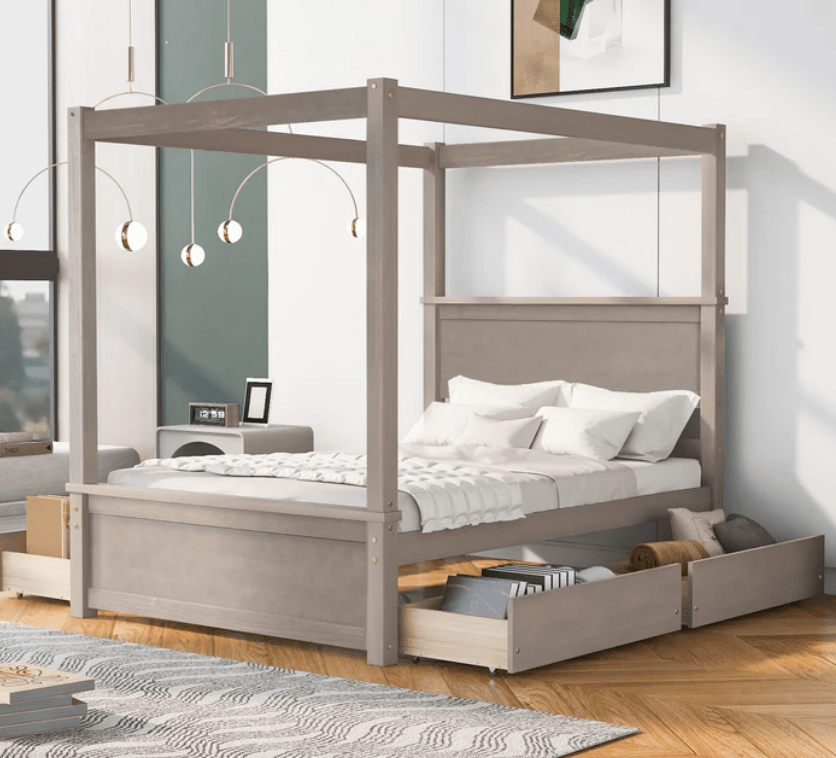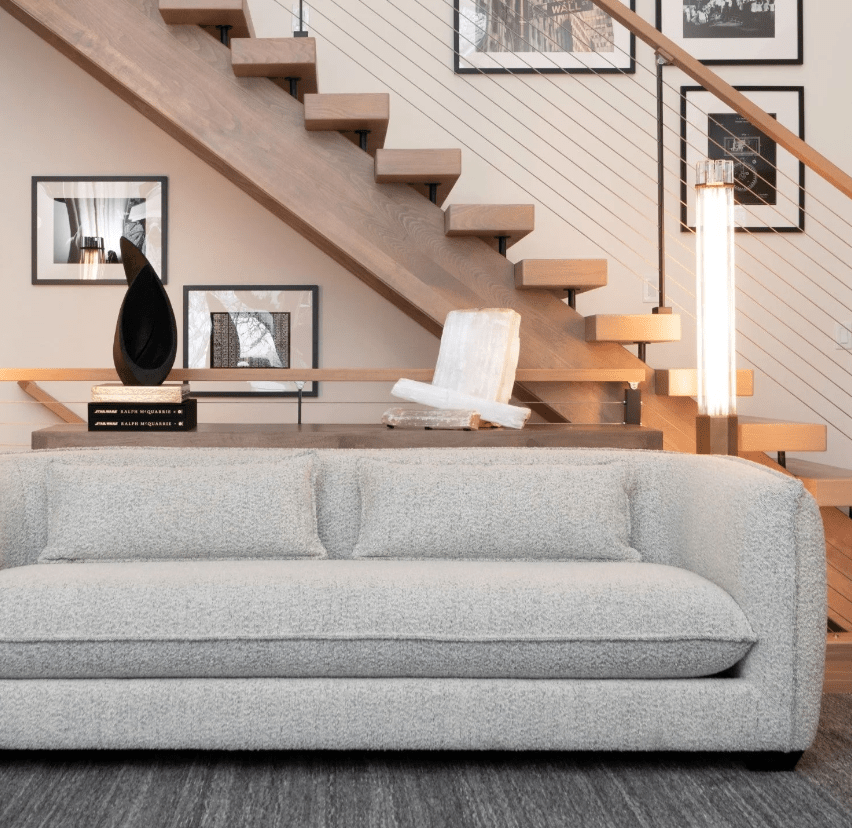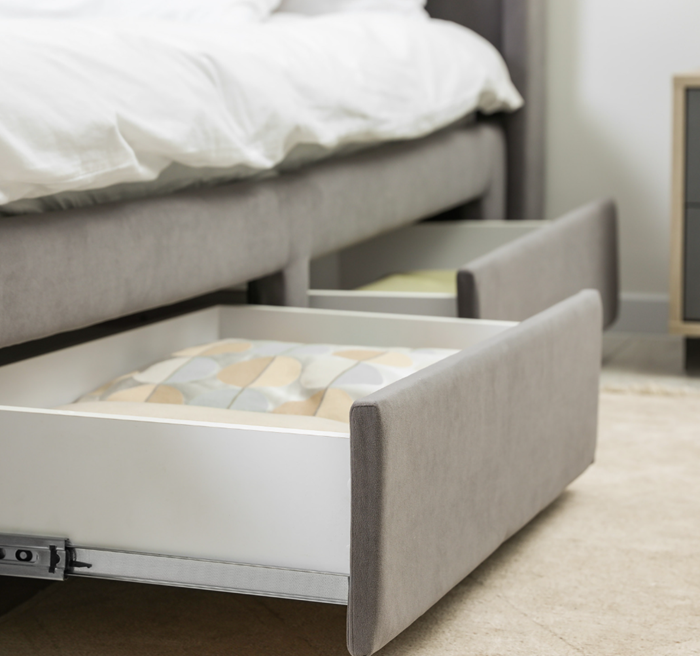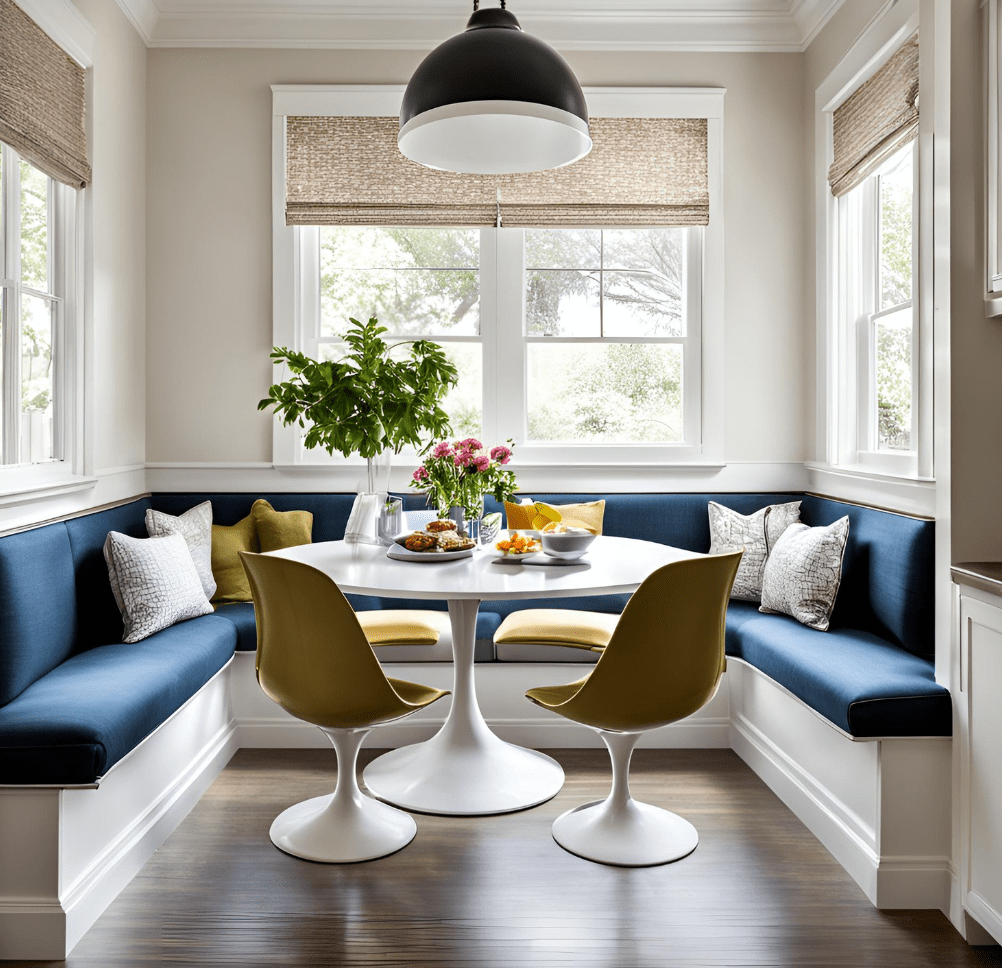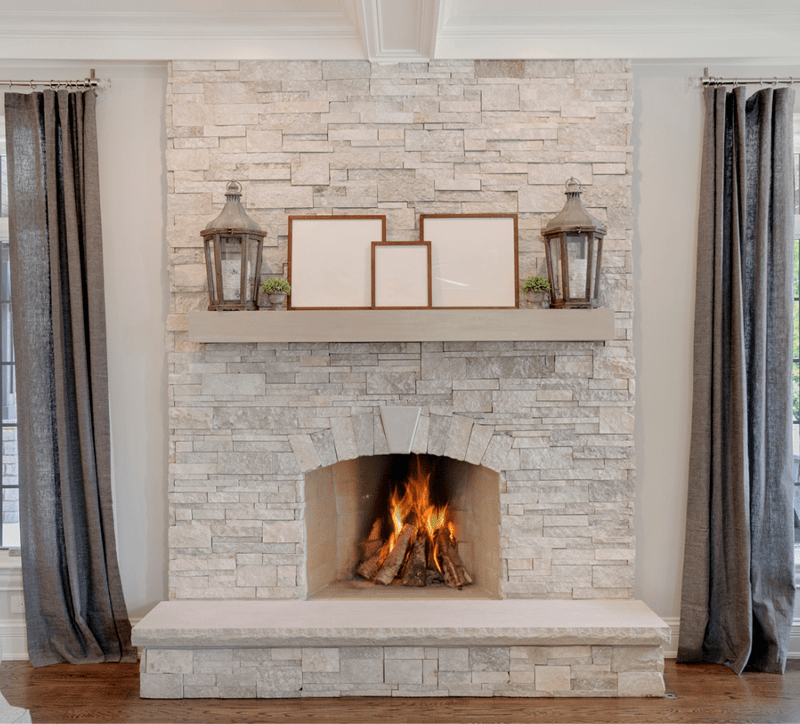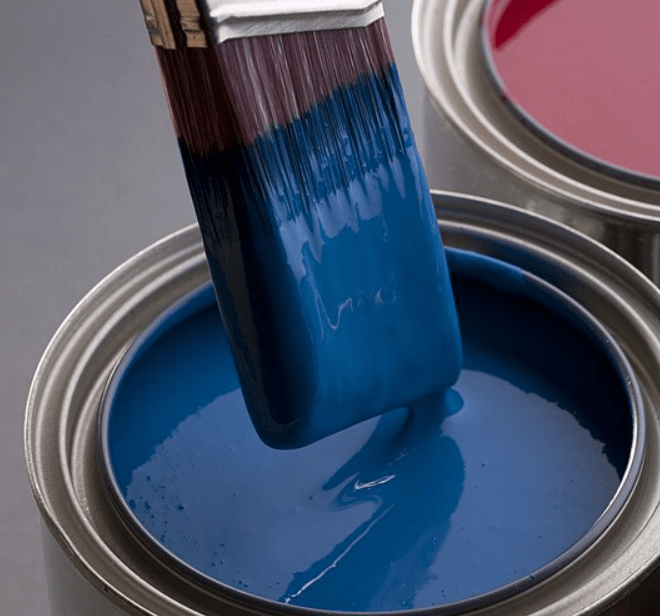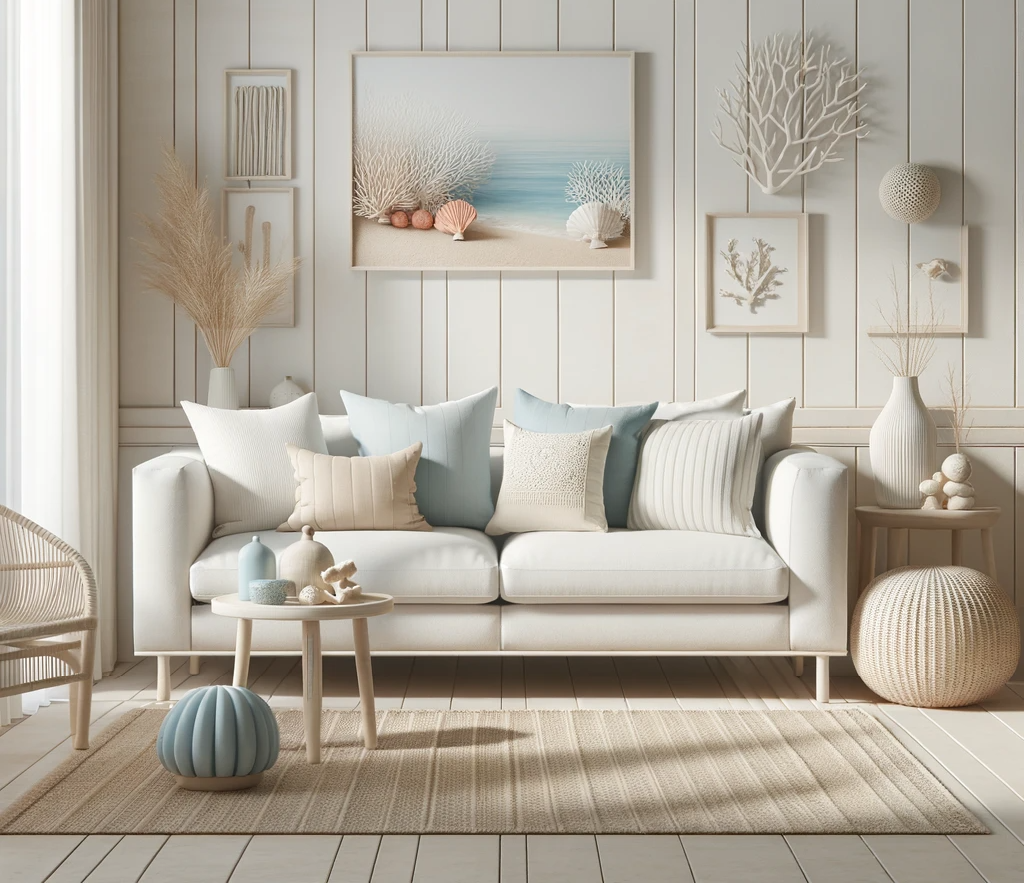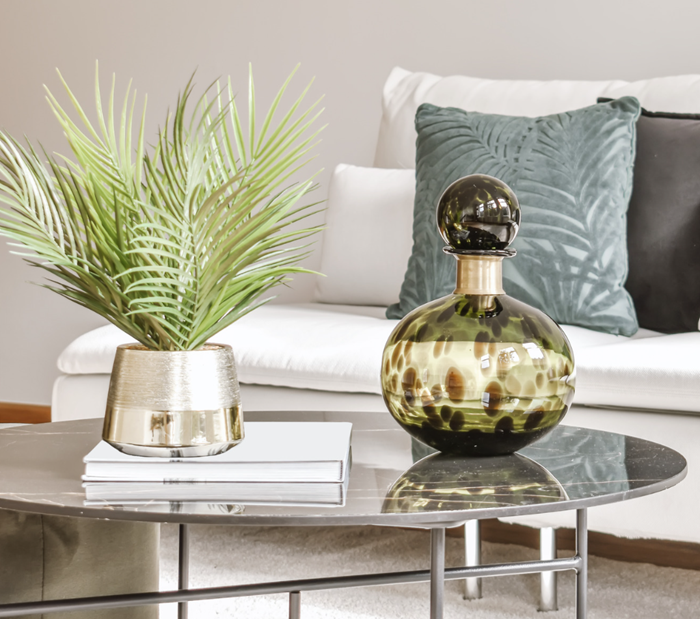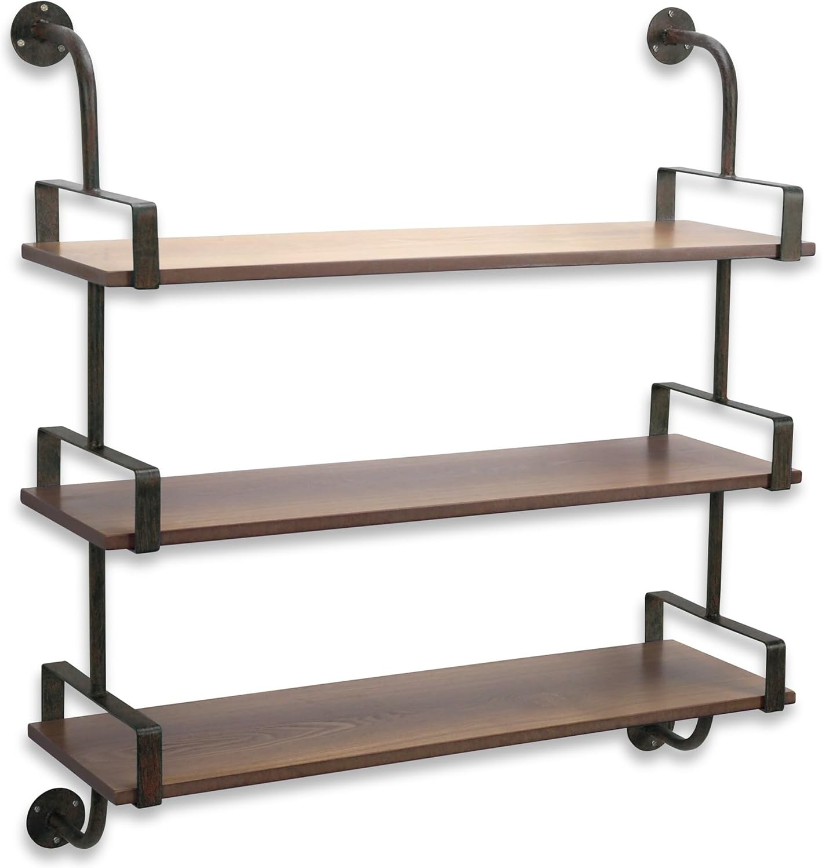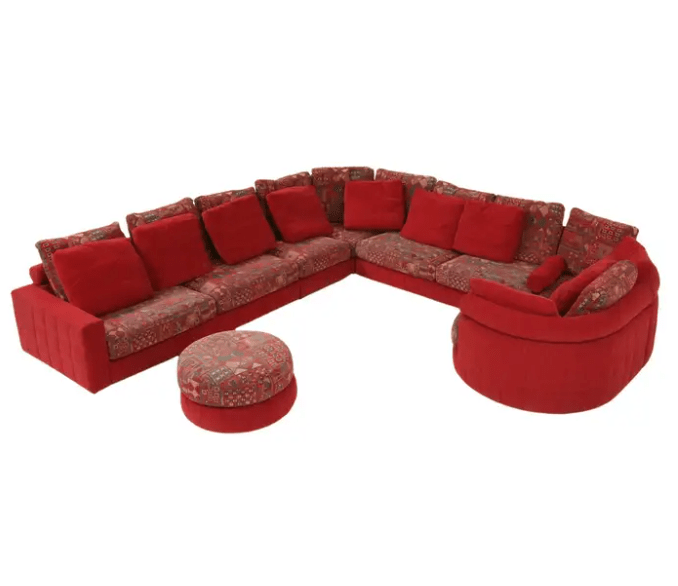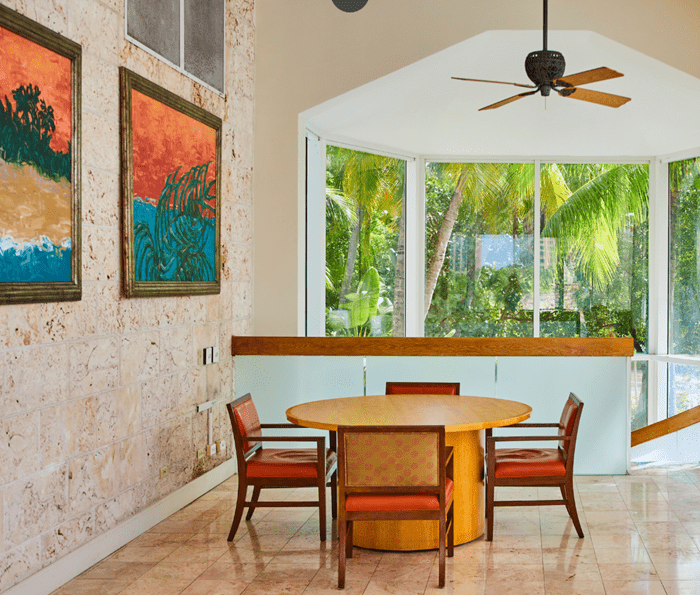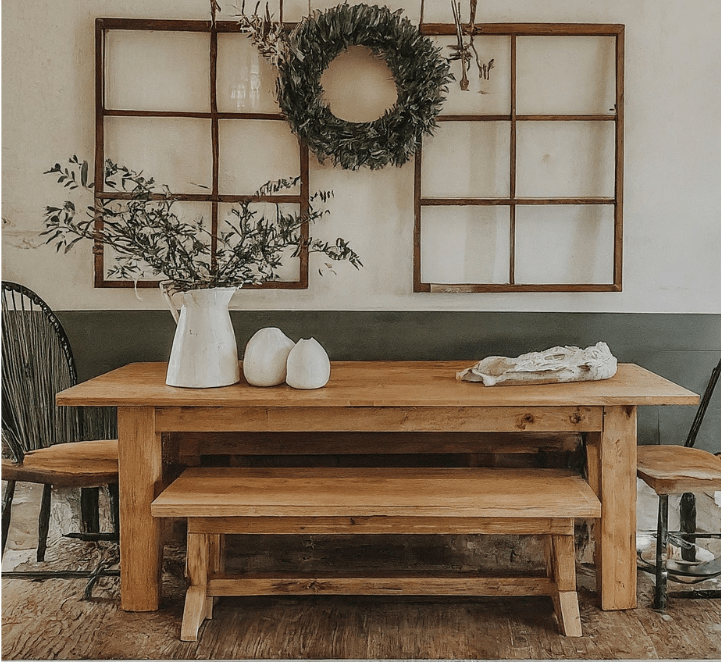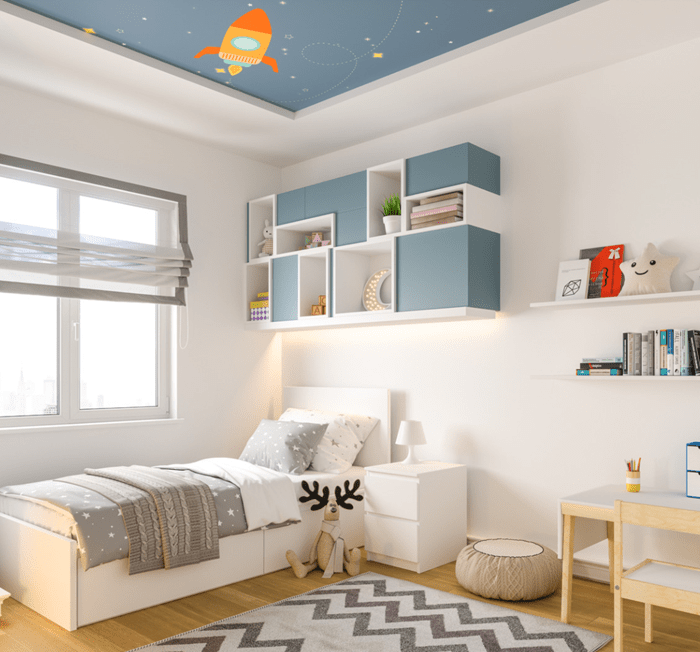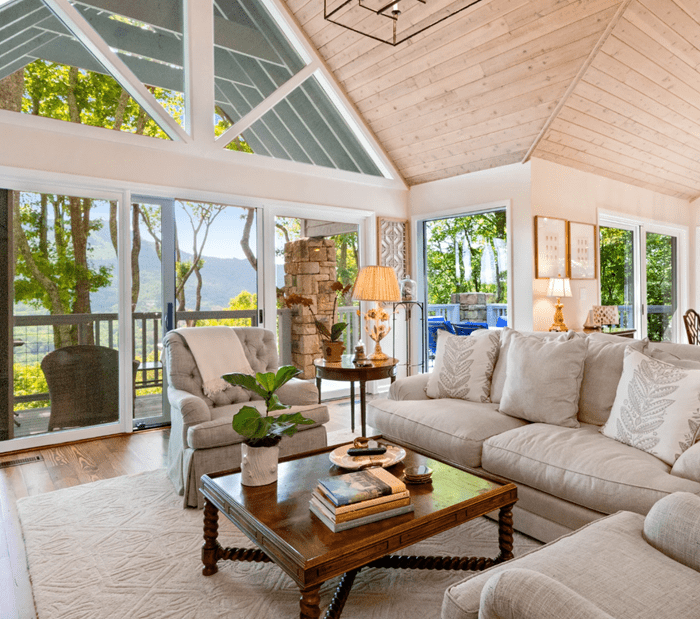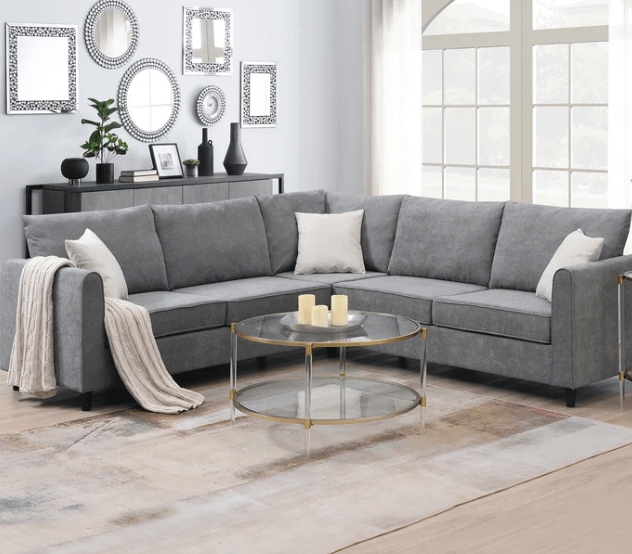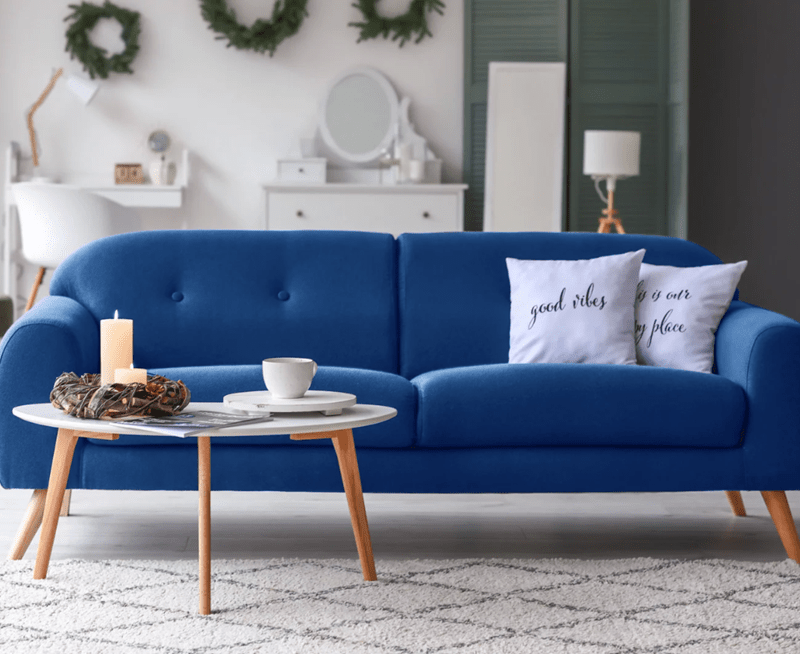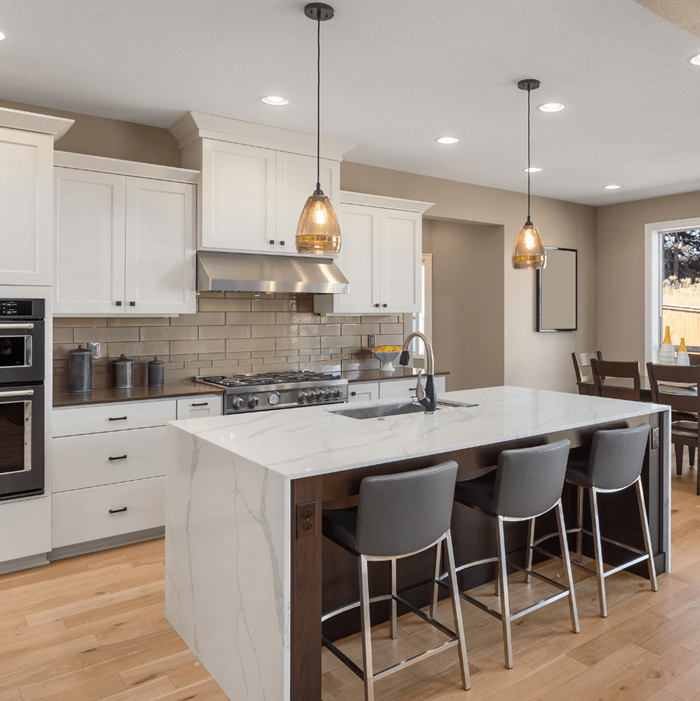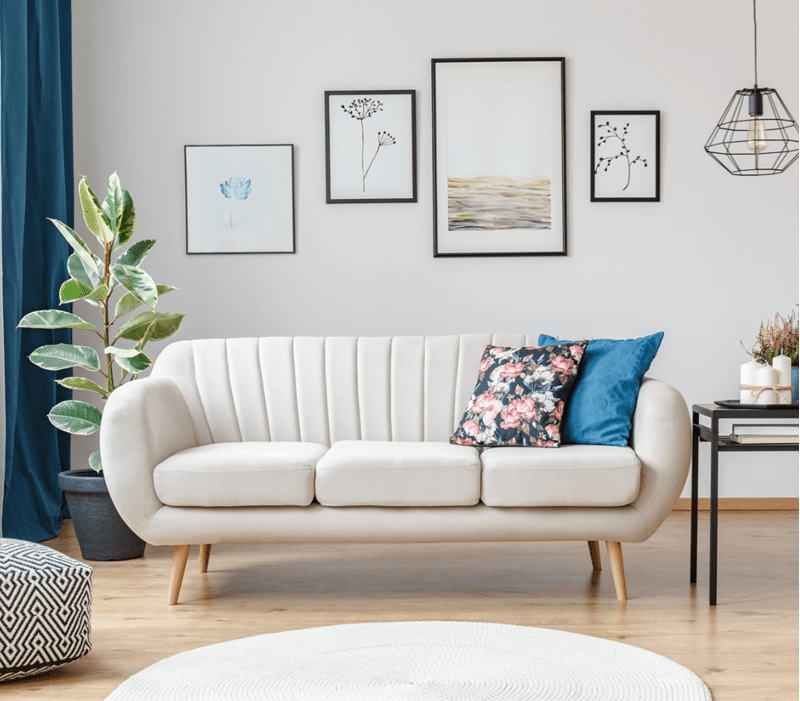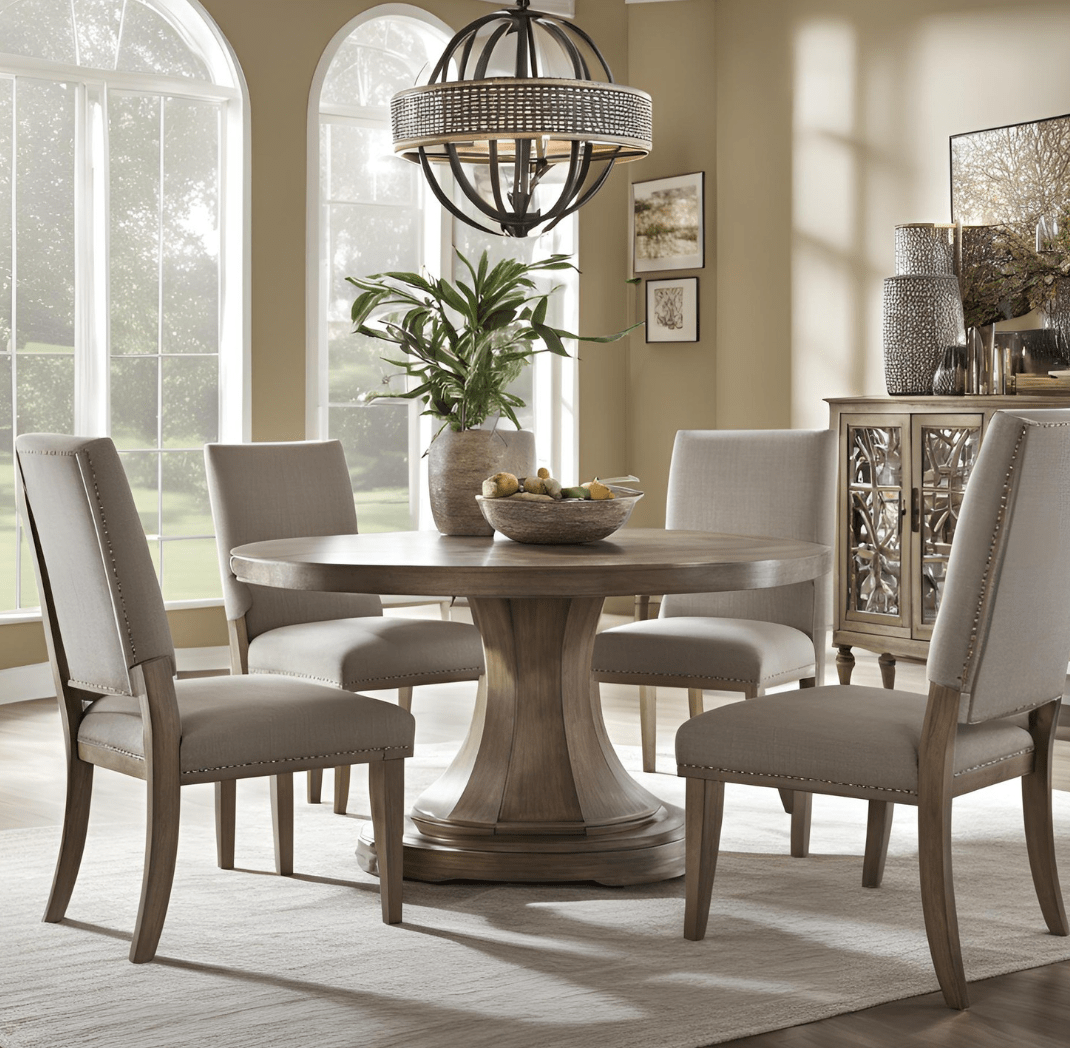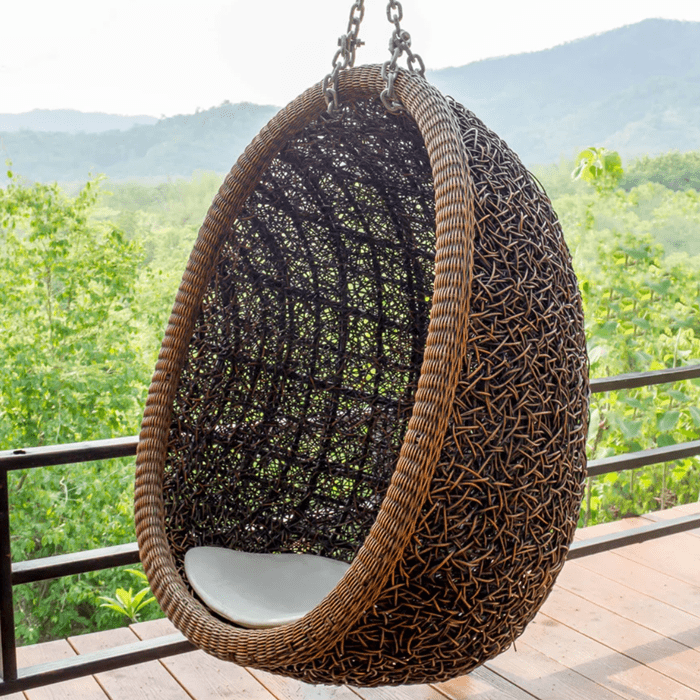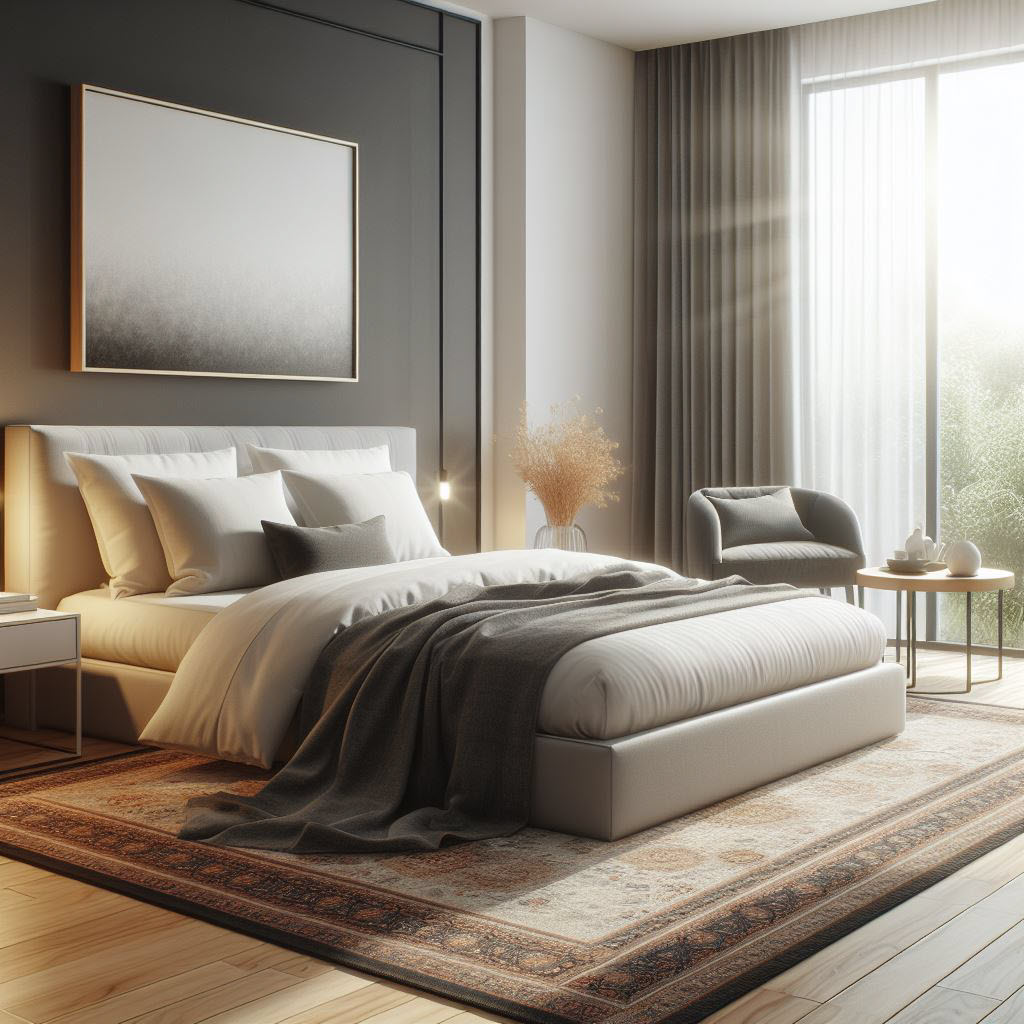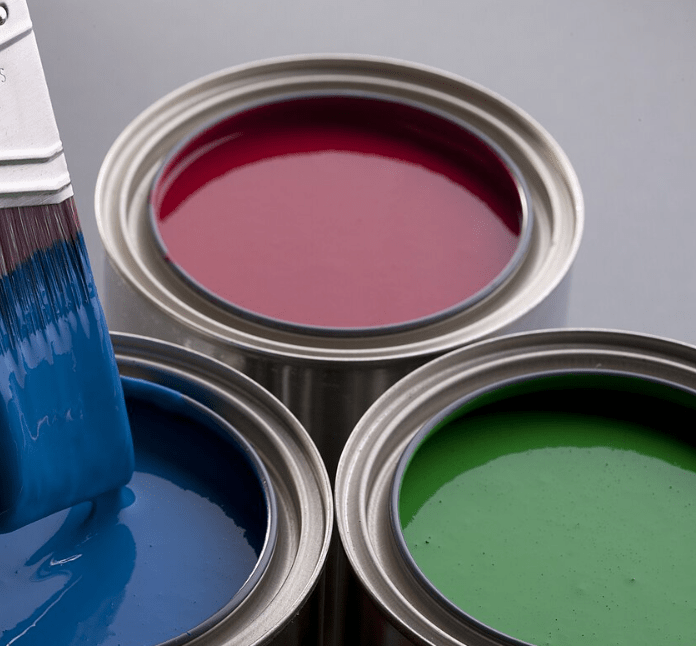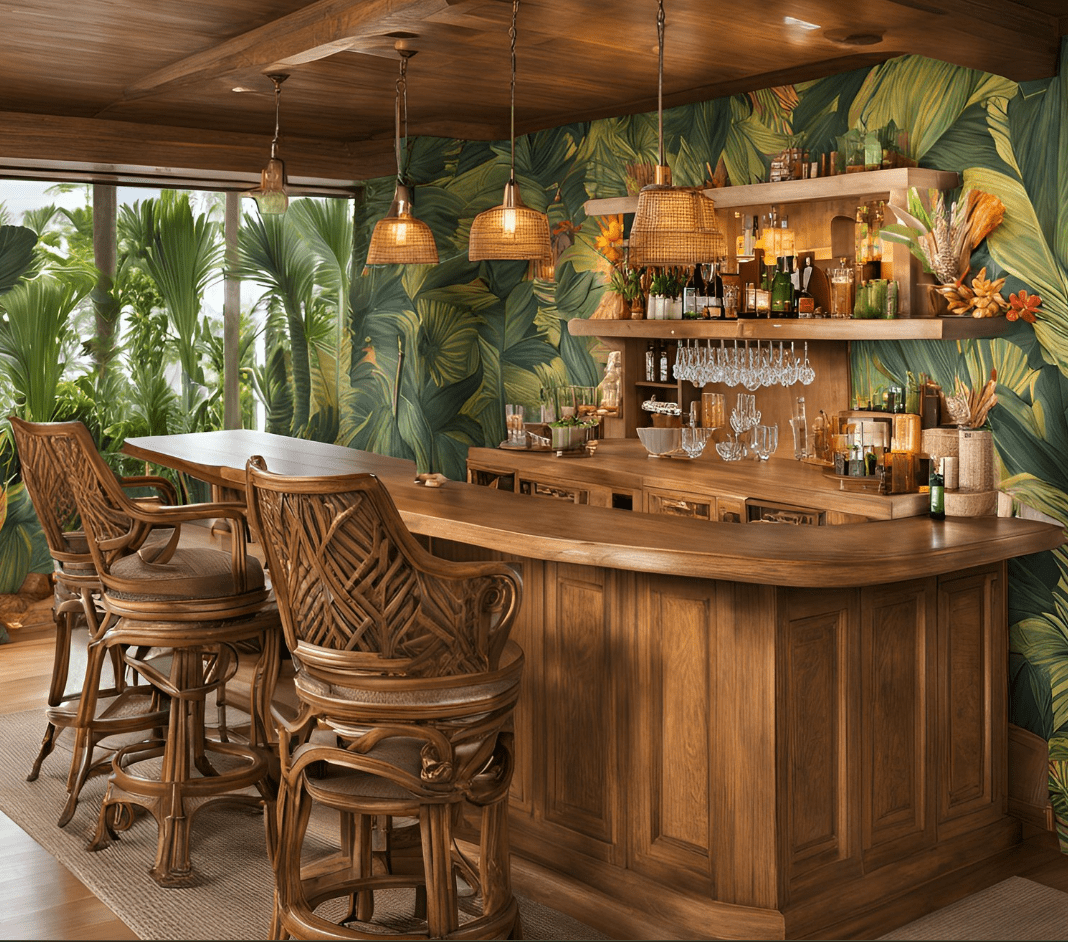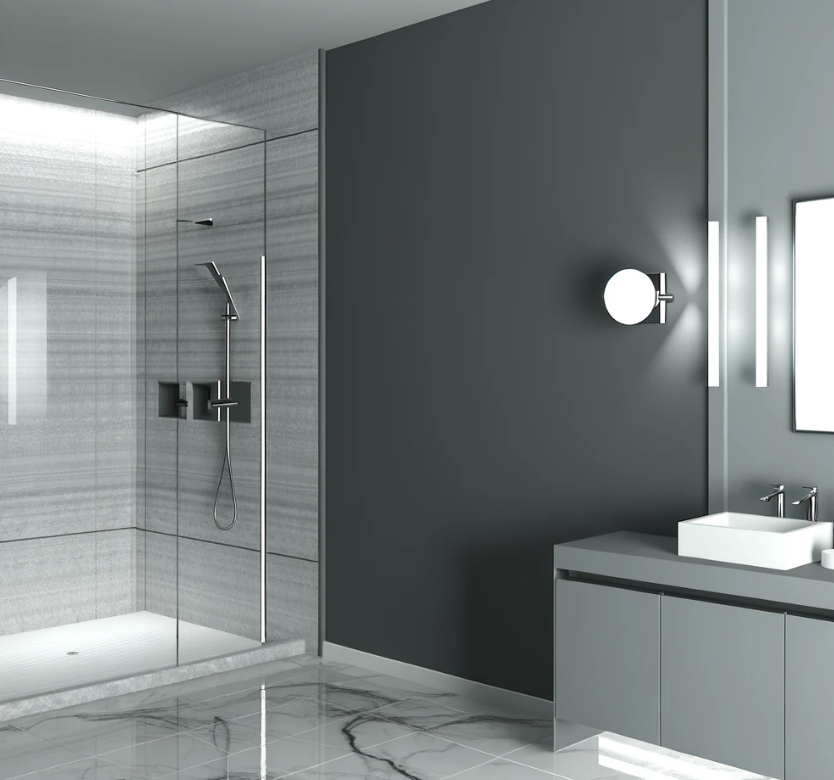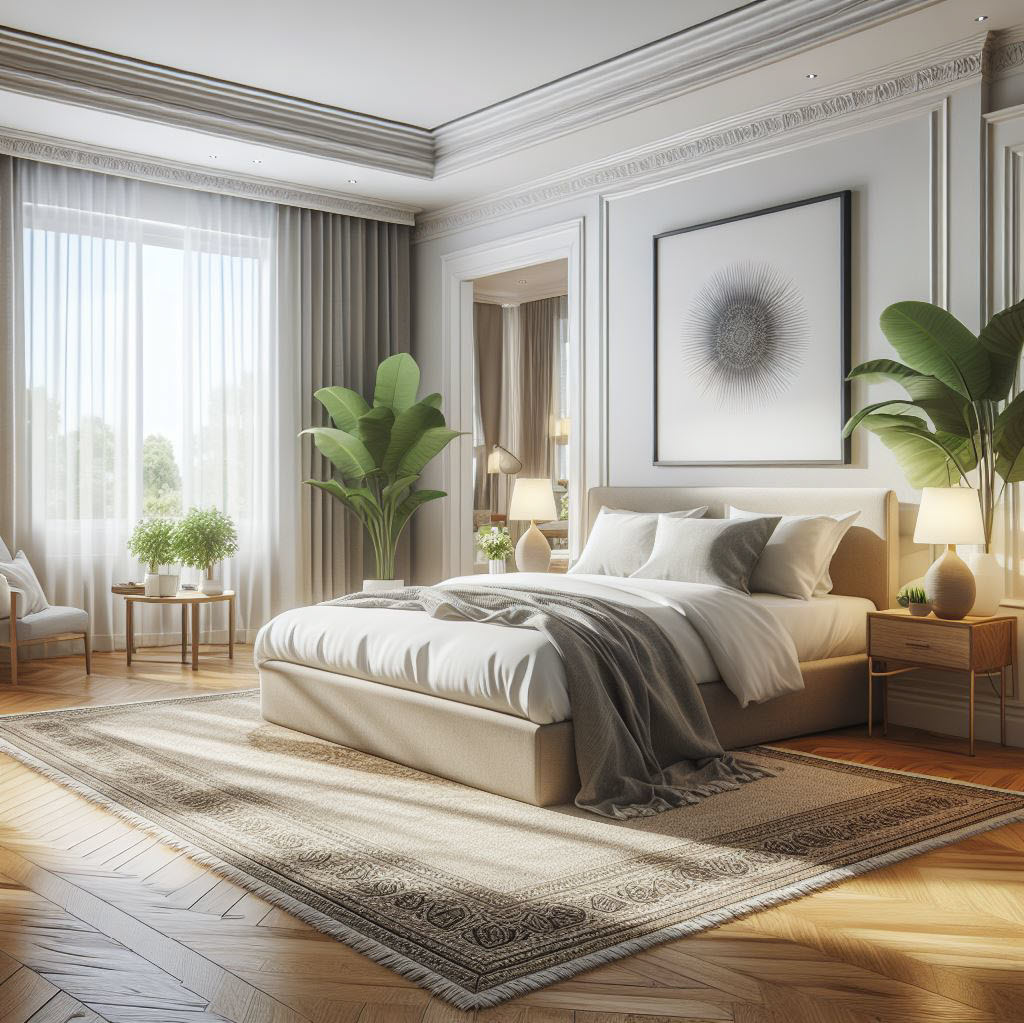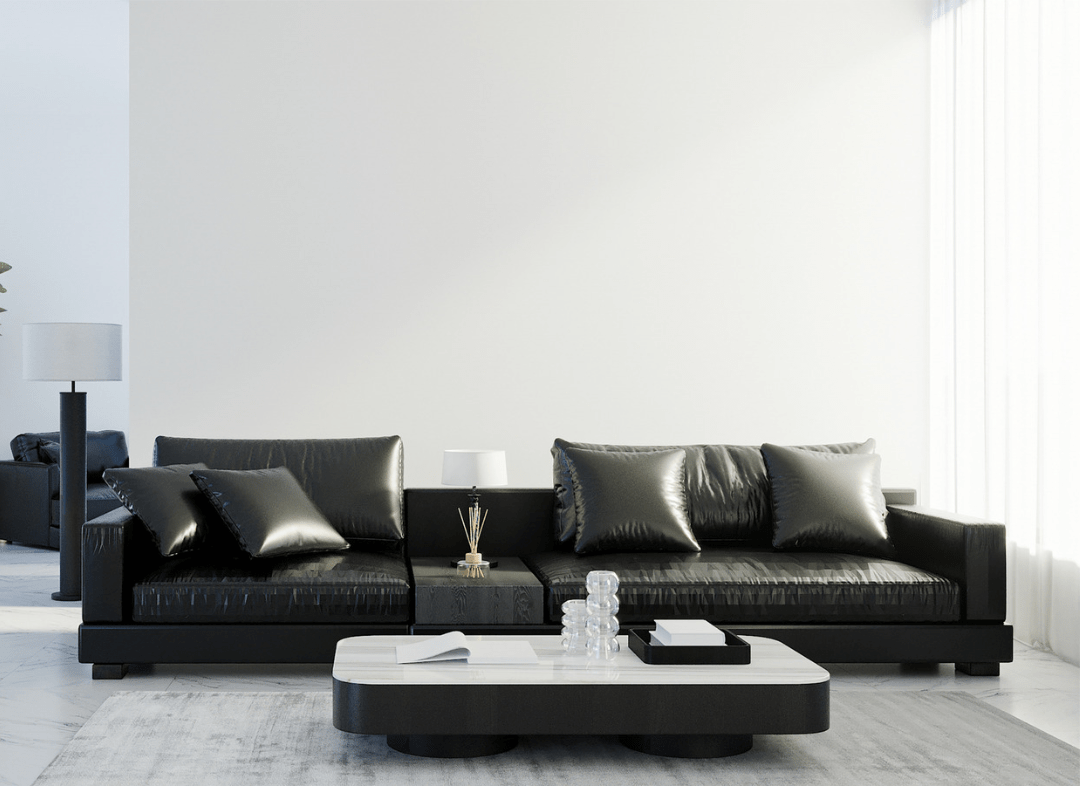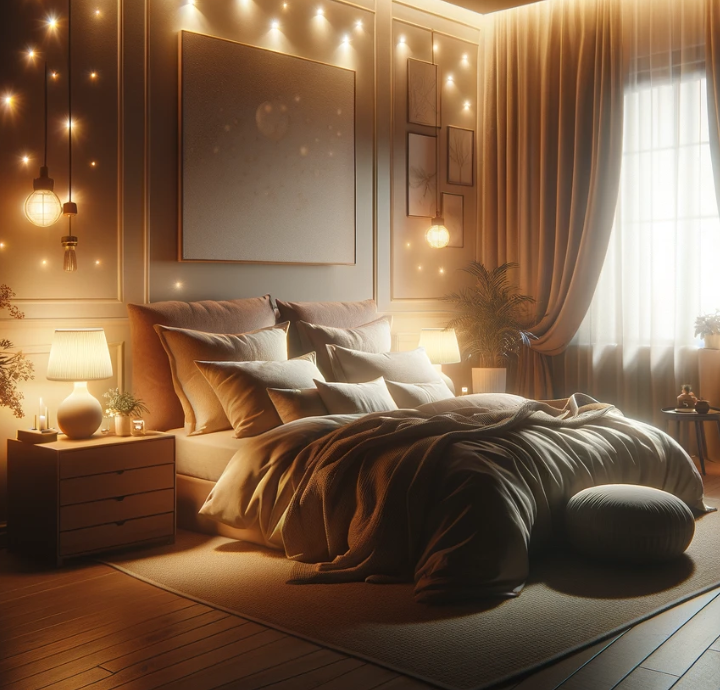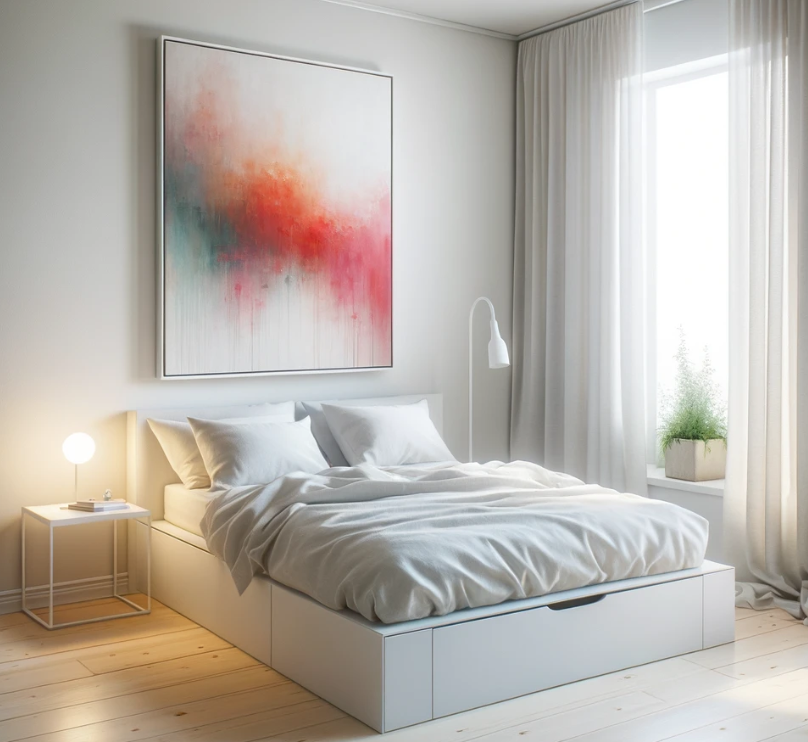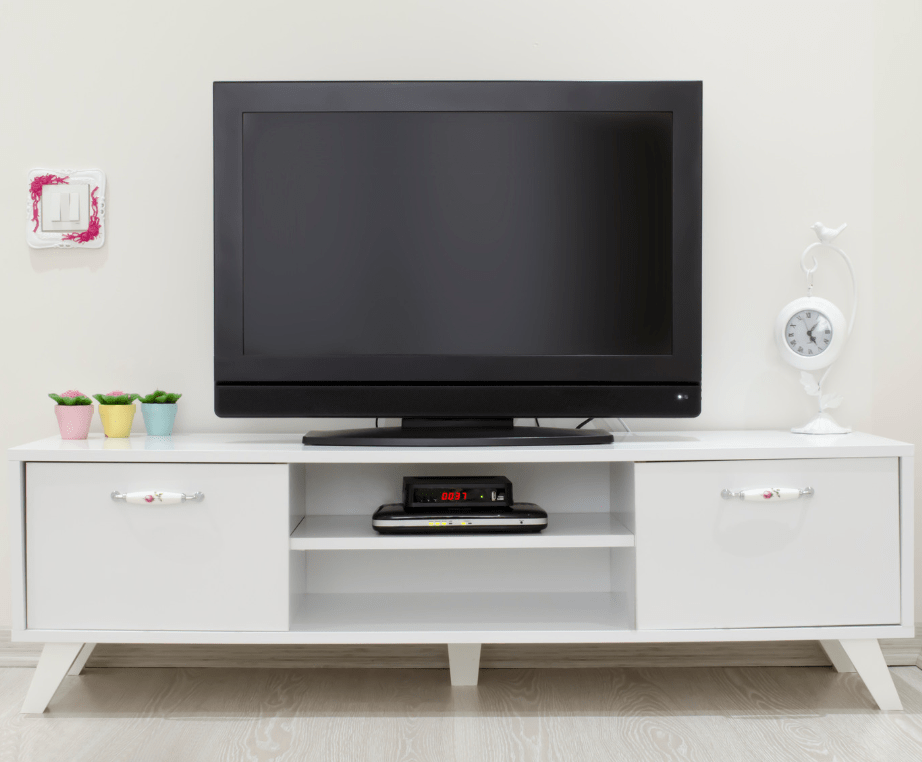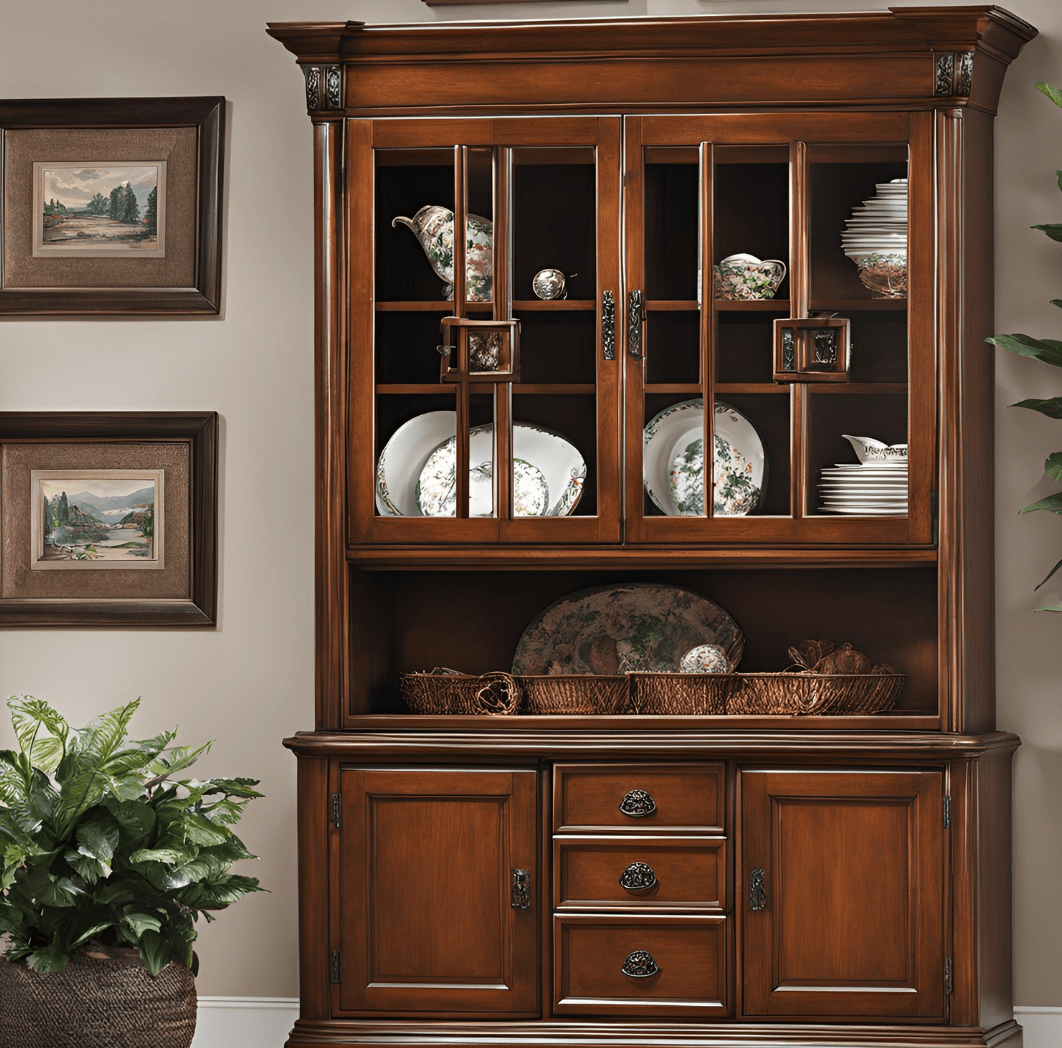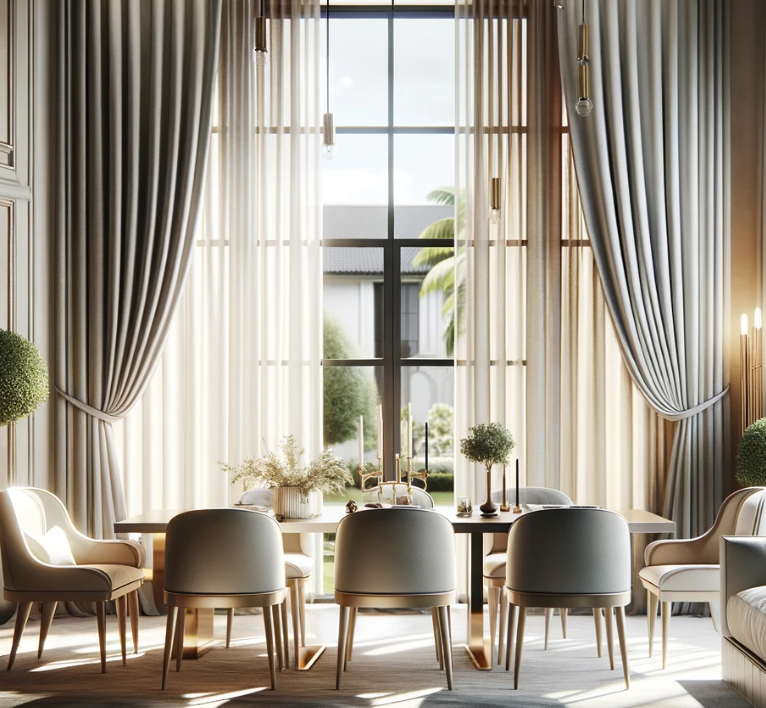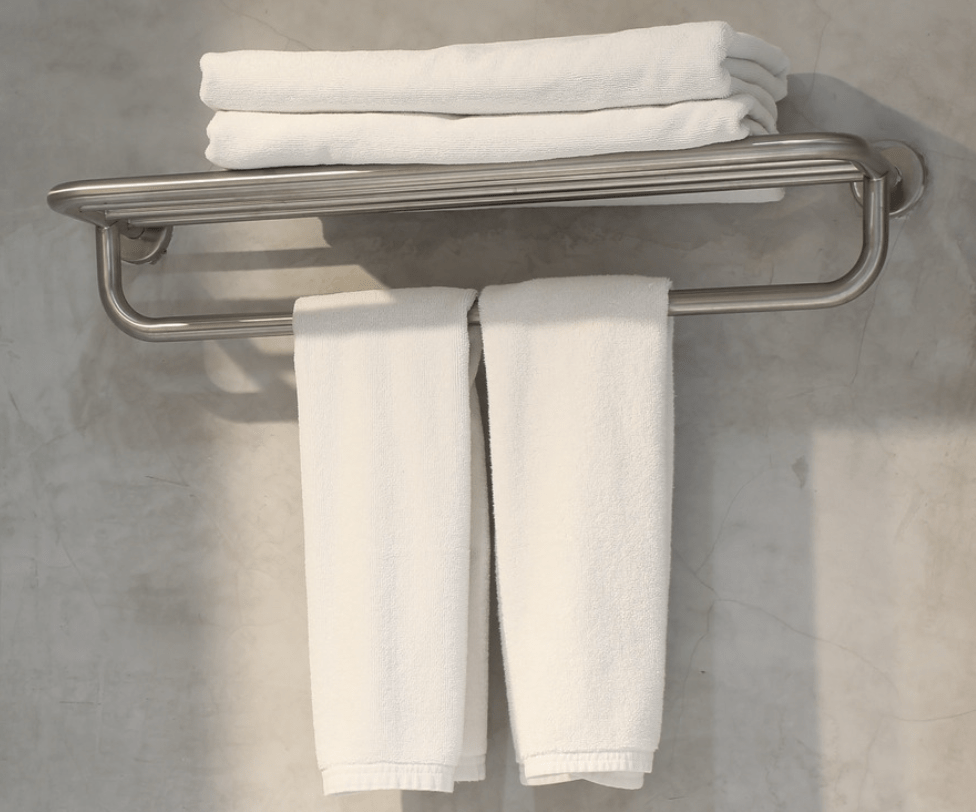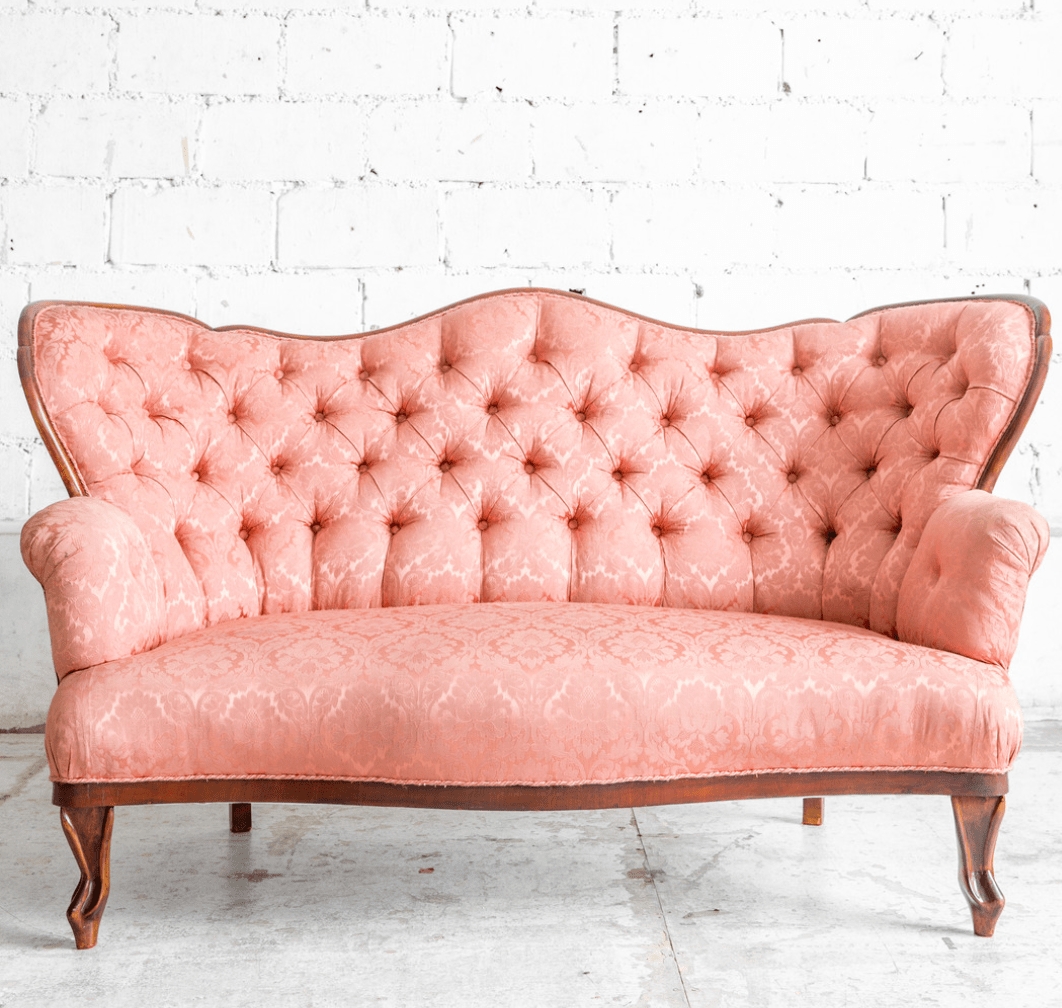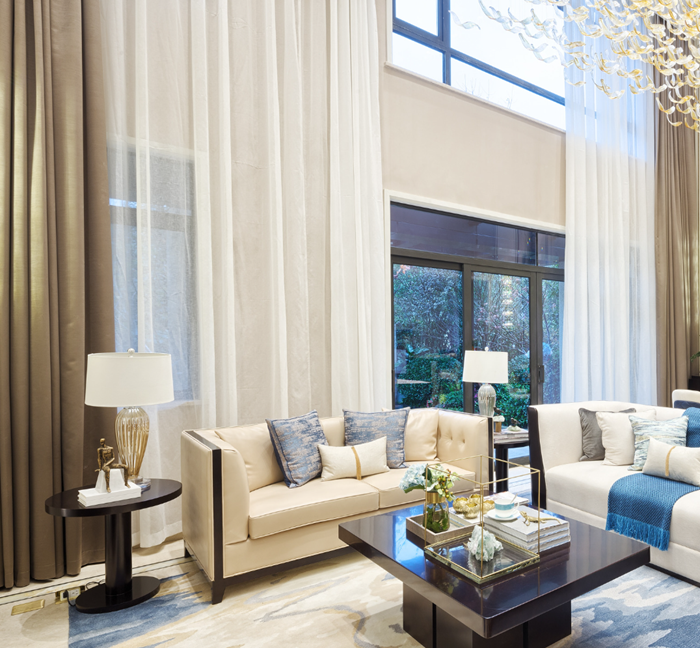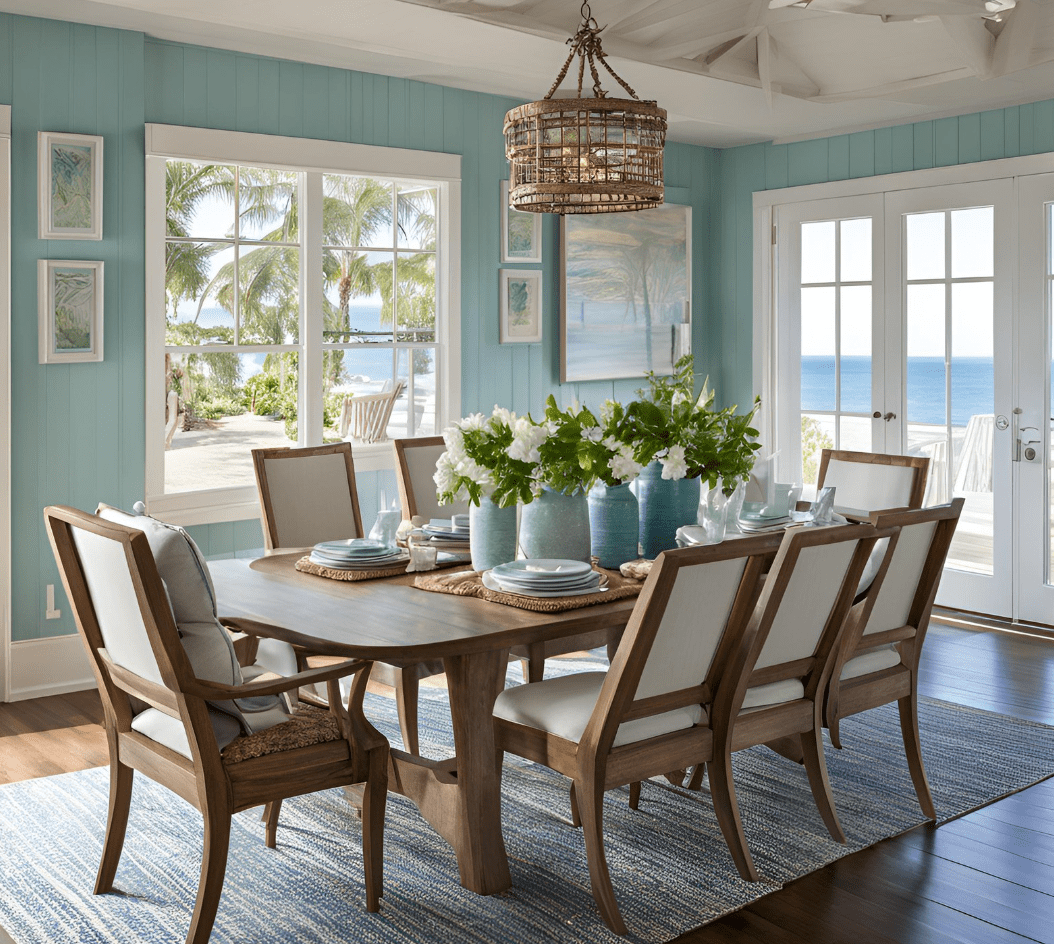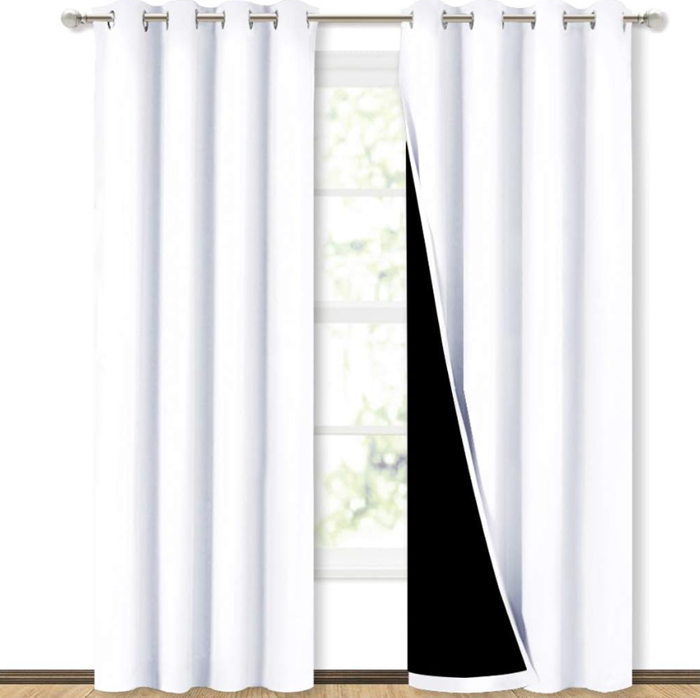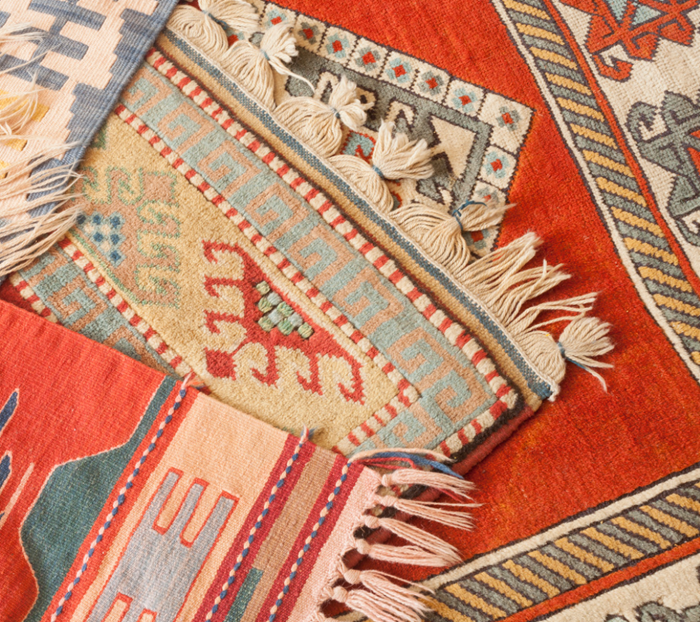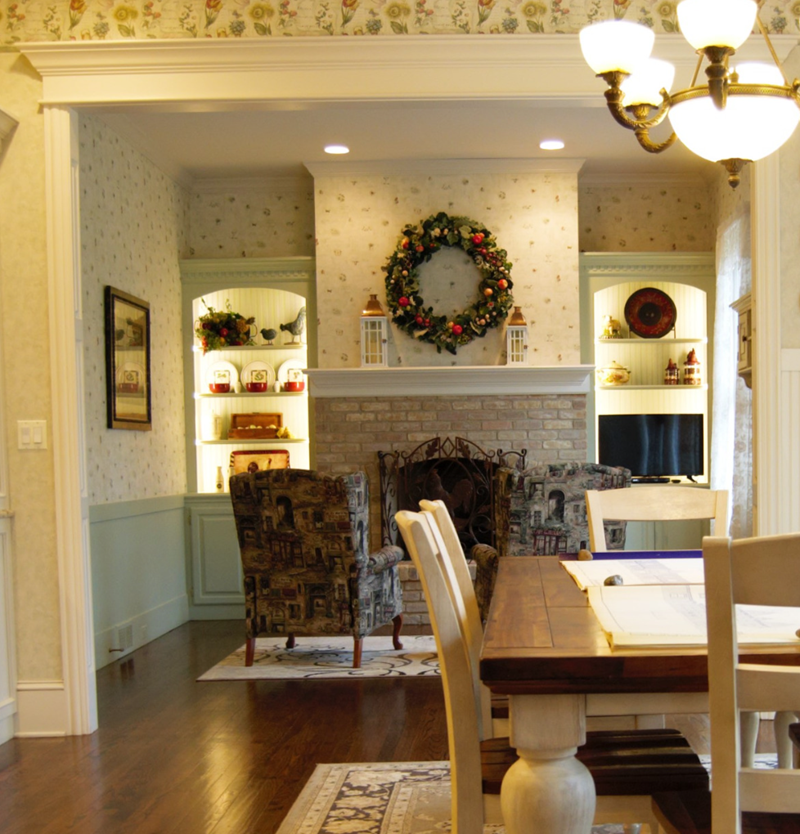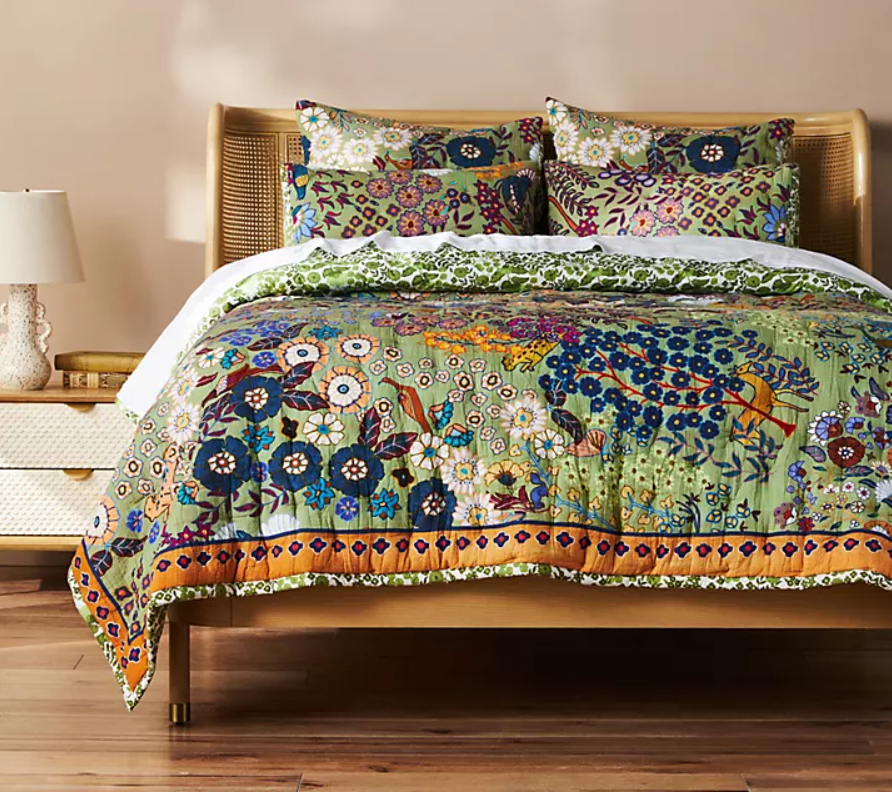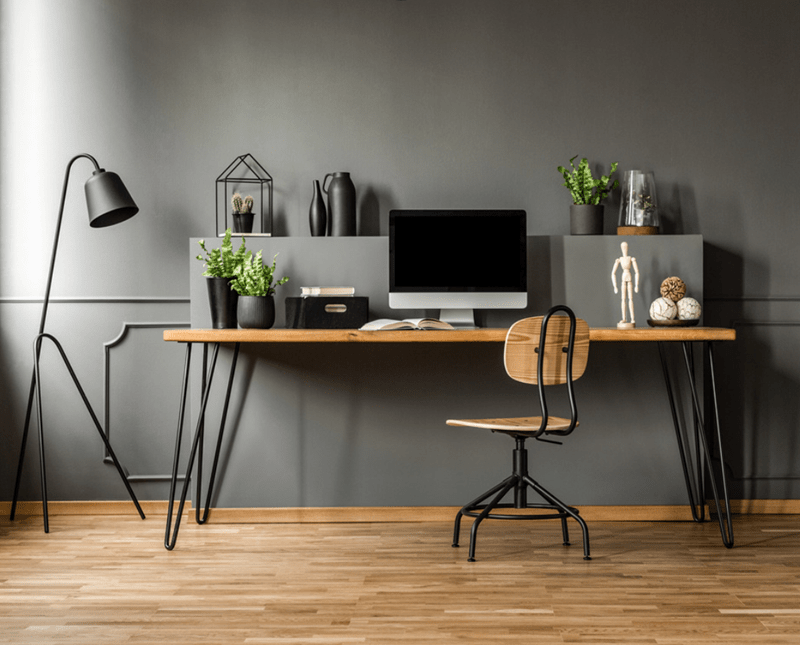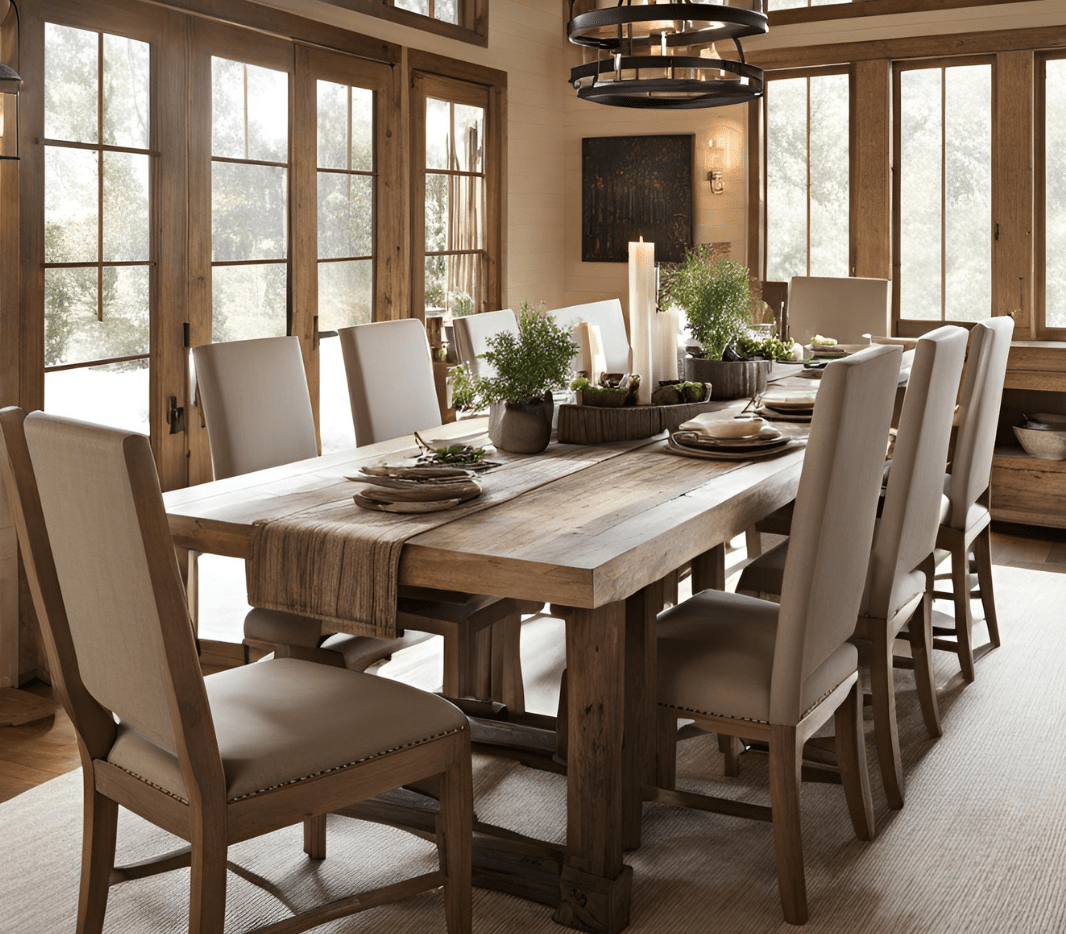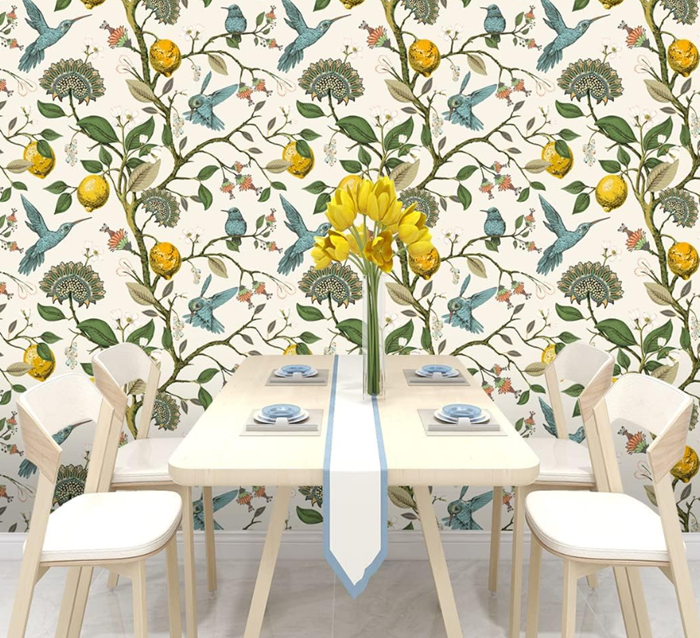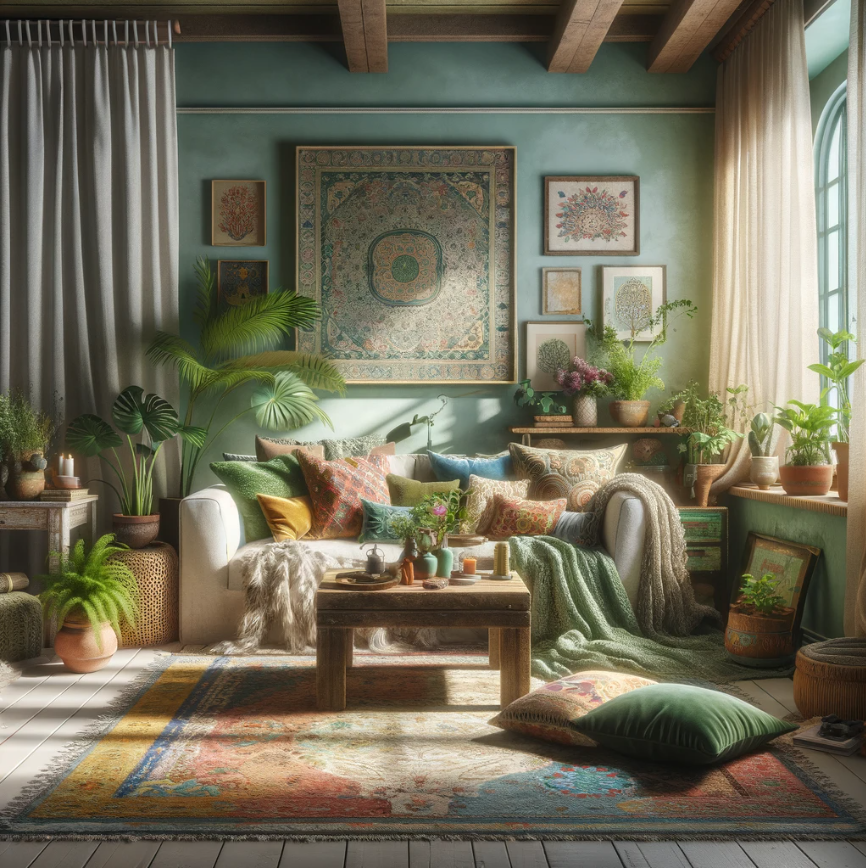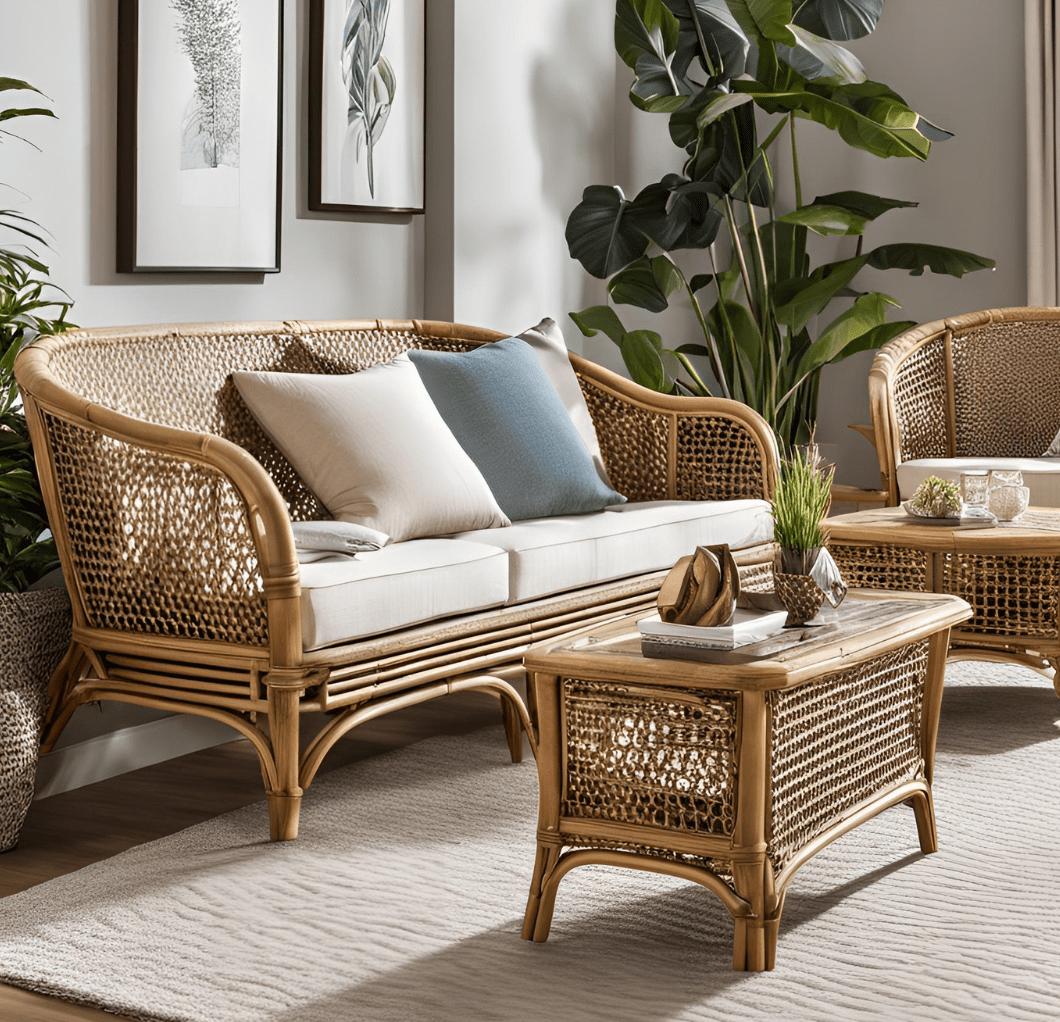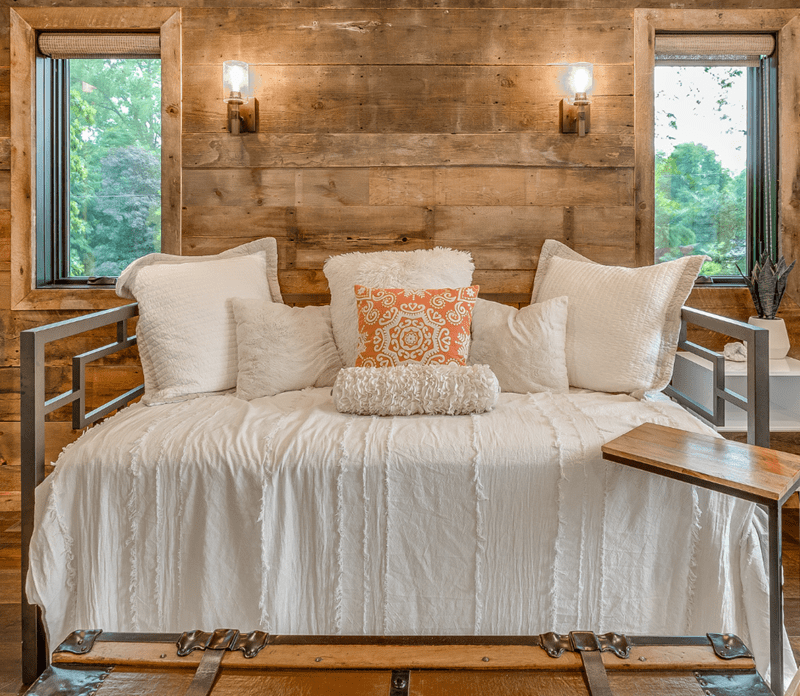9 Transitional Bedroom Ideas for a Timeless Look

If you’re looking for a bedroom that’s stylish but not too trendy, elegant without feeling stuffy, and comfortable above all else, transitional design is your perfect match. It’s that sweet spot between traditional and contemporary styles: warm, polished, and quietly luxurious. Below are transitional bedroom ideas to help you create a gorgeous transitional bedroom that’s balanced, inviting, and built to last.
Start with a Soft, Neutral Color Palette
The heart of a transitional bedroom is its color story. Stick with soft neutrals like warm beige, cream, soft gray, or muted taupe. These colors instantly create a calm, welcoming atmosphere. Think about layering shades — your walls can be a gentle, warm gray, your bedding crisp ivory, and your area rug a textured oatmeal color. If you want a little color, incorporate muted blues, sage greens, or dusty blush tones, but keep them subtle so they don’t overpower the room.
Tip: Matte paint finishes tend to work beautifully in transitional rooms because they give the walls a velvety, understated look.
Choose a Statement Bed with Classic Lines
Your bed should be the star, but it doesn’t need to be flashy. Look for a bed with a timeless appeal: maybe an upholstered headboard with clean edges, a low-profile canopy bed, or a sleigh bed with a modern twist. Materials like linen, velvet, or leather upholstery work great, as does a wood frame in a warm stain.
Tip: Nailhead trim or tufted headboards can add just the right amount of texture without feeling overly ornate.
Layer Plush, High-Quality Bedding
This is where you really cozy things up. Transitional bedrooms love that hotel-style “sink right in” feeling. Layer a crisp white duvet cover, quilted coverlet, soft throw blanket at the foot, and an assortment of pillows in complementary textures (think velvet, linen, or a touch of embroidery).
Tip: To keep your bedding polished, stick to a two—or three-color palette. Choose natural materials like cotton, linen, or down for a luxe, breathable feel.
Mix Traditional and Contemporary Furniture
Here’s the magic of transitional design: you’re allowed (encouraged, even!) to mix styles. Pair a classic wood dresser with clean-lined nightstands. Or use an antique writing desk as a vanity and modernize it with a minimalist mirror.
Tip: Keep furniture profiles relatively simple. Even if a piece is vintage, choose ones with elegant, pared-back silhouettes rather than overly ornate carvings or heavy scrollwork.
Incorporate Elegant, Tailored Window Treatments
Skip the overly heavy drapes and go for something that feels finished but still light. Floor-to-ceiling panels in linen or velvet are a perfect choice. If you need more light control, layer a simple Roman shade underneath.
Tip: Mount your curtains high and wide — ideally several inches above the window frame and extending beyond its edges — to make your ceilings feel taller and your windows grander.
Create a Thoughtful Lighting Plan
Good lighting in a transitional bedroom is layered and balanced. Start with a beautiful overhead fixture like a tailored chandelier or a modern lantern-style pendant. Then add bedside table lamps or wall-mounted sconces for reading. If you have room, throw in a floor lamp near a chair or corner.
Tip: Stick to light fixtures that combine traditional and contemporary elements — for example, a classic shape in a modern finish like matte black, brushed brass, or crystal paired with a drum shade.

SAFAVIEH Couture Lighting Collection Pollyanna Black White Metal Base 32-inch Dimmable Table Lamp – amazon.com
Add Soft, Subtle Textures
Texture is huge in transitional spaces because it keeps a neutral room from feeling flat. Look for ways to layer it in quietly: a chunky knit throw, a subtly patterned area rug, a leather bench at the foot of the bed, linen curtains, and a velvet accent pillow.
Tip: Natural fiber rugs, such as wool or silk blends, add a beautiful, soft texture underfoot and ground the space without screaming for attention.

Carriediosa Chunky Knit Throw Blanket 50 inch X 60 inch, 100% Hand Made Large Chenille Loop Yarn Soft Fluffy Throws – amazon.com
Keep Accessories Minimal but Meaningful
A transitional bedroom isn’t overstyled—it’s curated. Choose just a few accessories that you truly love and give them room to breathe. For example, a ceramic vase with fresh greenery, a couple of framed prints in coordinating tones, and a decorative box on the nightstand.
Tip: If you love family photos, use black-and-white prints in simple frames to keep the look cohesive and refined.
Bring in a Few Modern Art Pieces
Art is a perfect way to push a transitional bedroom toward the contemporary side without losing its classic vibe. Large abstract paintings, muted landscapes, or black-and-white photography all fit the bill. Just avoid anything that’s too aggressively modern (think neon colors or chaotic patterns).
Tip: Oversized art (think one large piece over the bed or dresser) often works better than a bunch of smaller pieces because it keeps the room feeling clean and intentional.
Bonus Ideas to Really Finish It Off:
- Bench or Ottoman at the Foot of the Bed: It’s practical and beautiful. Choose one in a neutral fabric with simple legs or a sleek profile.
- Small Sitting Area: If you have the space, add a small armchair and side table in a corner for morning coffee or reading.
- Mirrors: A well-placed mirror (especially one with an elegant frame) can bounce light around the room and make the space feel bigger.
- Greenery: A potted fiddle leaf fig, olive tree, or even a simple fern instantly adds life without disrupting the calming vibe.
Timeless Transitional Bedroom
The real beauty of a transitional bedroom is that it feels both luxurious and approachable. It’s a space where you can unwind without feeling like you’re tiptoeing around a museum — but it still has that quiet, elevated polish that makes it feel special. Keep the lines clean, the textures rich, and the palette soft; you’ll create a timeless bedroom for years to come.
FAQs
What defines a transitional bedroom style?
- The transitional bedroom blends traditional and contemporary design elements. It features clean-lined furniture, a soft neutral palette, rich textures, and a mix of classic and modern accents to create a timeless, inviting space.
What are the best colors to use in a transitional bedroom?
- Soft neutrals like warm beige, cream, muted taupe, and gentle gray are ideal. You can add subtle pops of muted blues, sage greens, or dusty blush tones for extra warmth without overpowering the space.
How should I choose furniture for a transitional bedroom?
- Mix traditional and contemporary pieces with clean, simple profiles. For example, pair a classic wood dresser with sleek nightstands, or use a modern mirror above a vintage desk.
What type of lighting works best in a transitional bedroom?
- Layer lighting for a balanced effect. Use an elegant overhead fixture, bedside table lamps or sconces for task lighting, and a floor lamp if space allows. Choose fixtures that combine classic shapes with modern finishes.
How do you accessorize a transitional bedroom without cluttering it?
- Keep accessories minimal and meaningful. Opt for a few curated pieces like a simple vase with greenery, black-and-white framed photos, a textured throw, and understated artwork to maintain a polished, uncluttered look.
Bert Solivan
Bert is a passionate interior design enthusiast and home decor blogger, known for curating spaces that blend timeless elegance with personal style. With an eye for detail and a love for mixing classic and contemporary elements, Bert shares expert tips, inspiration, and product finds through his blog, helping readers create beautiful, livable homes that tell their unique stories.












